It's a common question among small pet owners: can rabbits and guinea pigs live together peacefully? The short answer is sometimes. But making it work takes more than good intentions. These two adorable animals come from different backgrounds, with different behaviors, diets, and ways of communicating. Getting them to coexist isn't something that happens by accident—it's something you plan carefully, step by step.
Click Here to Check Out Our Eating Guide.

When people imagine rabbit guinea pig bonding, they often think of two fluffy buddies cuddling up for a nap or sharing a snack. That's possible—but it doesn't happen overnight. To build a peaceful living arrangement, you need to give them the space, setup, and attention that keeps both animals happy and safe. Let's walk through how to do it right.
Understand the Differences Between the Two Species
While rabbits and guinea pigs might look like they'd get along, their natural behaviors don't always mix well. Rabbits are more active and curious. They love to zoom around and thump their feet when something's off. Guinea pigs, by contrast, are quieter and more cautious. They're vocal with a wide range of sounds, from squeaks to rumbles, but they don't use the same kind of body language that rabbits rely on.
This creates a mismatch in how they communicate. A playful hop from a rabbit might be terrifying to a guinea pig. And a loud squeak from a guinea pig might confuse or irritate a rabbit. Recognizing these communication gaps is one of the most important steps in successful rabbit guinea pig bonding.
Give Guinea Pigs a Safe Space to Retreat
Even when things are calm, guinea pigs need their own escape routes. Rabbits can be pushy. If they decide to chase or mount the guinea pig, there needs to be a place where the guinea pig can hide. Use hideouts with doorways large enough for the guinea pig but too small for the rabbit. These safe zones are like emergency exits that can make all the difference if things get tense.
If you're building a shared enclosure, make sure these hiding spots are located in quieter zones. Avoid placing them in corners where the guinea pig could feel trapped. You can find many well-designed guinea pig shelters, or you can even repurpose small cardboard boxes or tunnels made from PVC pipe.
Separate Feeding Zones
Diet is another area where these animals have major differences. Guinea pigs need more Vitamin C than rabbits. Unlike rabbits, they can't make it naturally in their bodies. If a rabbit eats all the high-Vitamin C foods—like bell peppers, kale, or fortified pellets—it puts the guinea pig's health at risk.
Always feed them in different spots. You can divide an enclosure temporarily during meals using a gate or mesh divider. This keeps them from stealing each other's food and gives the guinea pig a chance to eat in peace. Feeding time also provides a good opportunity to check on each animal individually and spot any changes in appetite.
Watch for Trouble: Signs of Aggression
Rabbits are stronger and can play rough. What seems like harmless hopping or mounting can actually injure a guinea pig. Mounting isn't just about dominance—it can lead to stress or even broken bones if not stopped quickly. Don't assume that things will "settle down" on their own.
If you see signs of constant stress—like a guinea pig hiding all the time, refusing to eat, or letting out panicked squeaks—it's time to separate them. Long-term stress weakens the immune system and opens the door to other health problems. If needed, set up separate enclosures where the animals can still see each other but don't have physical contact.
Rabbit Guinea Pig Bonding Improves After Neutering
Male rabbits can be territorial, especially if they haven't been neutered. They're more likely to chase, mount, or nip at other animals in their space—including guinea pigs. Neutering helps mellow out these behaviors. While male guinea pigs can also be neutered, they're generally less aggressive by nature.
If your male rabbit hasn't been neutered, don't introduce him to guinea pigs right away. Wait until the procedure is done and the hormones have settled—this can take up to a month. Always supervise early interactions, even between neutered pets, and don't force closeness too fast.
Keep Companions of the Same Species
Rabbits and guinea pigs are social, but that doesn't mean they're perfect companions for each other. A guinea pig can't interpret a rabbit's body language the way another rabbit can. Likewise, a rabbit won't know what a guinea pig's squeak really means. This mismatch often leads to loneliness or stress, even if the animals seem to "get along."
For a healthier setup, pair rabbits with other rabbits and guinea pigs with other guinea pigs. This doesn't mean they can't share a home—it just means they should have a buddy who speaks their own language. Keeping them in same-species pairs within a larger shared space is a great compromise that keeps everyone comfortable.
Provide a Spacious Enclosure With Smart Design
If you're going to keep them in the same enclosure, size matters—a lot. Cramped cages create frustration, confusion, and sometimes injury. A better setup is a large outdoor run or a well-secured indoor pen with plenty of space to run, hide, and explore. Think a minimum of 10 square feet per pet, with extra space for shared areas.
Include enrichment for both species. Tunnels, chew toys, climbing platforms, and scattered hay piles keep everyone engaged and distracted. Be sure your enclosure is also safe from outdoor predators and harsh weather. Whether it's a covered patio run or a converted room indoors, aim for a space that encourages healthy activity—not boredom and territorial behavior.

Stay on Top of Health Monitoring
Rabbits can carry bacteria like Bordetella bronchiseptica, which doesn't affect them much but can cause serious respiratory illness in guinea pigs. If your guinea pig seems to have nasal discharge, sneezes often, or sounds congested, take it seriously. Isolate them and contact your vet immediately.
Young guinea pigs, or ones recovering from illness, should never be housed with rabbits. Their immune systems can't handle it. Wait until they're older and in good health. And don't forget to keep both pets' vaccinations and checkups current—what affects one may not affect the other. Still, close contact means more risk of sharing illness.
Don’t Force the Friendship
Sometimes, even with all the right steps, the match doesn't work. It's not a failure—it's just nature. Personalities play a big role in rabbit guinea pig bonding. Some rabbits are more gentle, others are more dominant. Some guinea pigs are bold, while others are timid. If constant stress or injuries keep happening, you're not helping either pet by keeping them together.
Give both animals what they need instead of trying to force something they don't want. Separate pens, visual contact, and supervised play sessions may be a more successful long-term plan. Respecting their comfort can go a long way in creating a peaceful home.
Rabbit Guinea Pig Bonding Success Takes Time
There are success stories out there—bonds where guinea pigs and rabbits learn to share space calmly. But these outcomes always include careful preparation, supervision, and adjustment. There's no shortcut to bonding. If you're patient and observant, you'll know when it's working—and when it's time to rethink things.
Consider starting with slow, separate introductions where the pets can smell and see each other through a fence. Gauge their reactions. Look for signs of fear, interest, or aggression. Extend the sessions slowly until both animals show relaxed body language around each other. And always have a plan for what to do if things go sideways.
Nutrition Matters for Both Species
Whether your pets are bonded or not, their health starts with good nutrition. Rabbits need unlimited access to fresh timothy hay. At the same time, guinea pigs benefit from grass hay, leafy greens, and Vitamin C-rich veggies. Both animals need daily clean water and species-appropriate pellets.
Want to make mealtime even easier? Rabbit Hole Hay's starter kits are designed to help you get everything you need, including premium hay options that work for both species. When both your rabbit and guinea pig are eating high-quality, natural foods, you're setting the stage for a much more relaxed and happy home.
Final Thoughts on Cohabiting Small Pets
No matter how much you love the idea of them being best friends, rabbits and guinea pigs have different needs. And that's okay. The best version of rabbit guinea pig bonding might mean shared playtime and separate homes. Or it could mean supervised outdoor time and two cozy side-by-side pens.
Keep the focus on comfort, safety, and communication. Let them show you what kind of relationship works best. And in the meantime, keep their bodies healthy with nutritious food, spacious living, and clean environments. That's the real secret to a happy life together—or apart.
Key Takeaways for Rabbit Guinea Pig Bonding
Never assume they'll get along—start slow and watch their behavior closely.
Feed them separately to protect the guinea pig's dietary needs.
Design a space that supports both species with room to hide and explore.
Prioritize species-specific companionship and never force interaction.
Stay alert for signs of illness or aggression—early action prevents bigger issues.
Looking for more ways to support your furry friends? Explore our blog on cohousing rabbits and guinea pigs for additional insights.
And if you're ready to upgrade their mealtime, check out the science behind guinea pig nutrition at VCA Animal Hospitals, or dive into safe rabbit diet tips from RSPCA and House Rabbit Society.

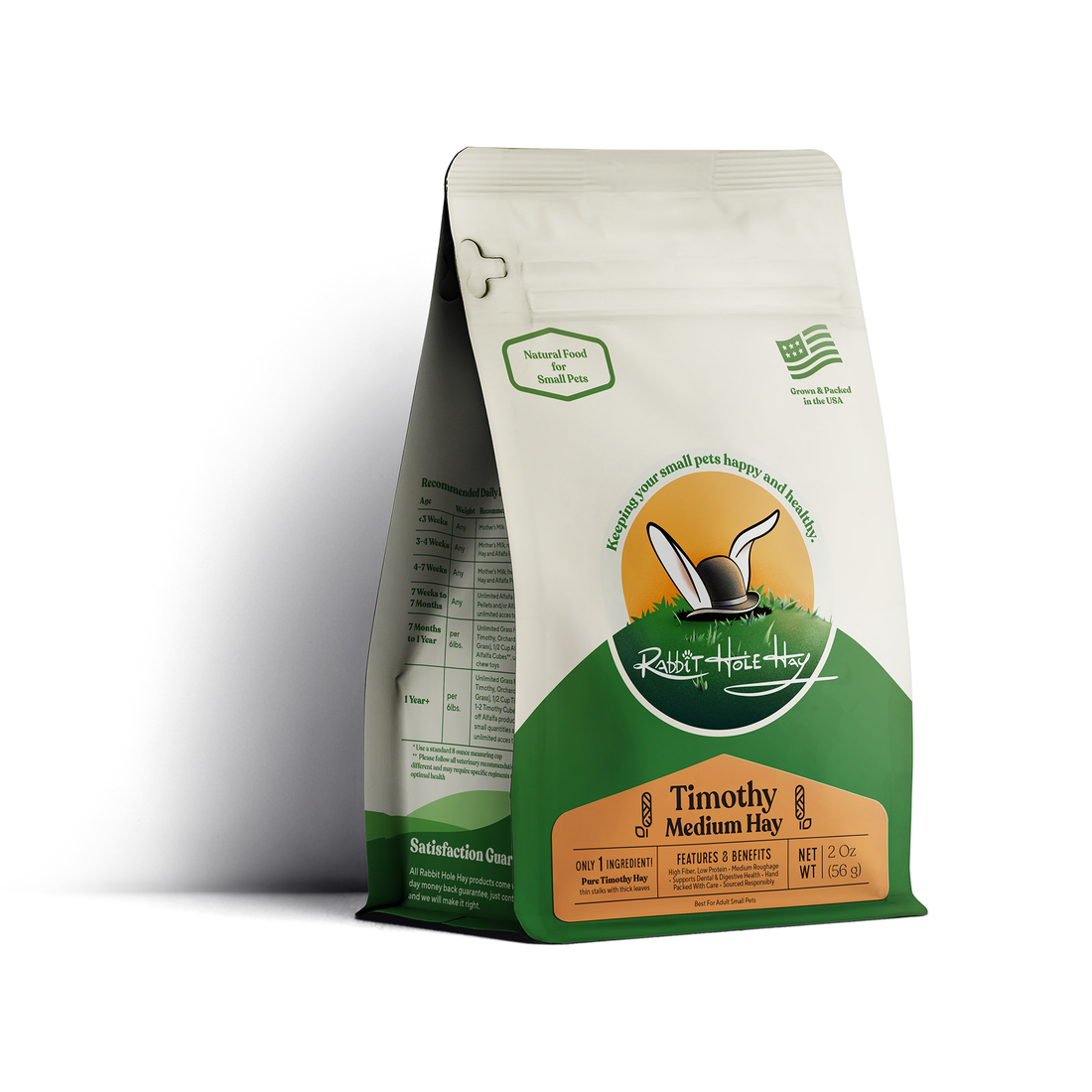

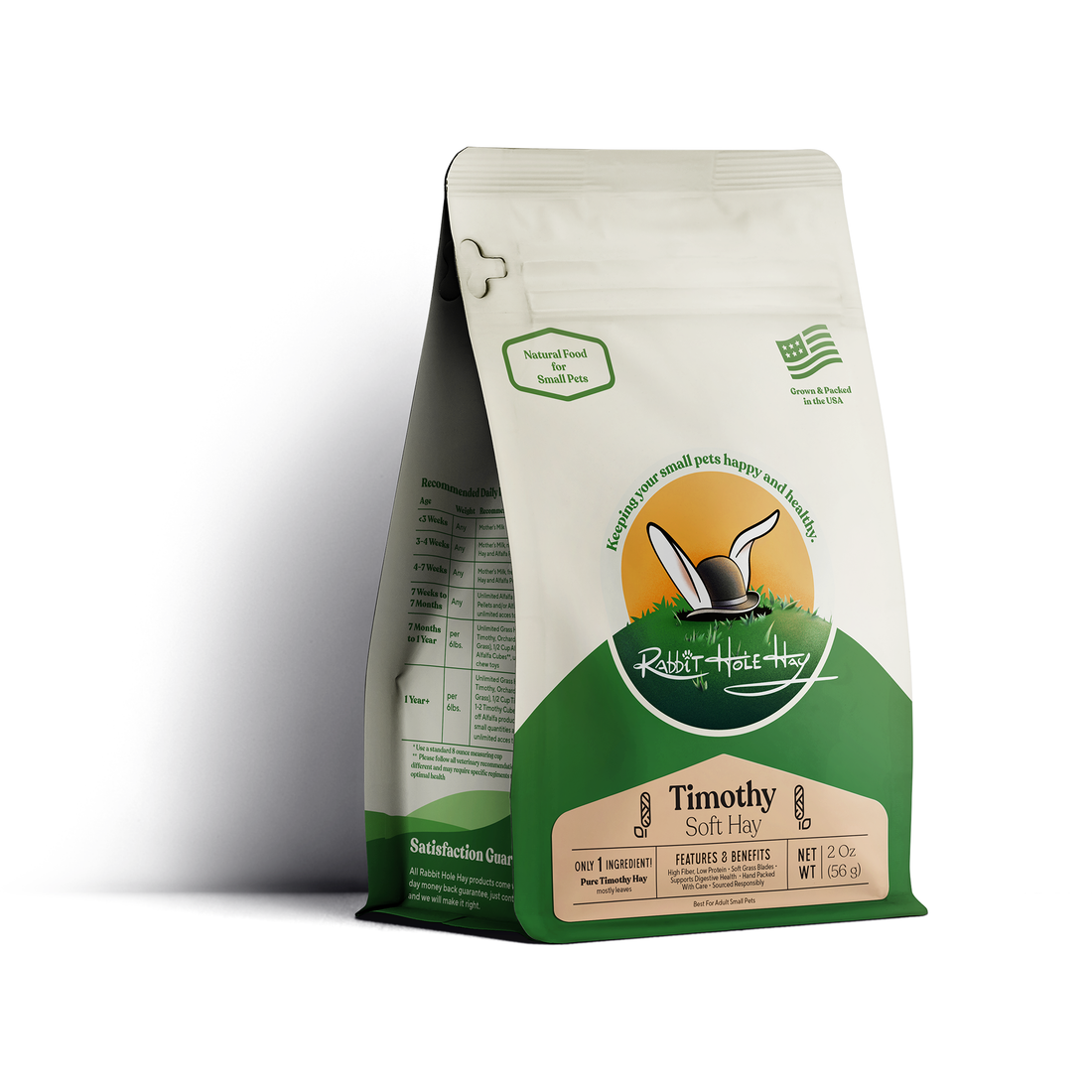

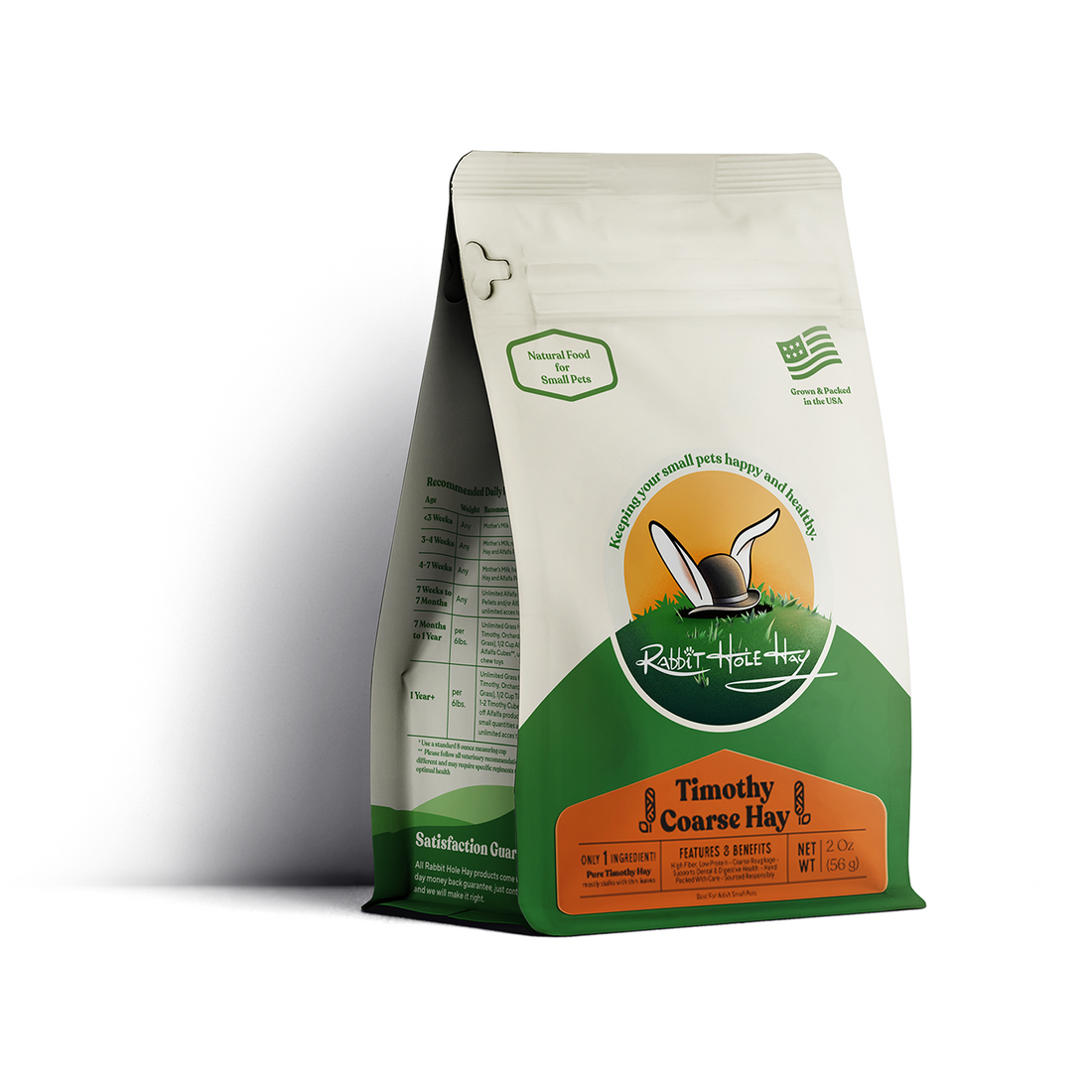

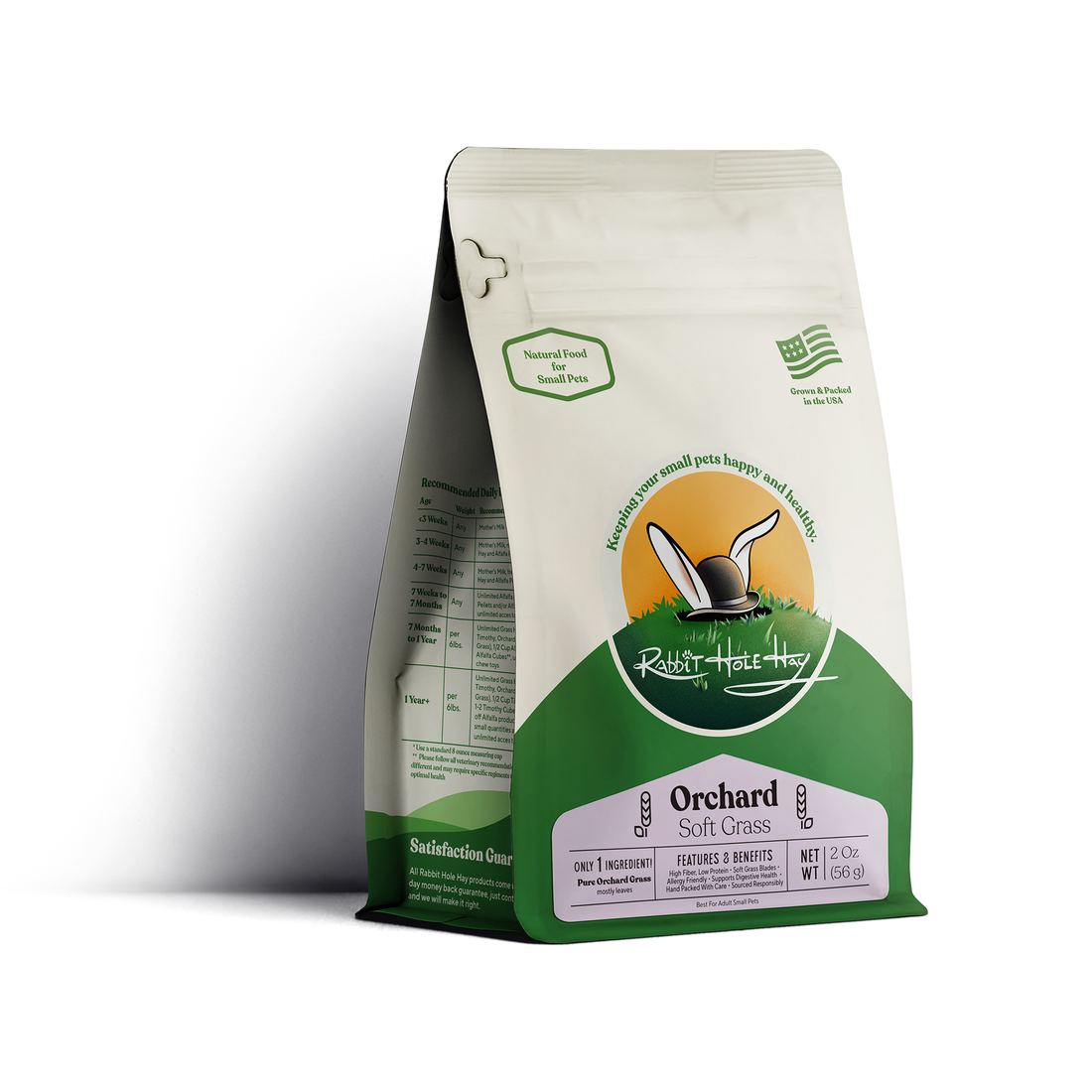
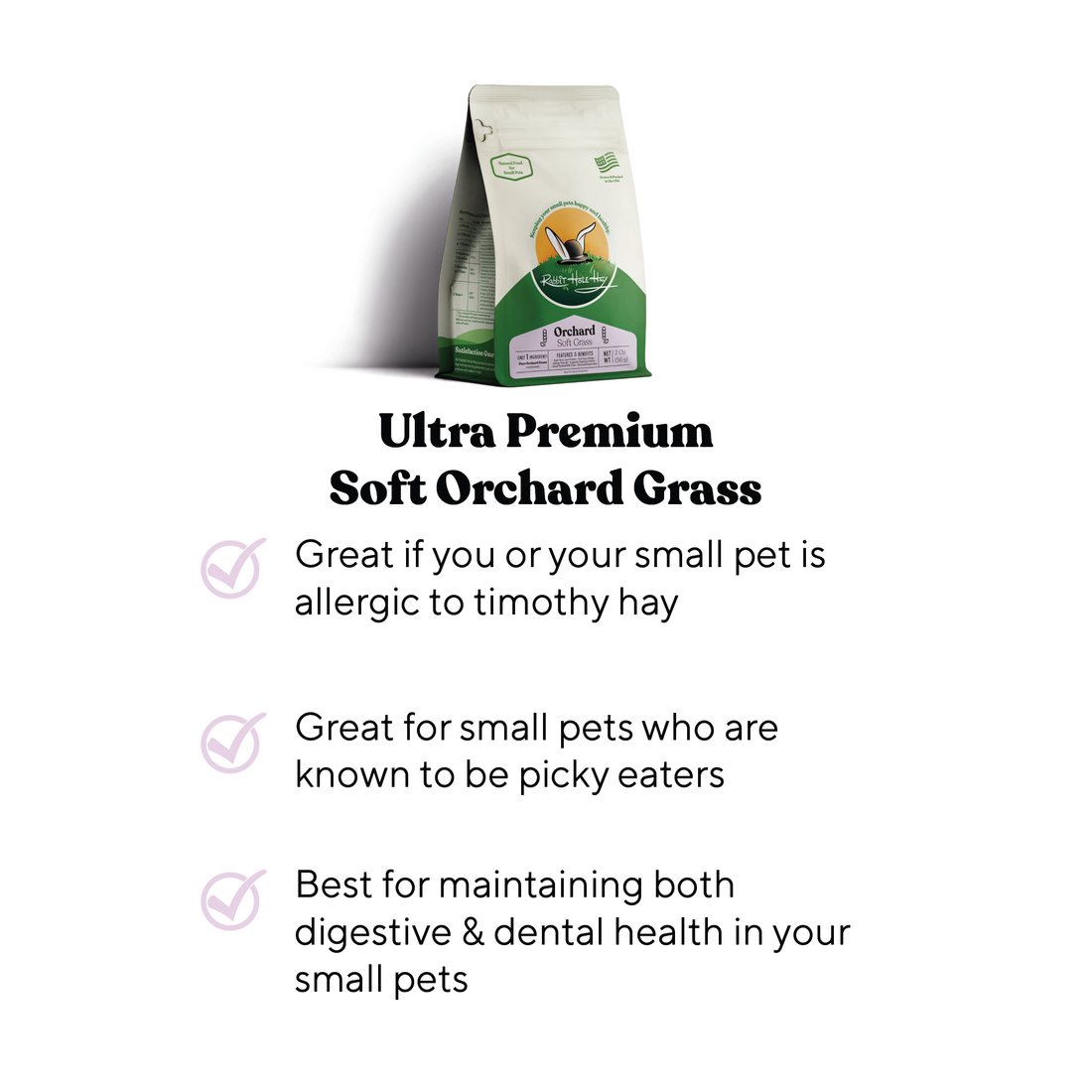
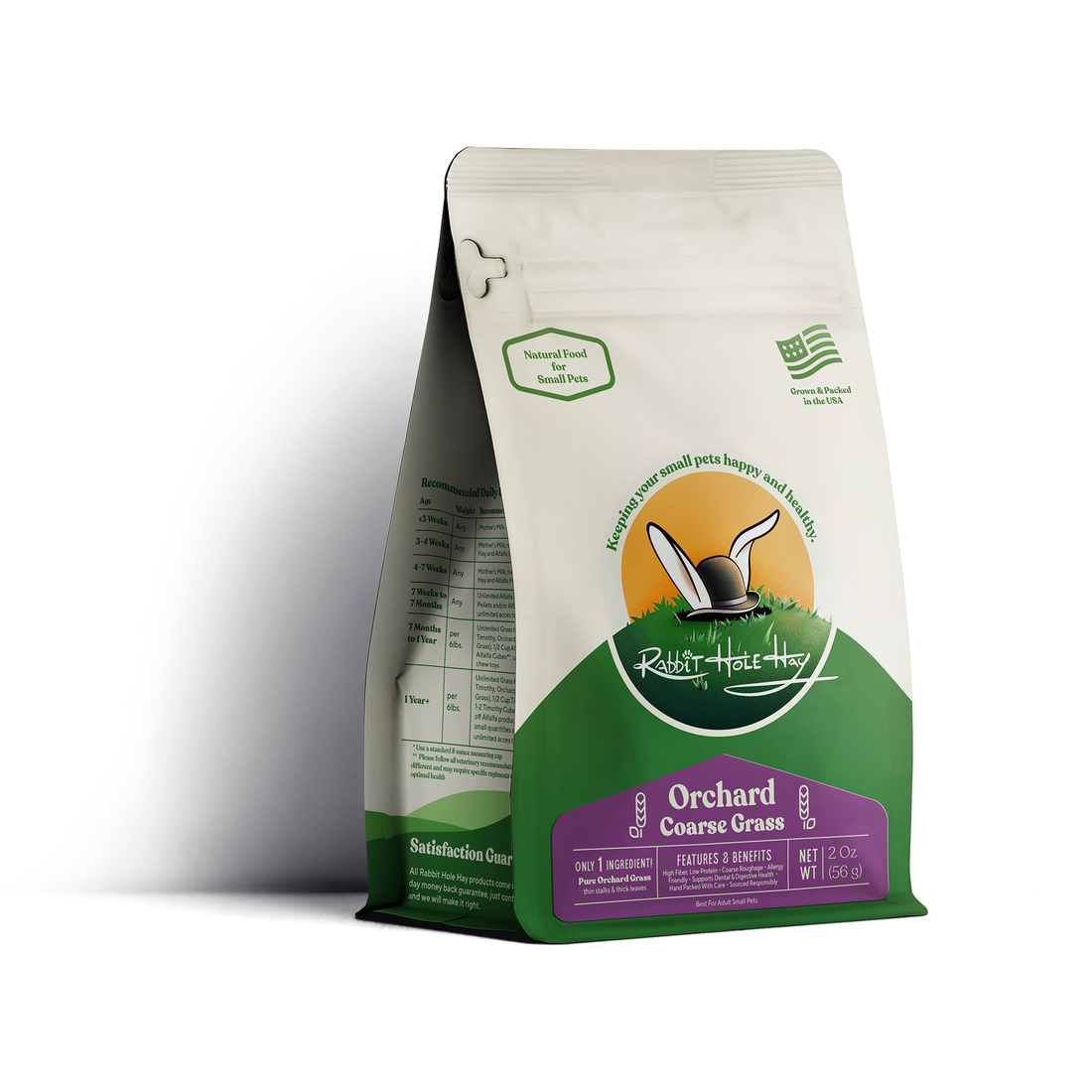
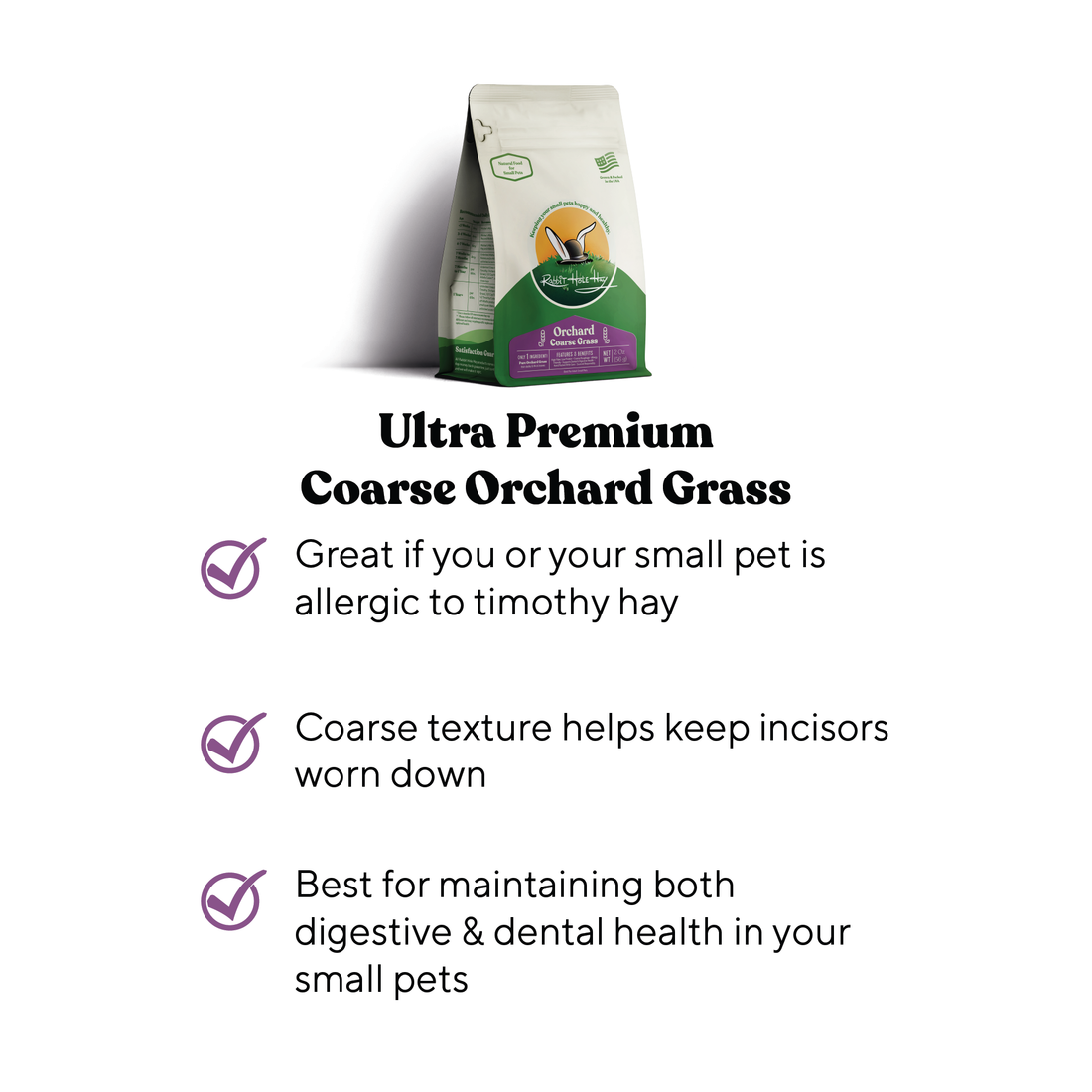
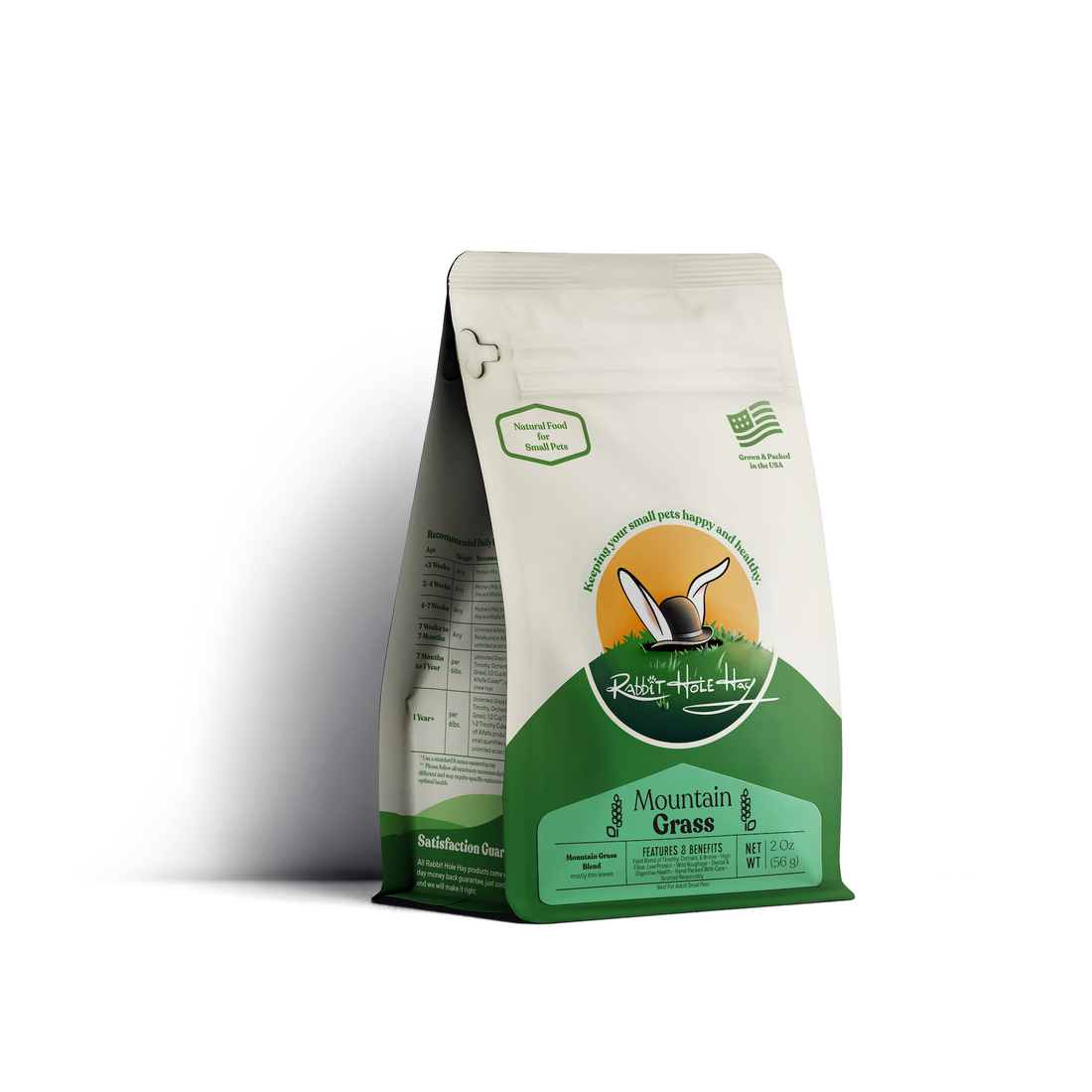

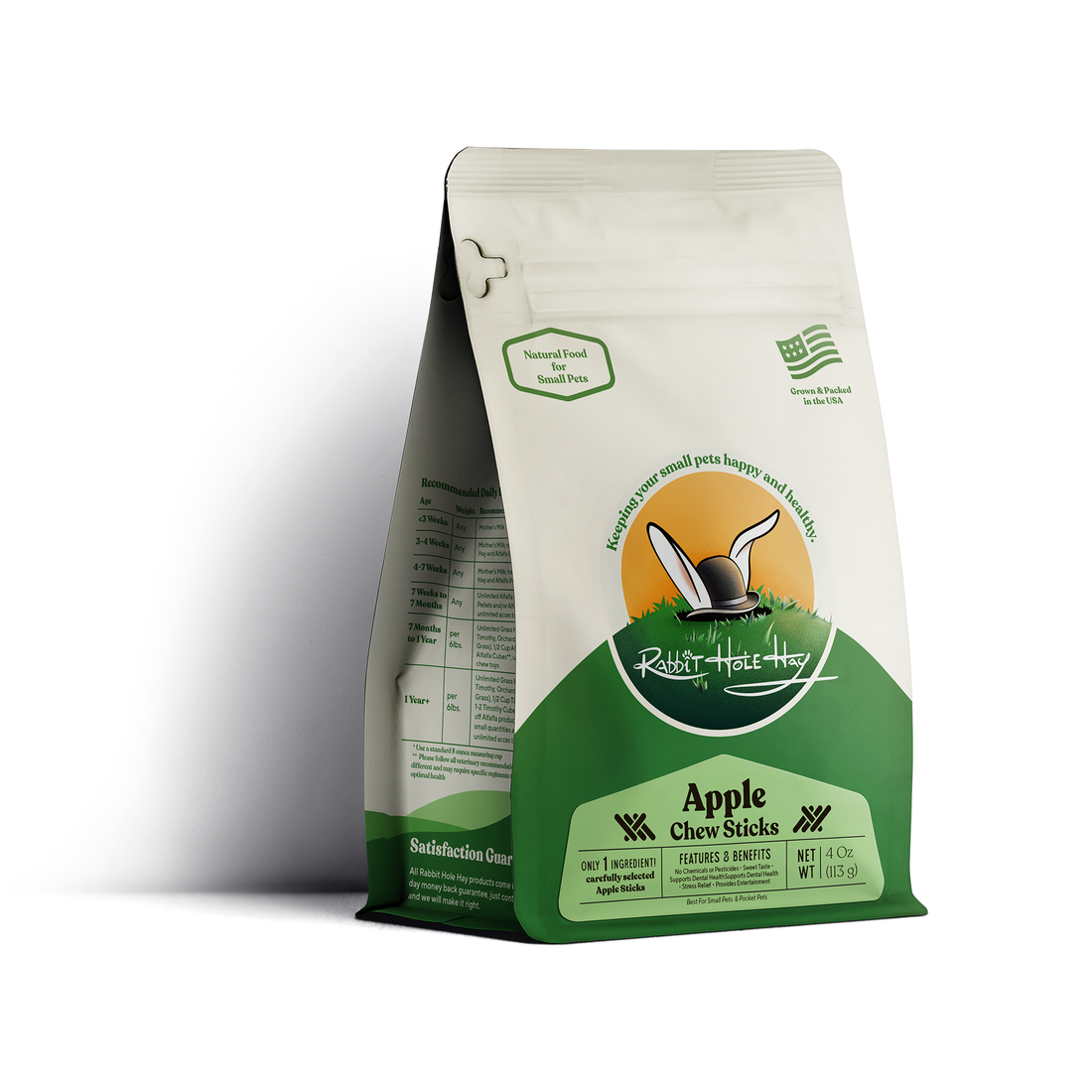
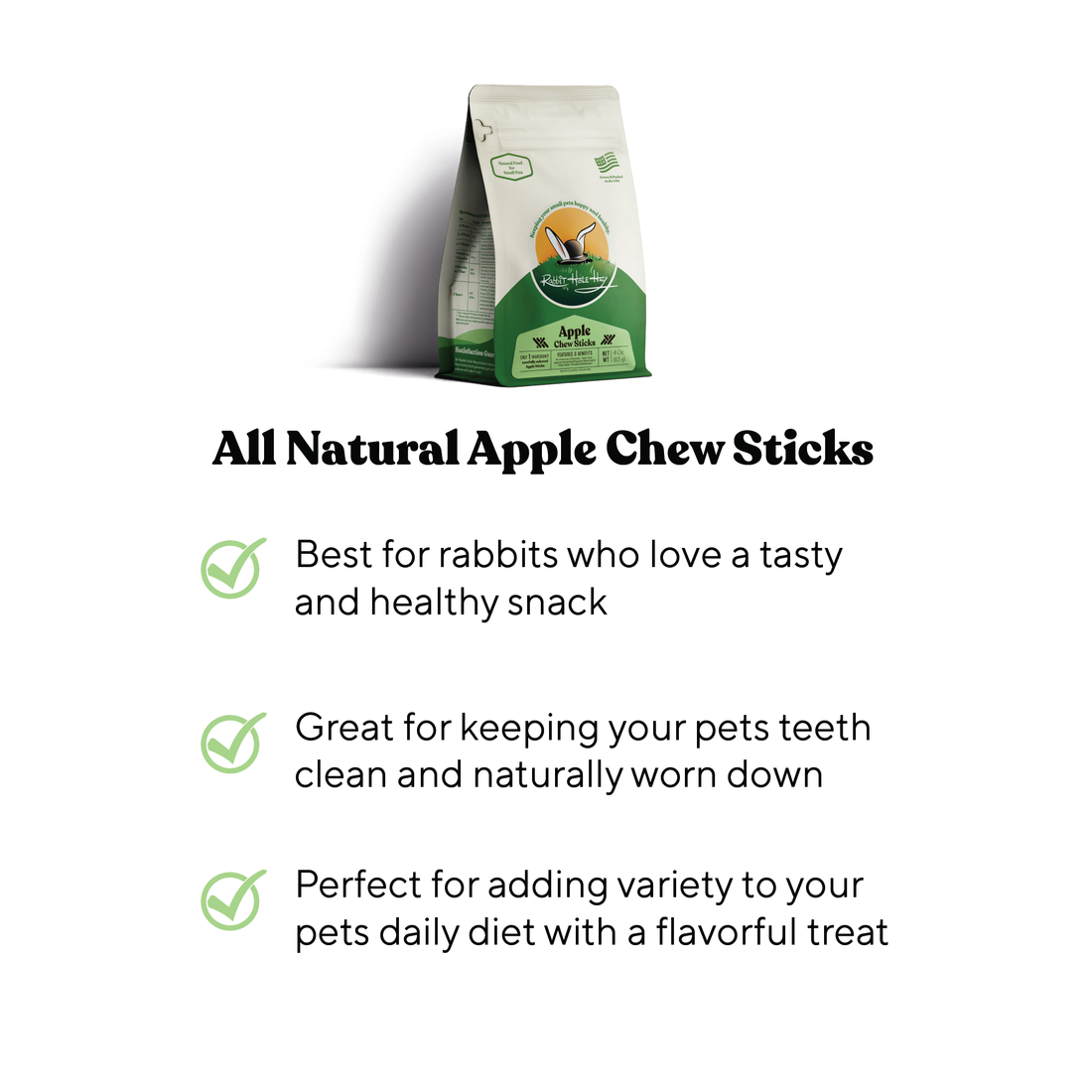
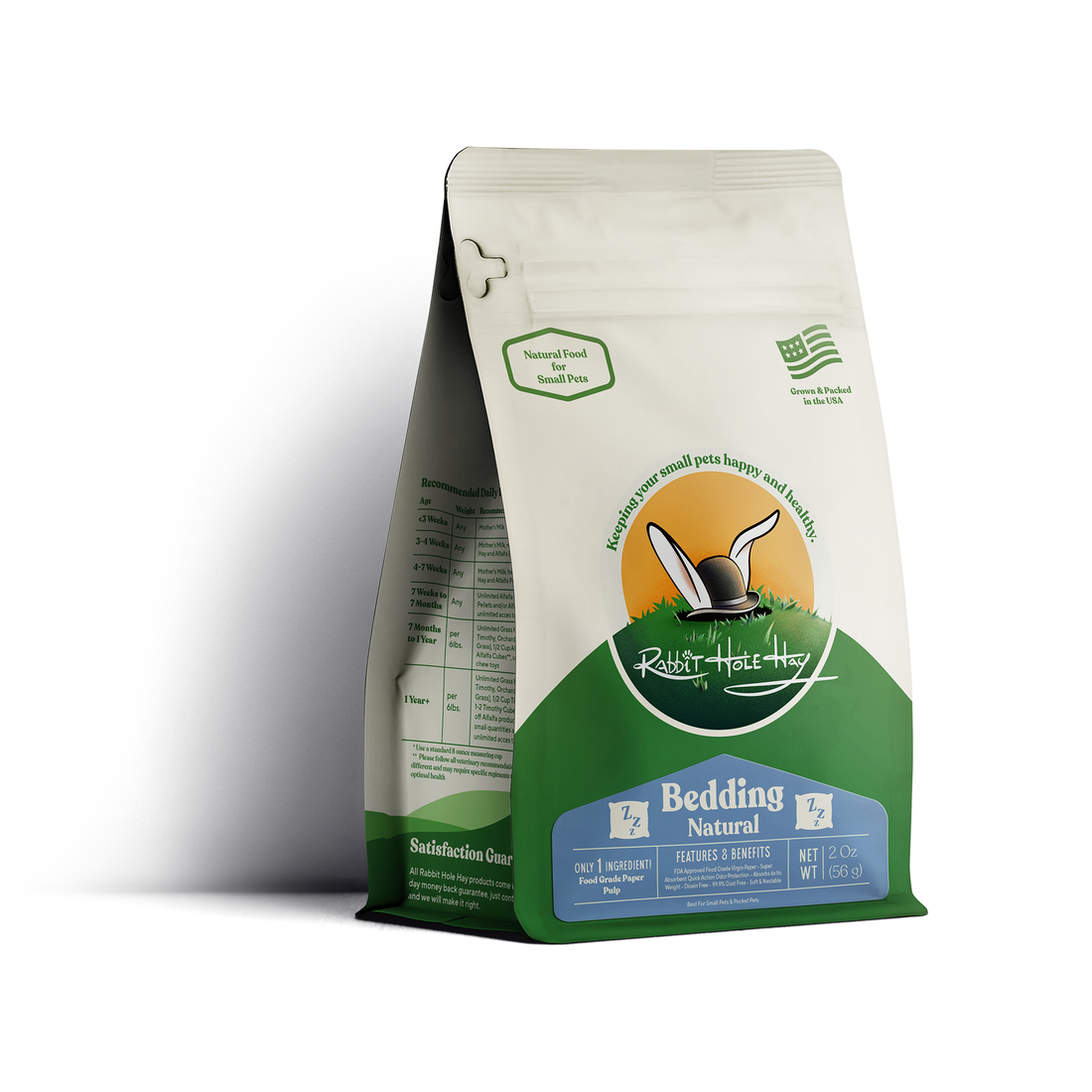
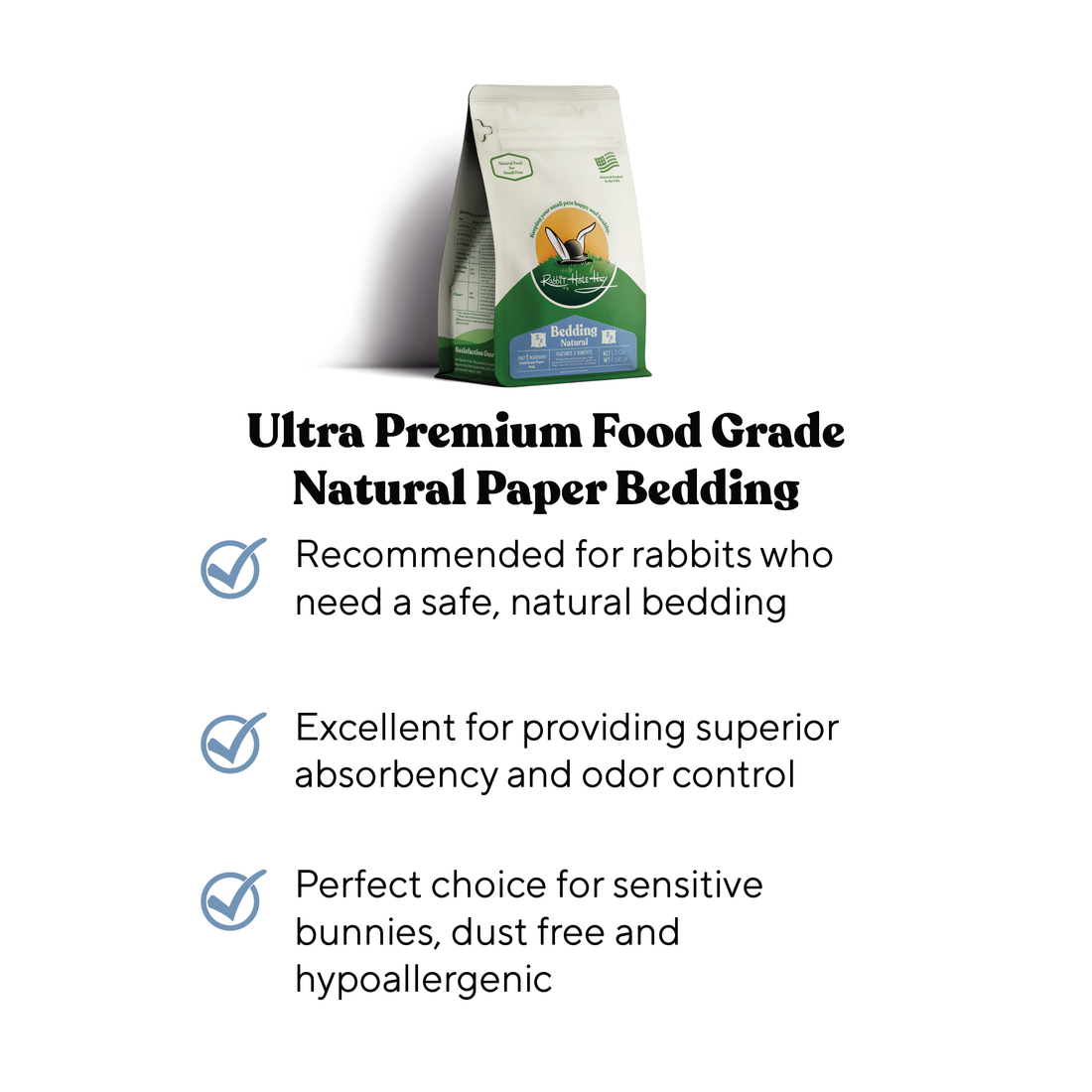
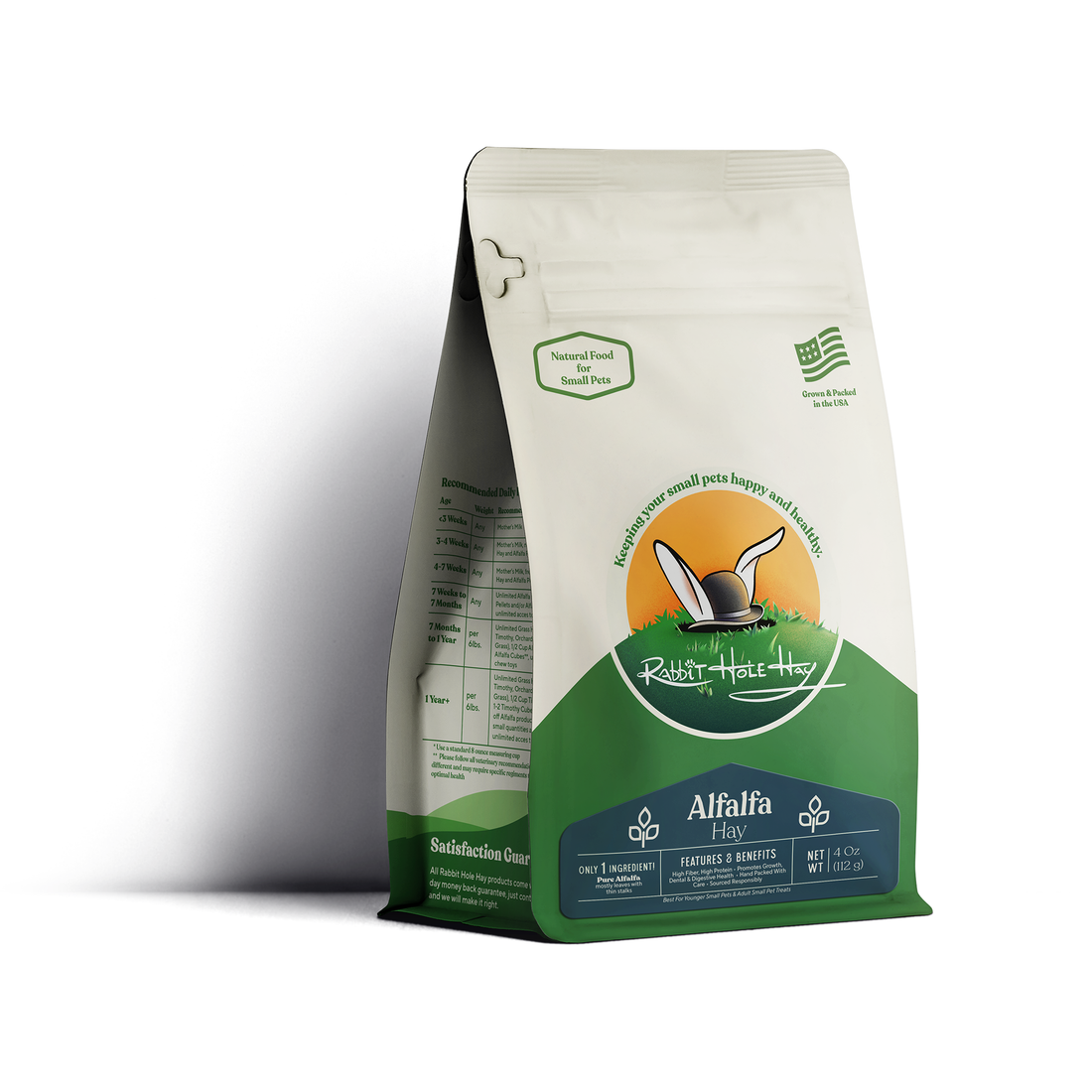
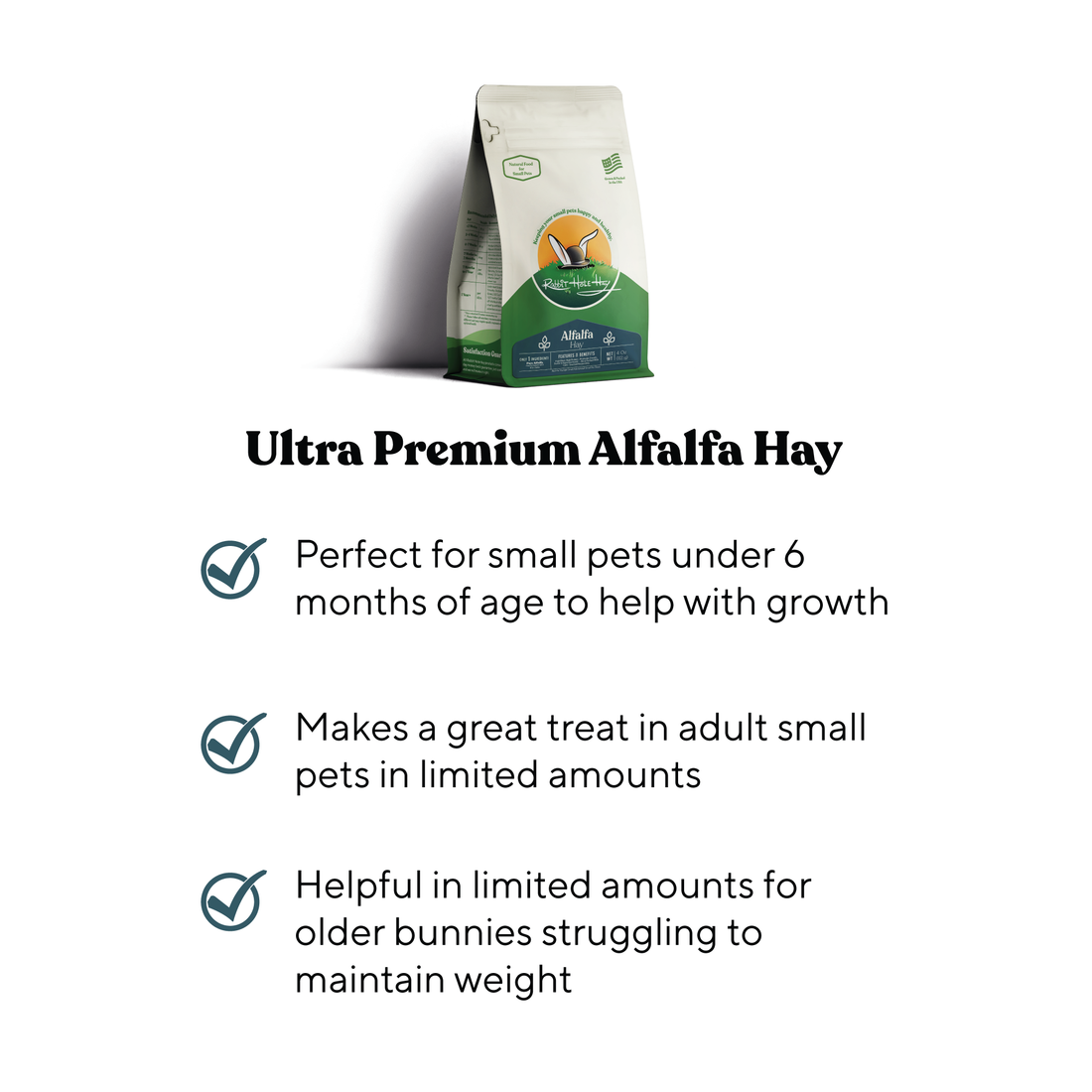
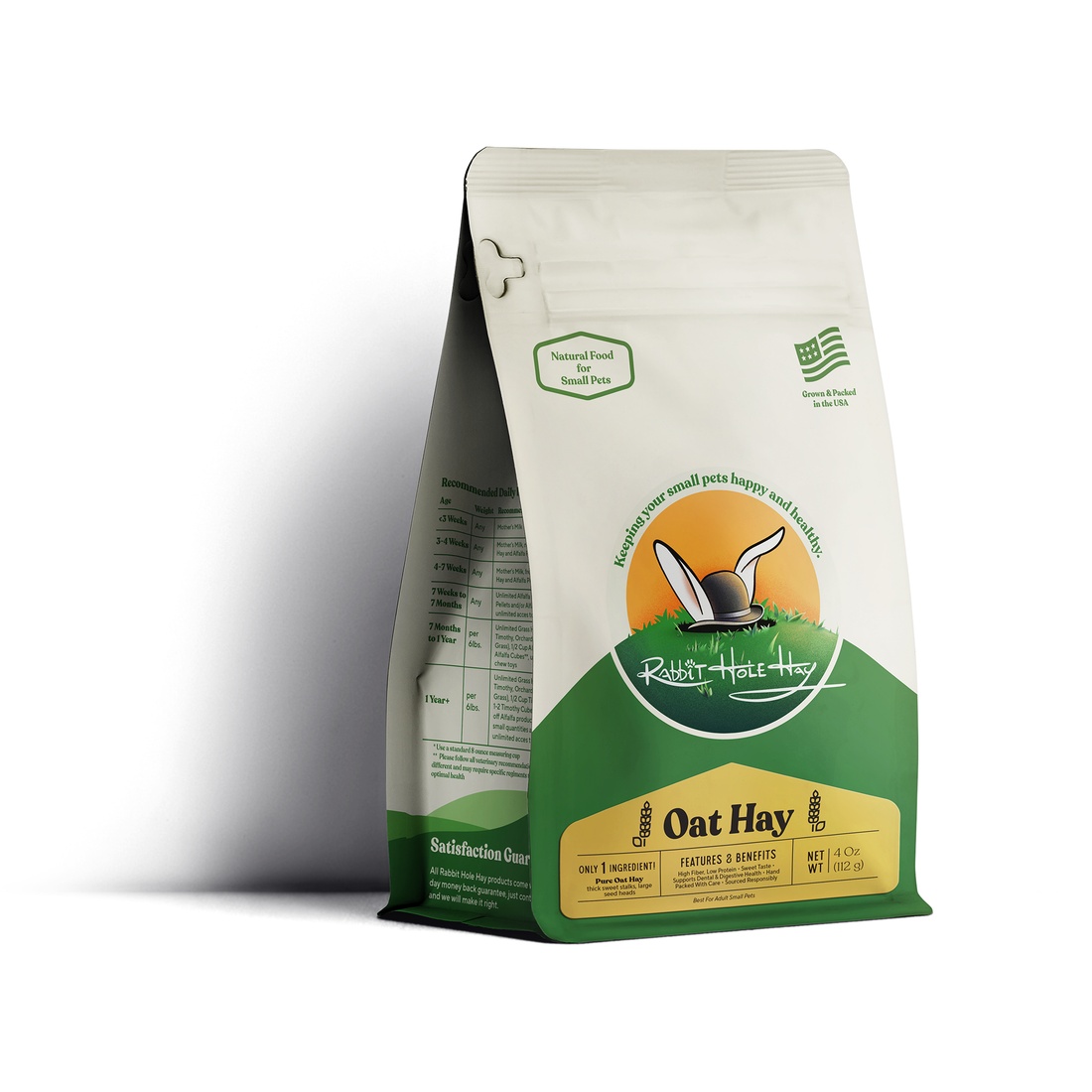
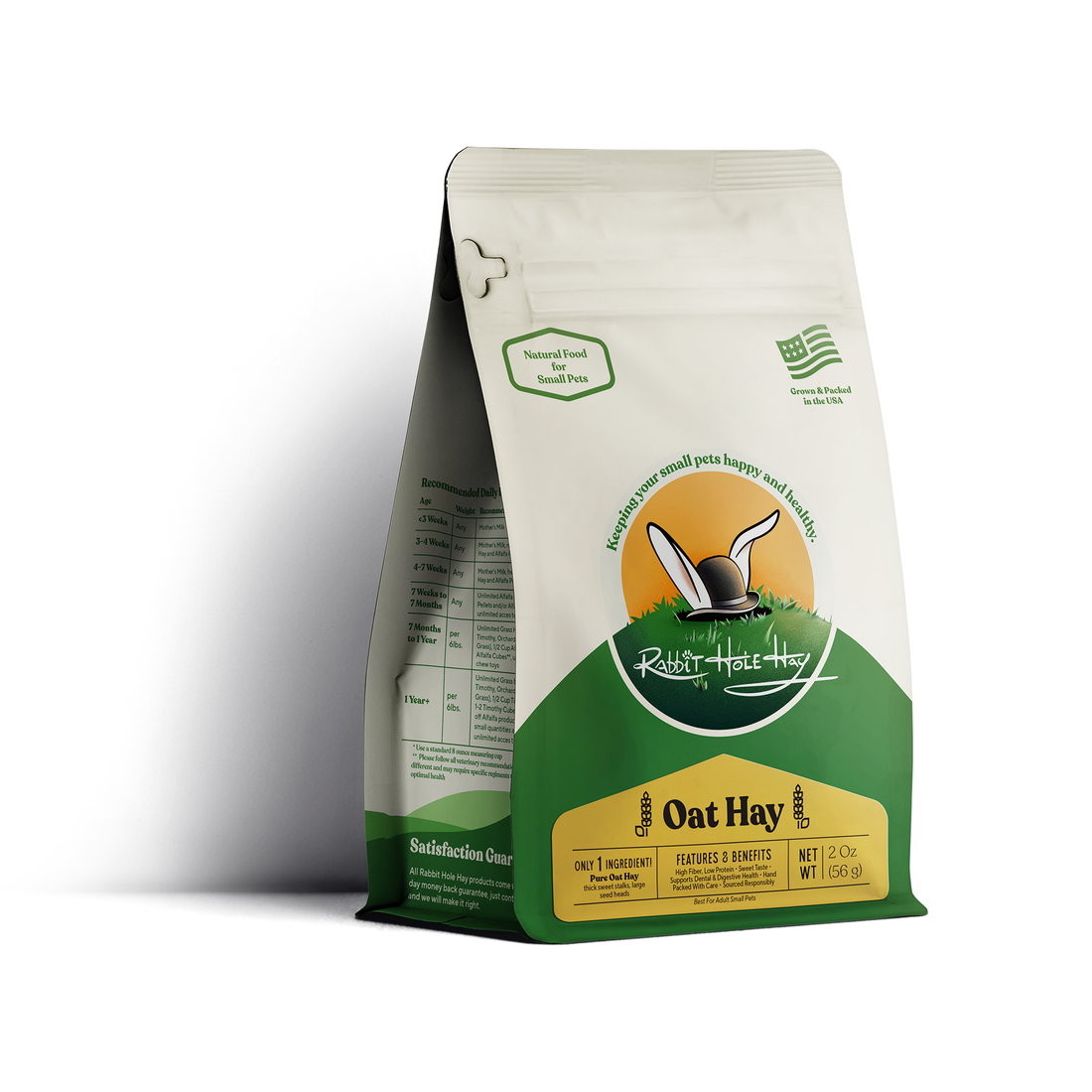
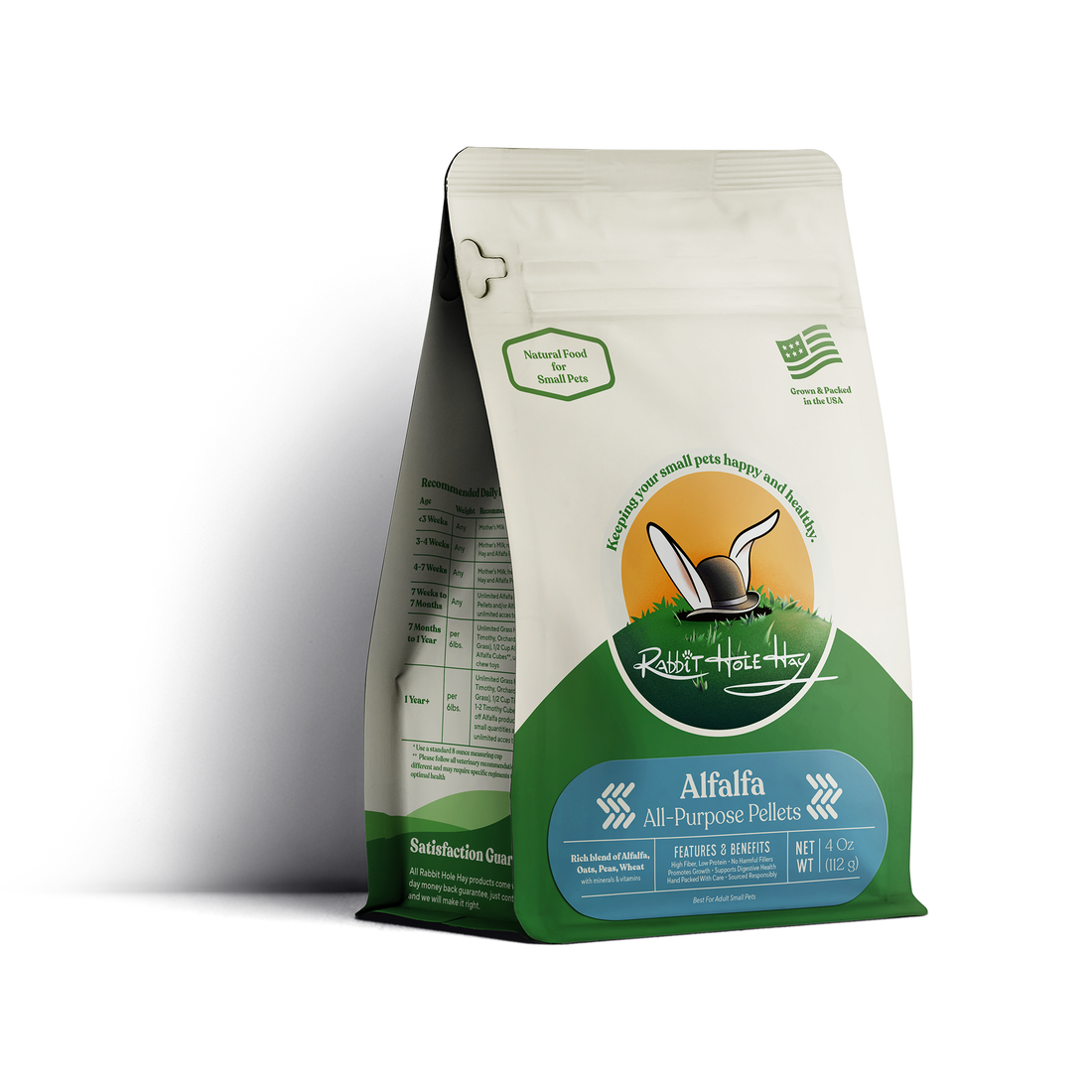
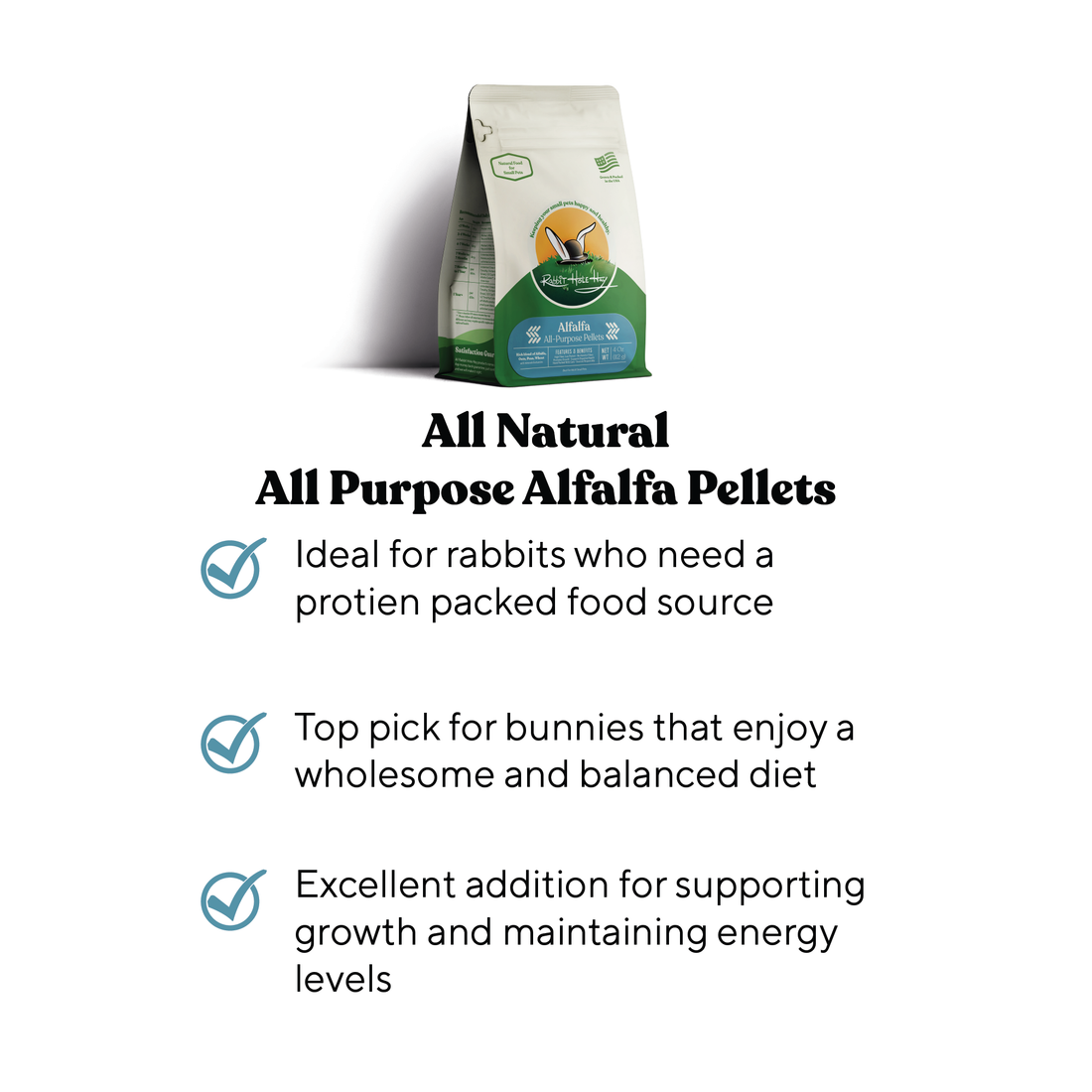
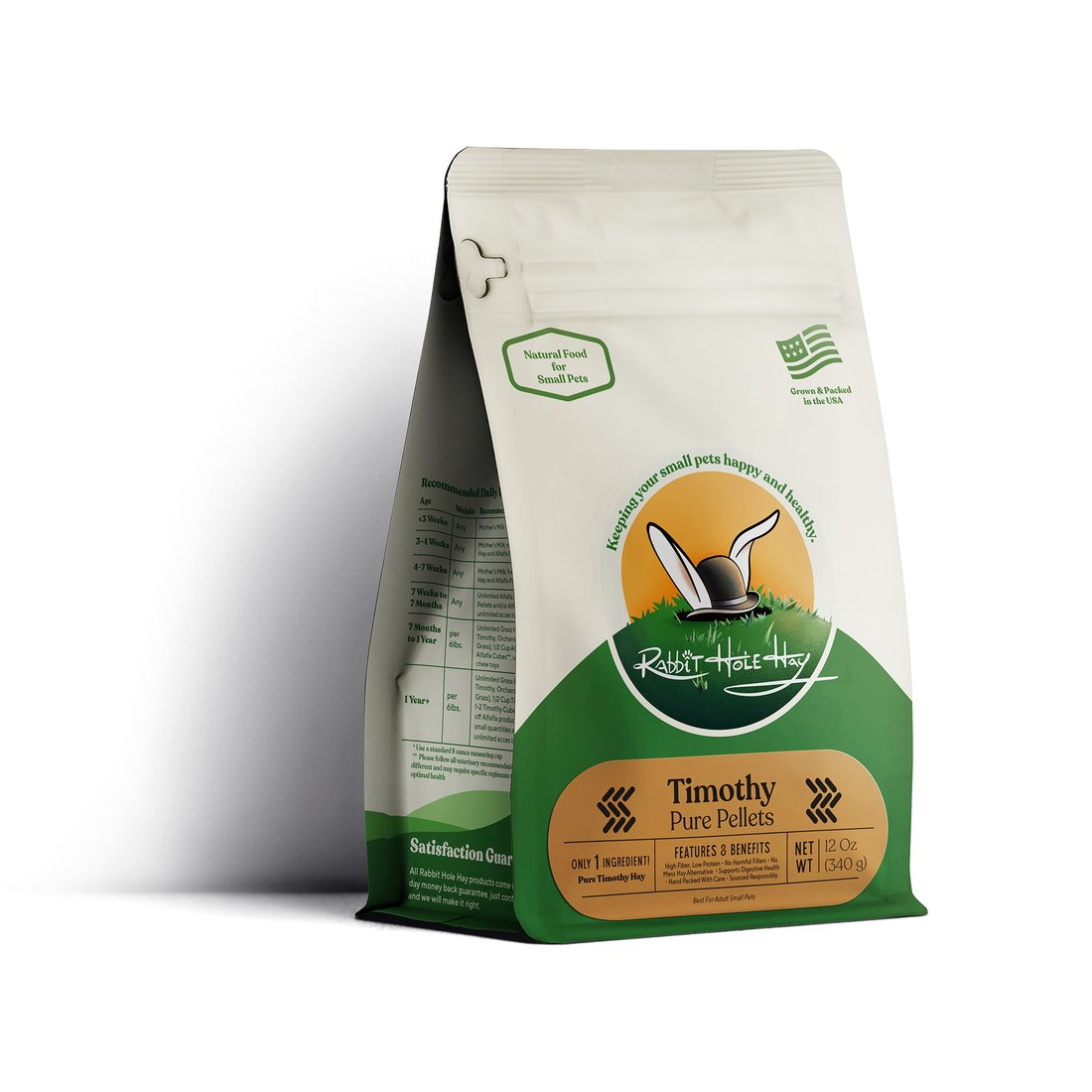

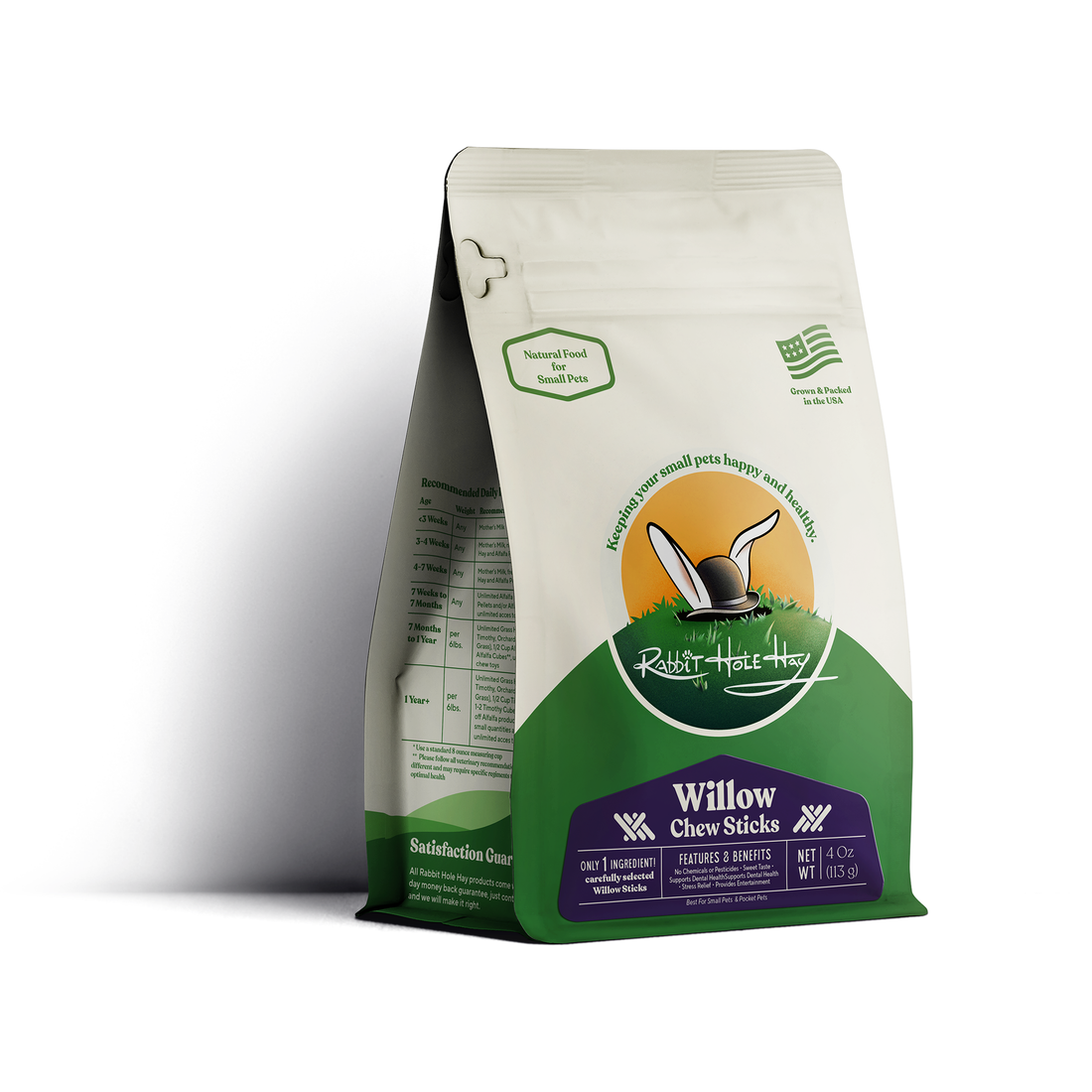
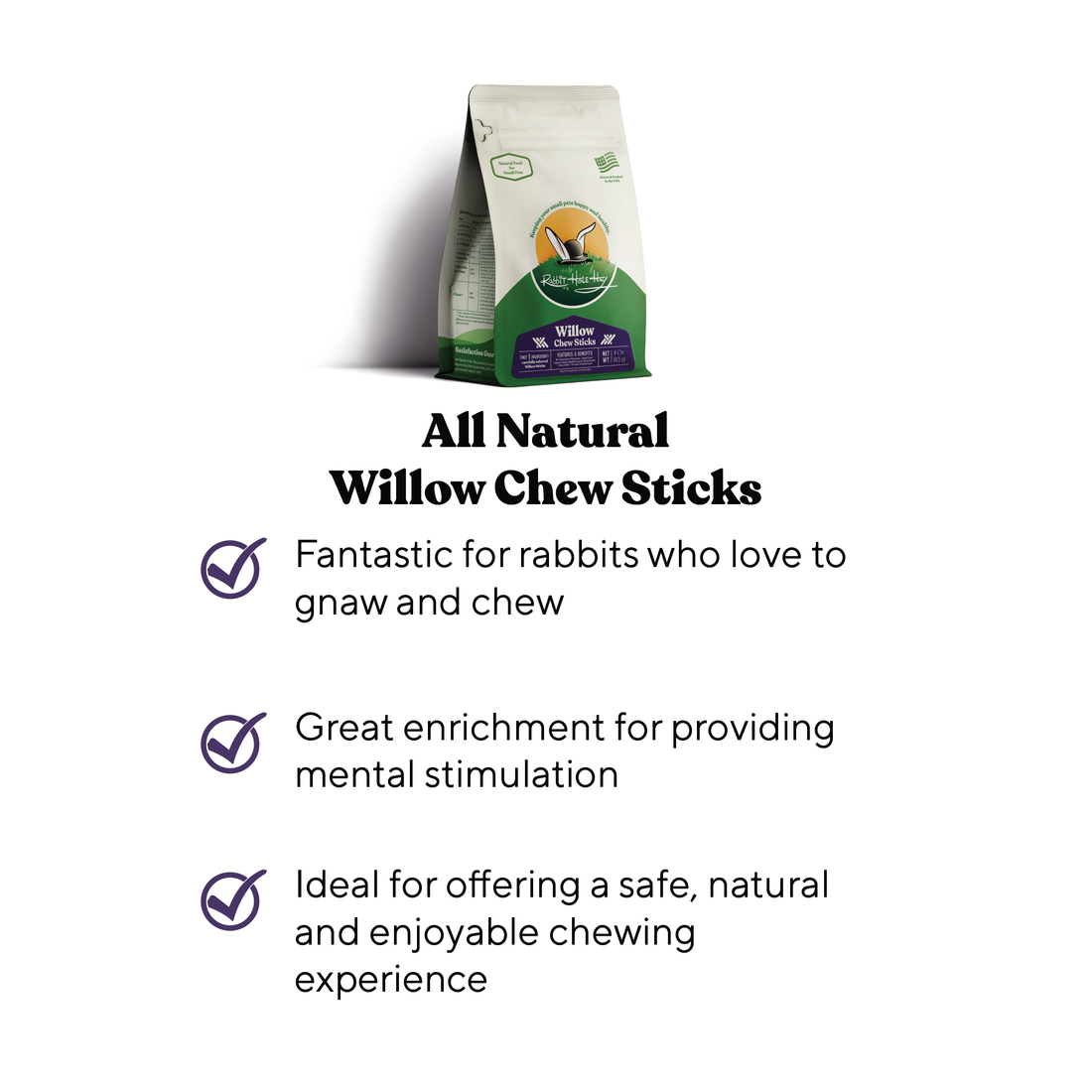
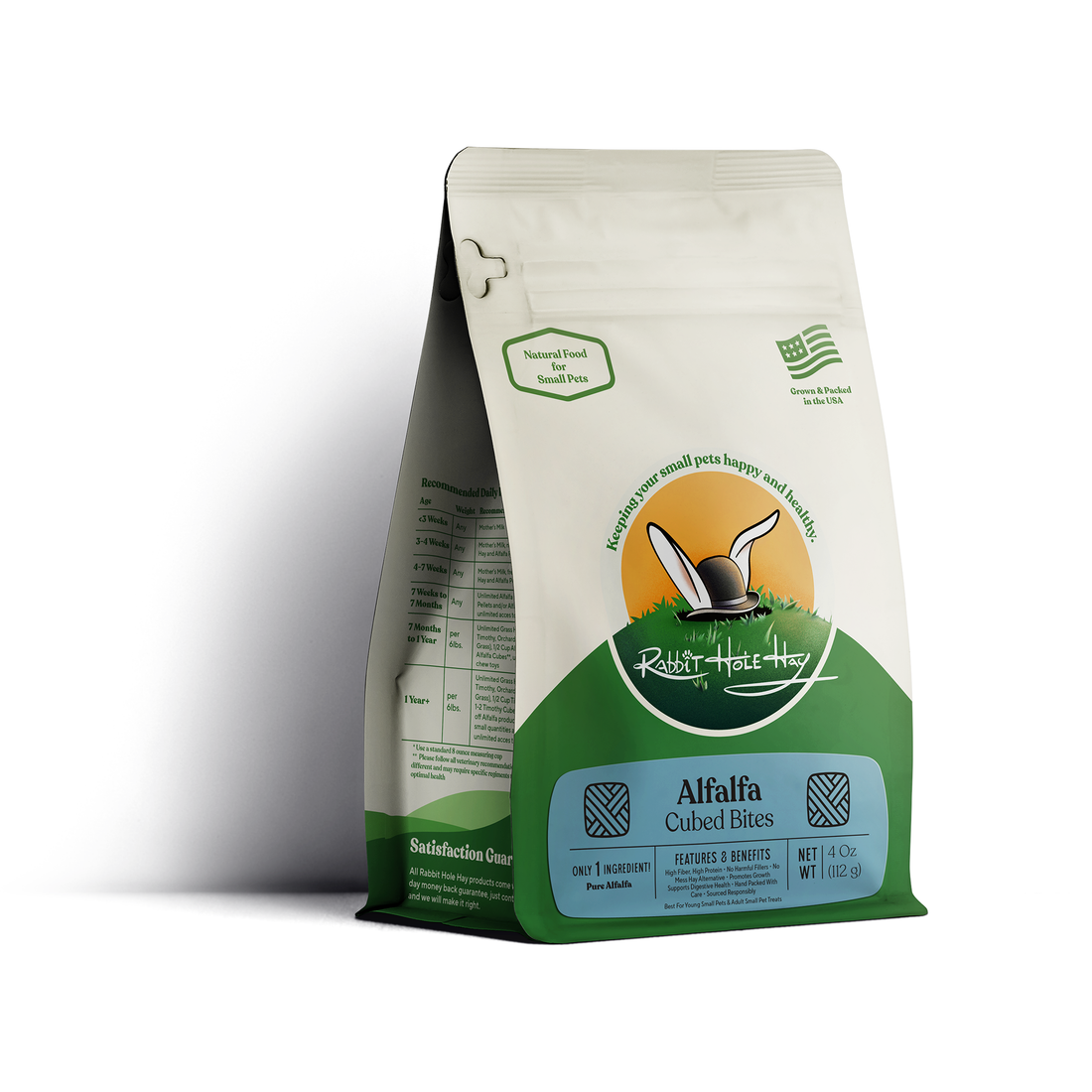
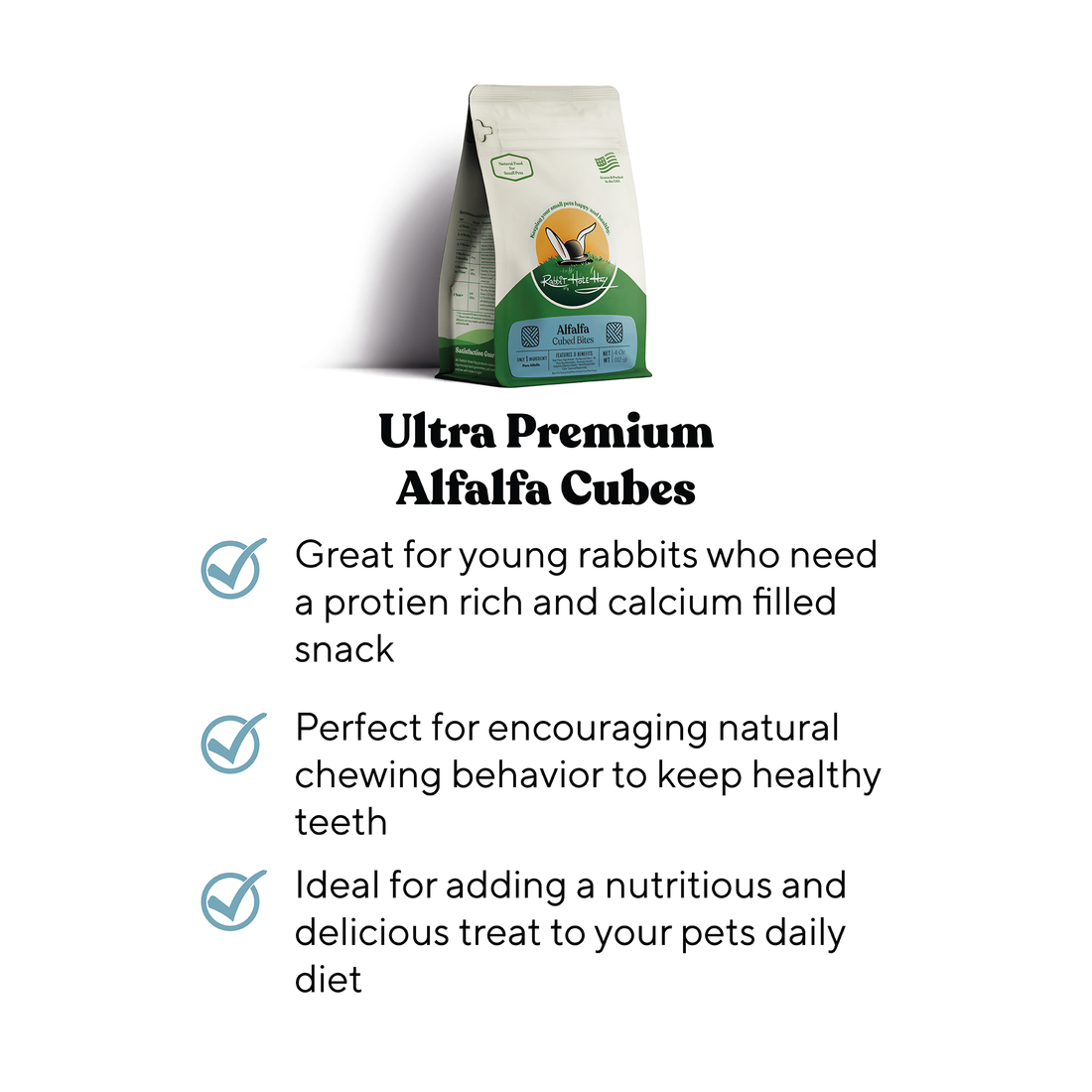
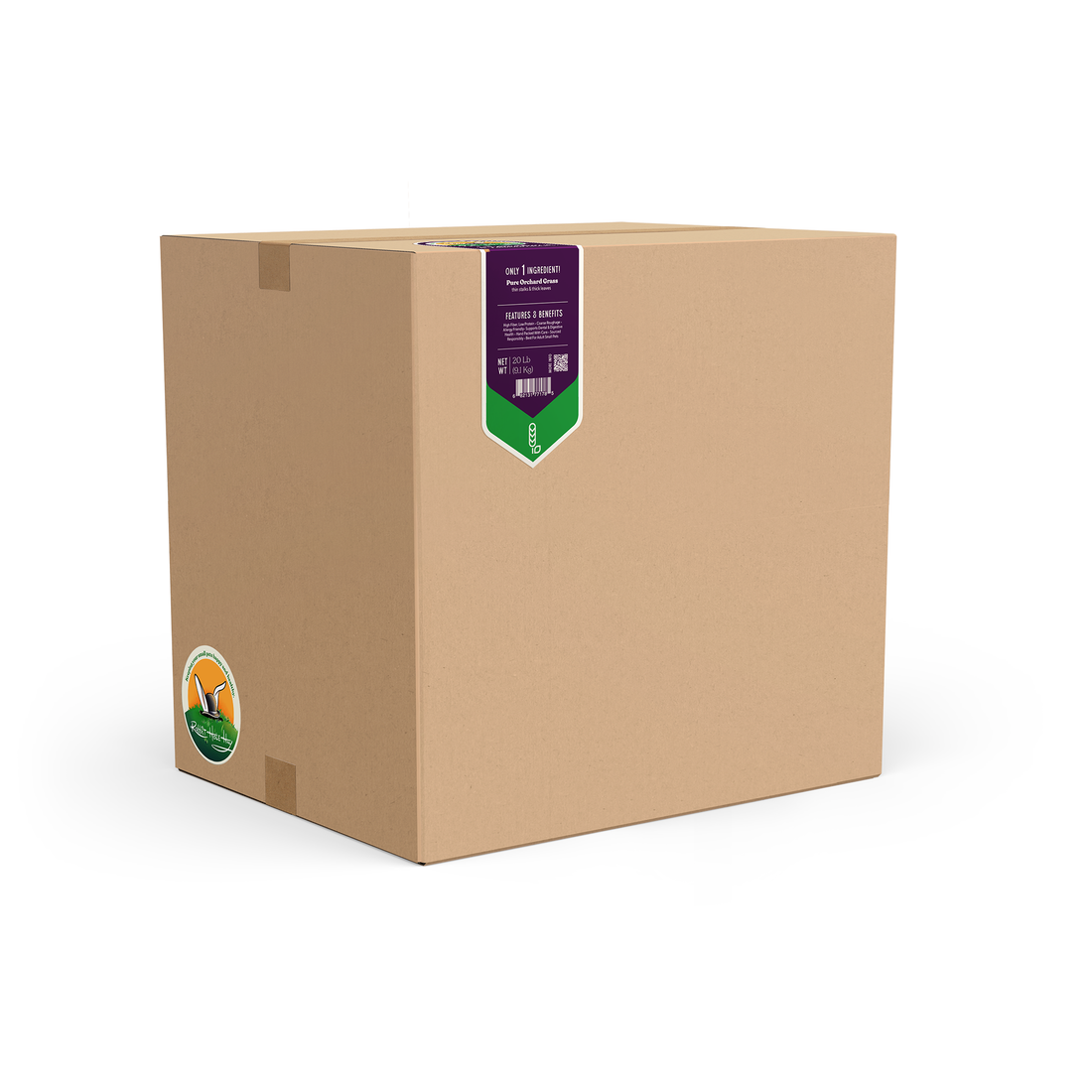
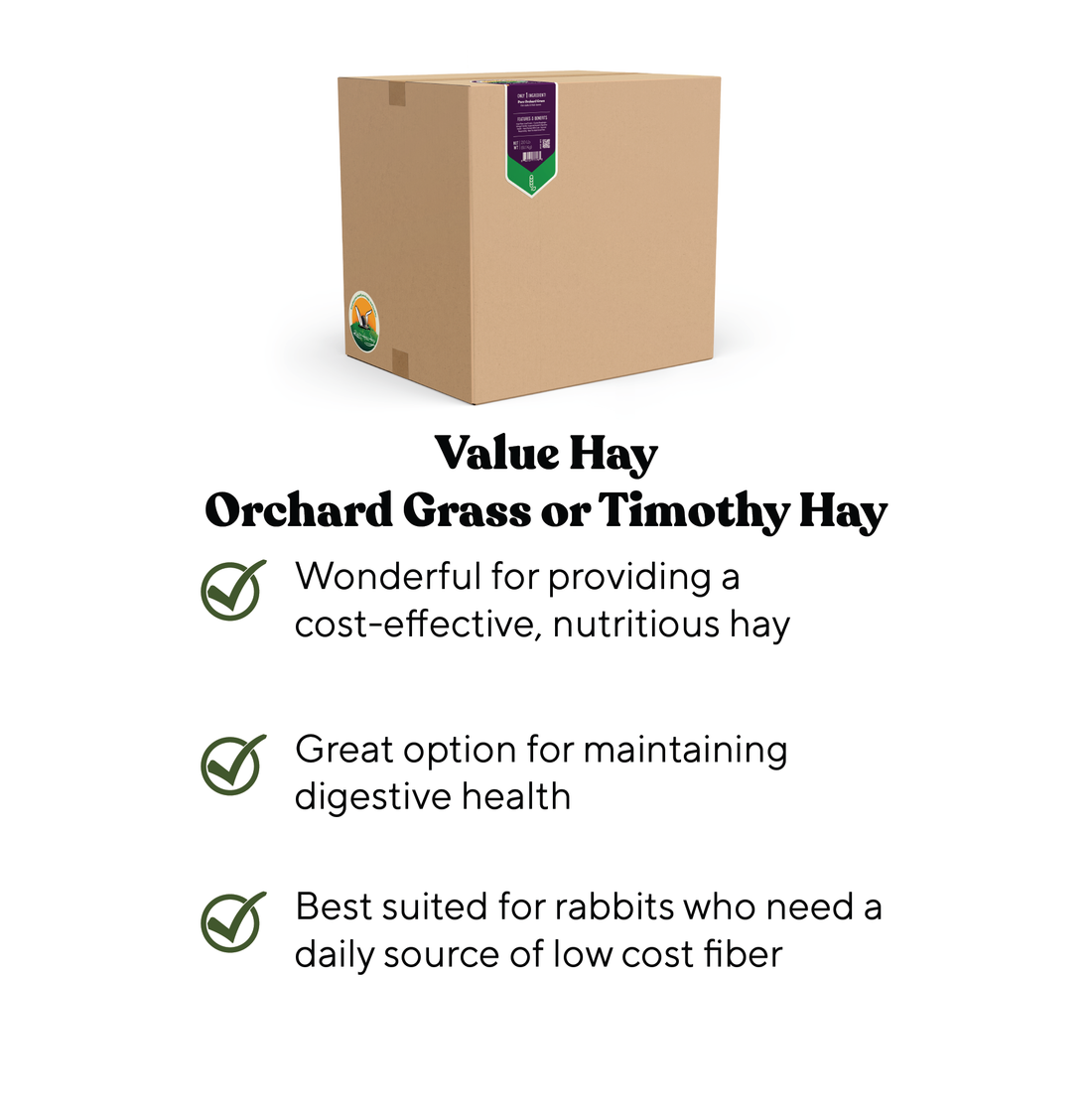
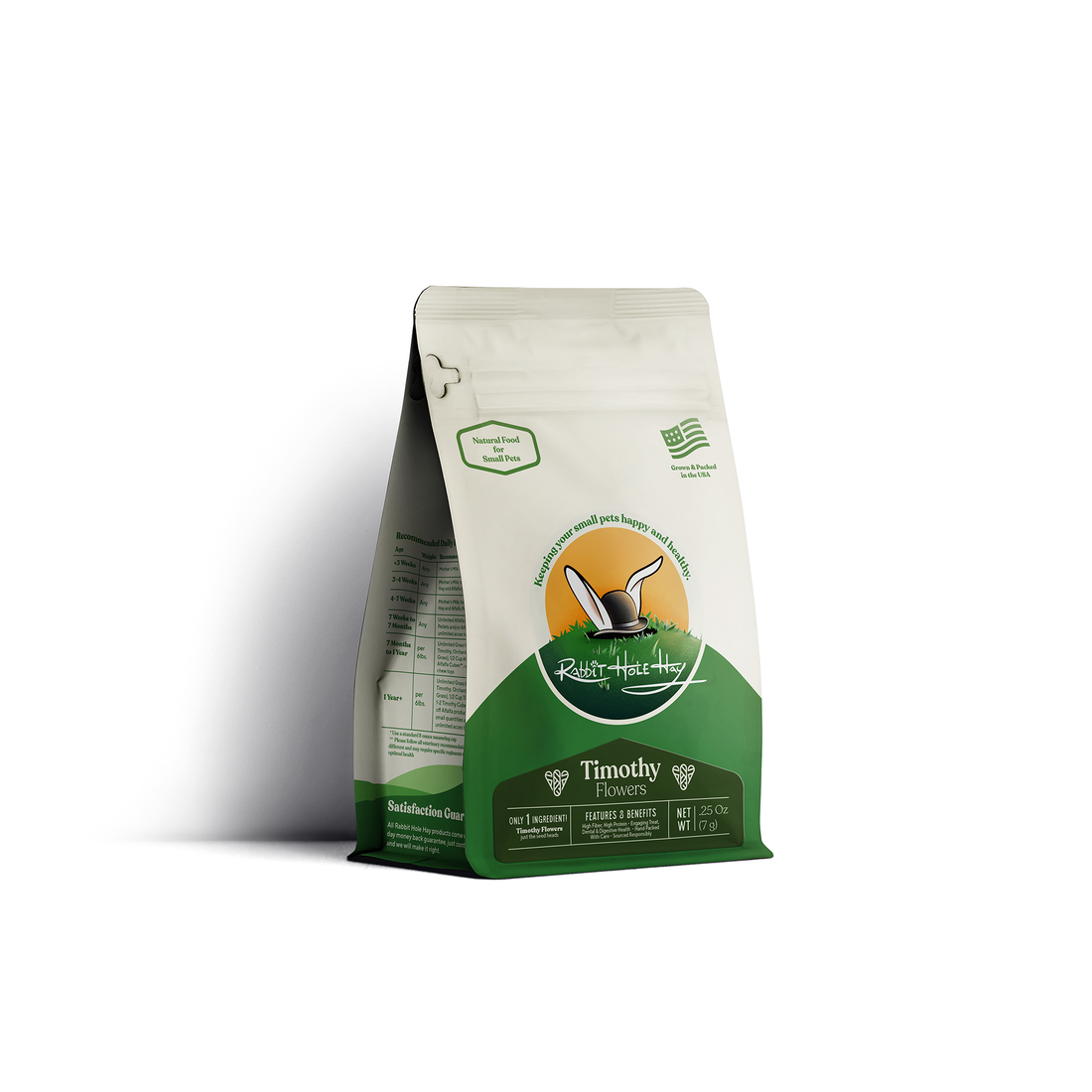
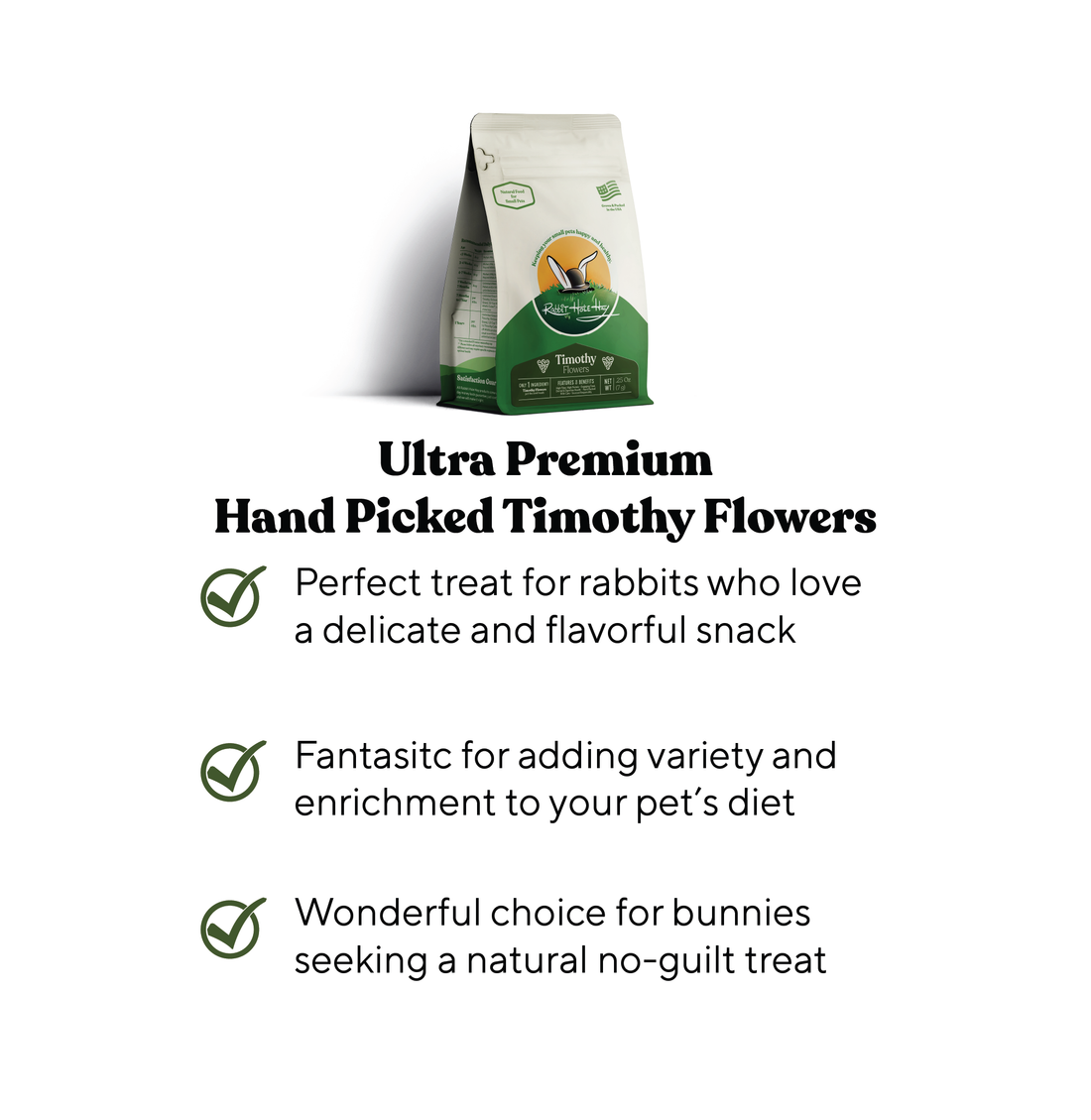
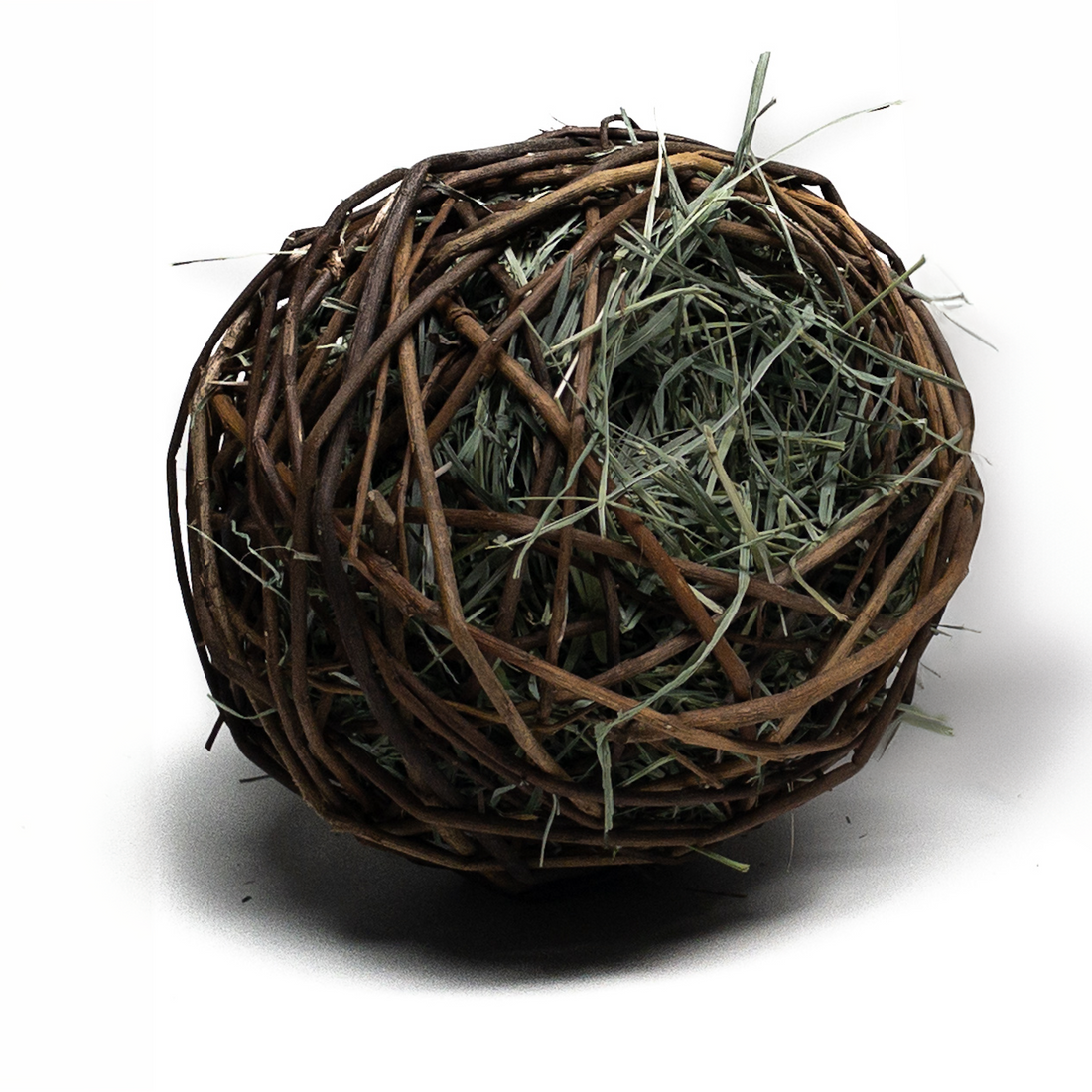
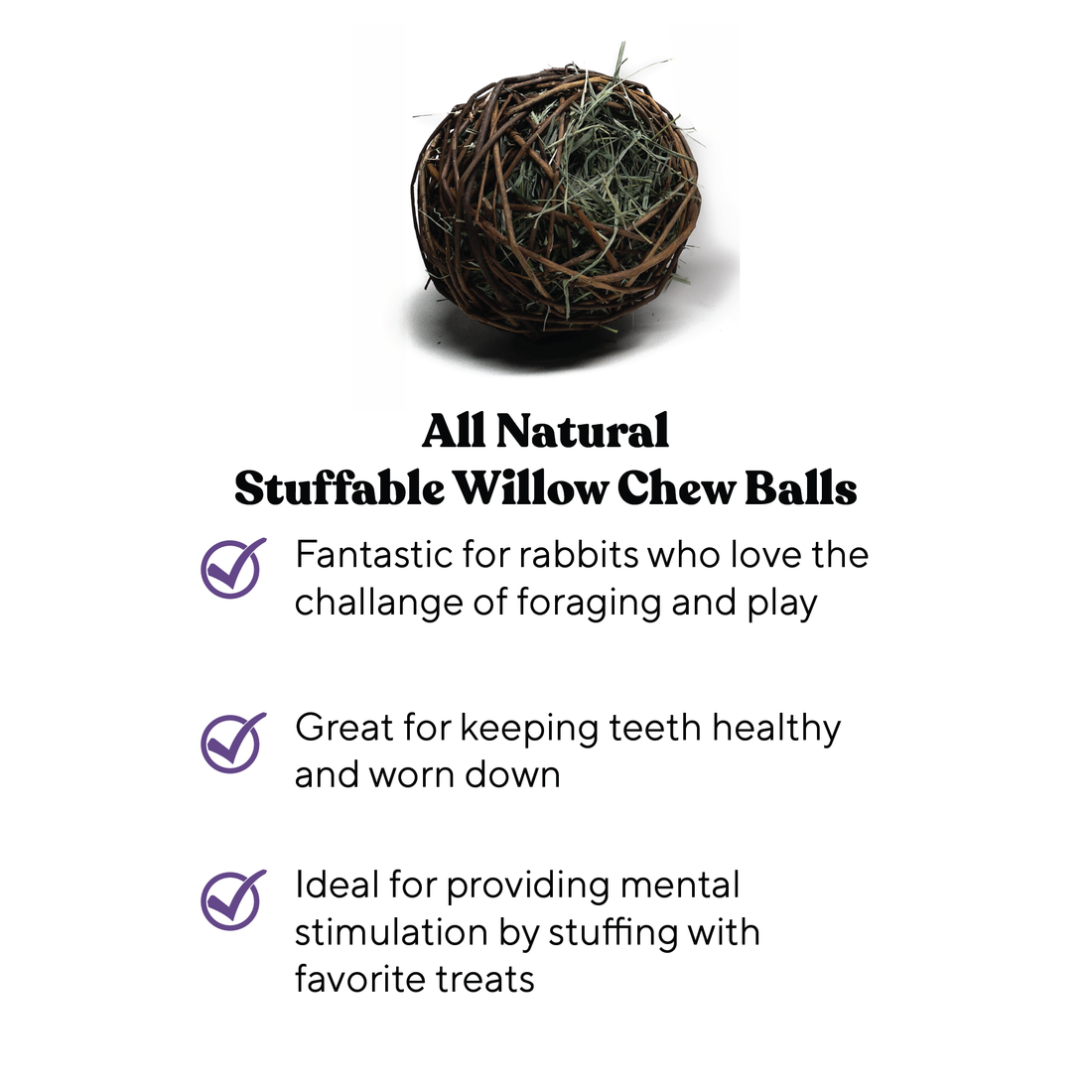
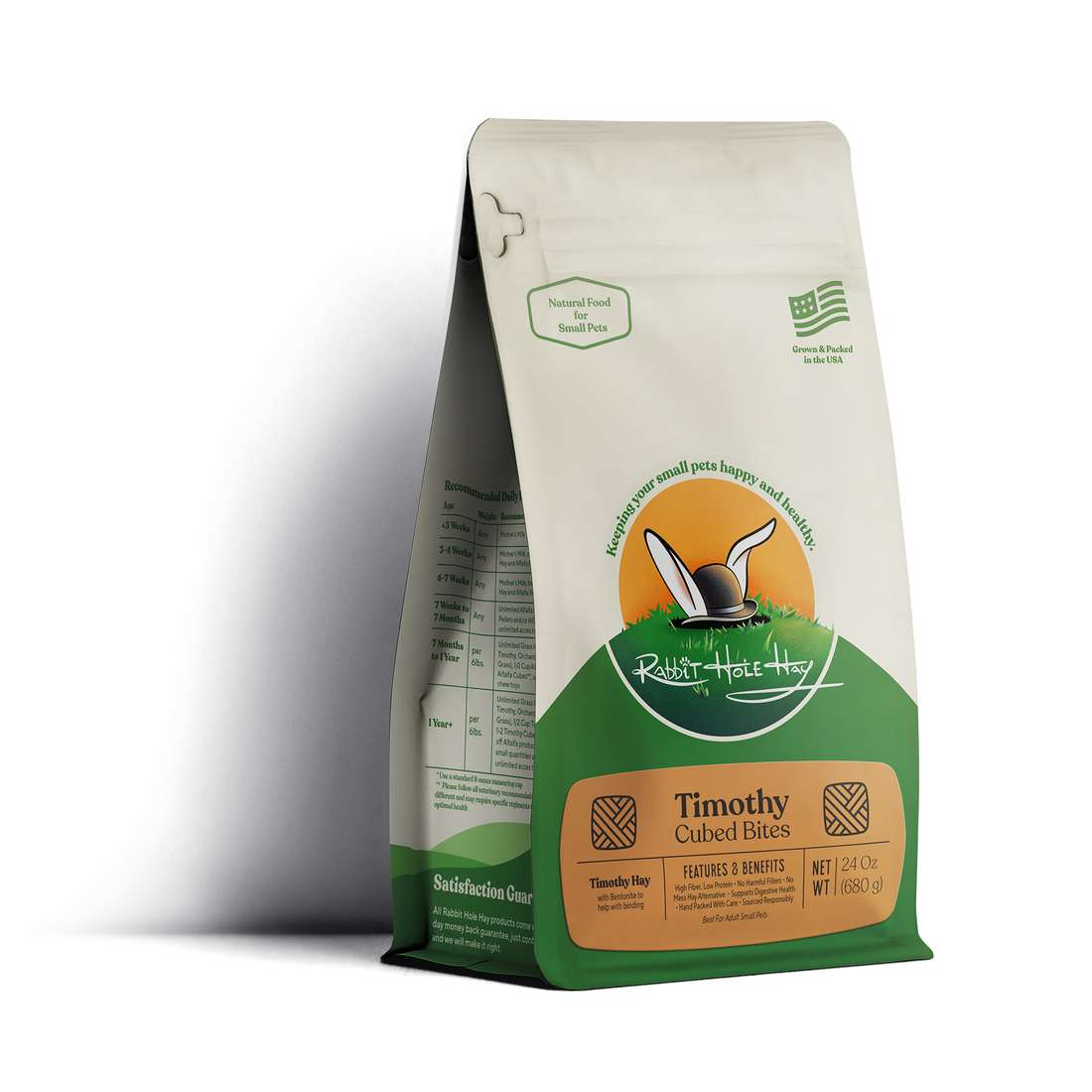

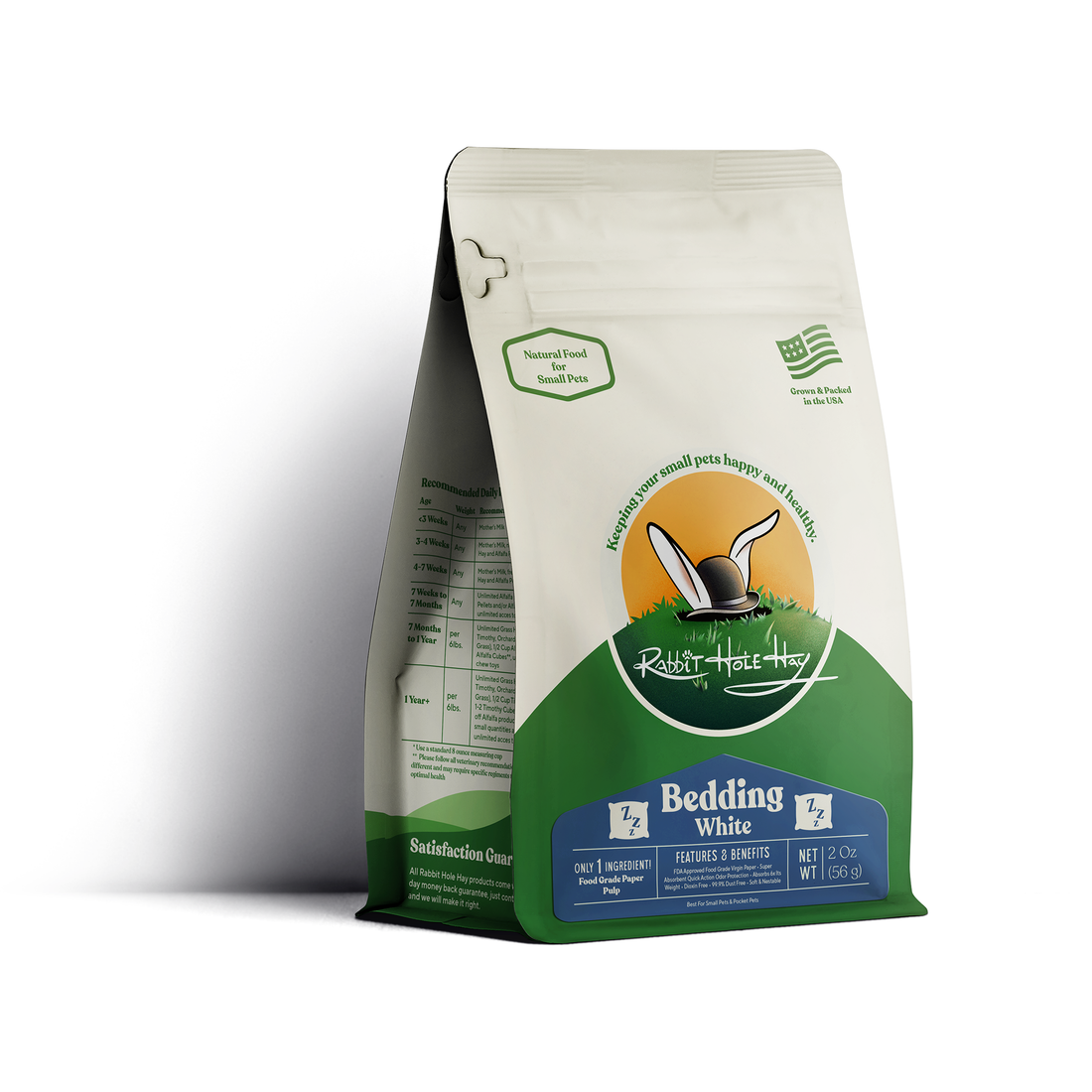
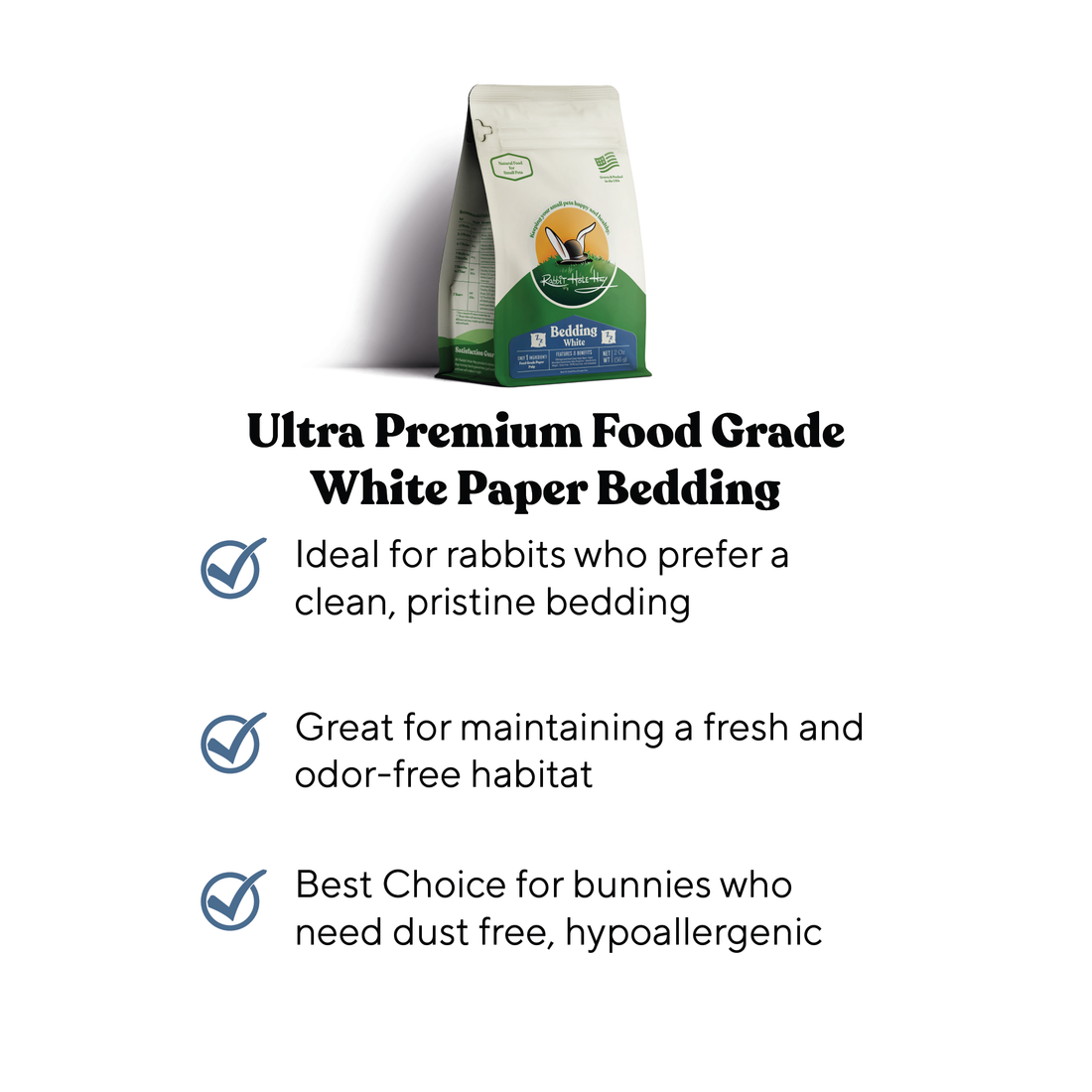
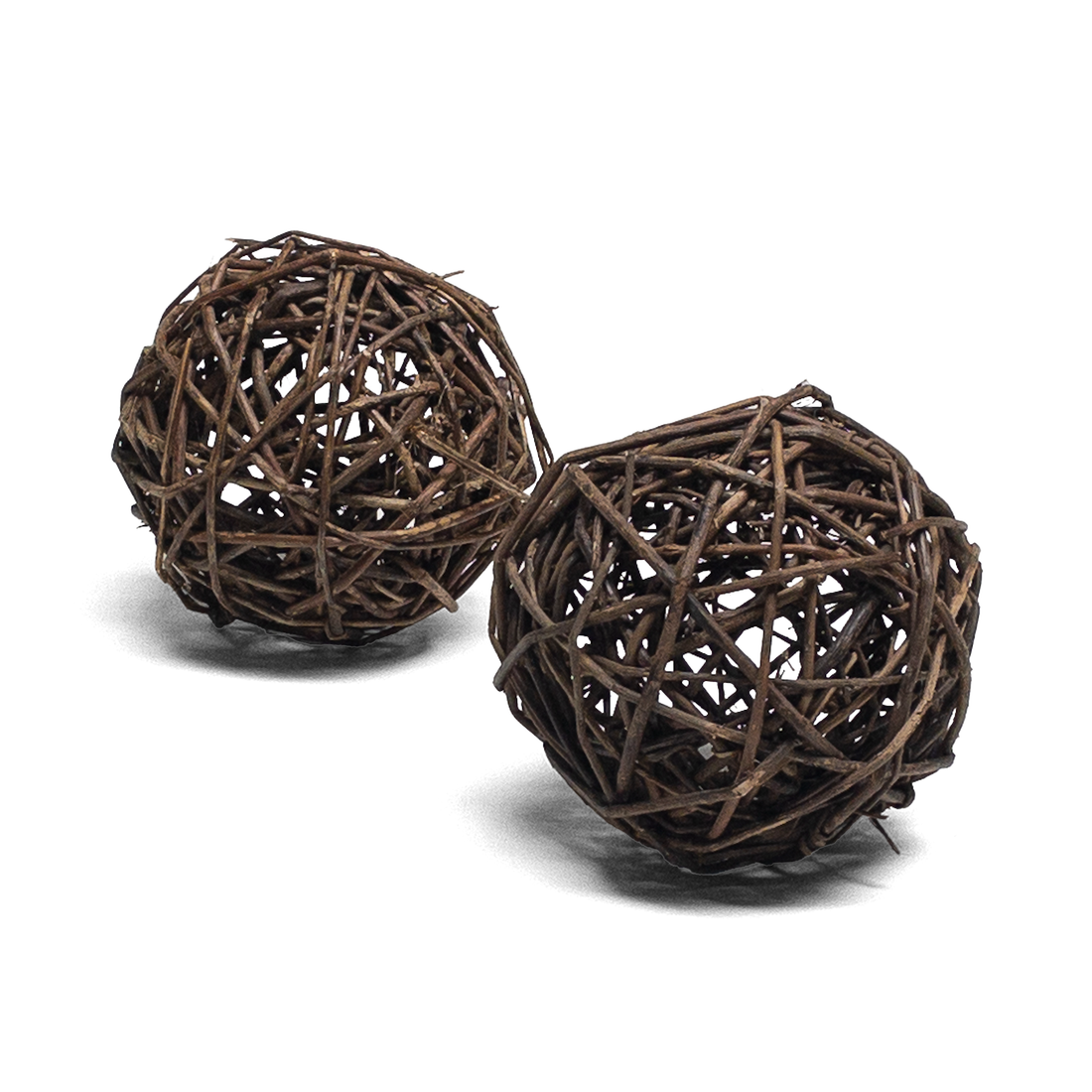
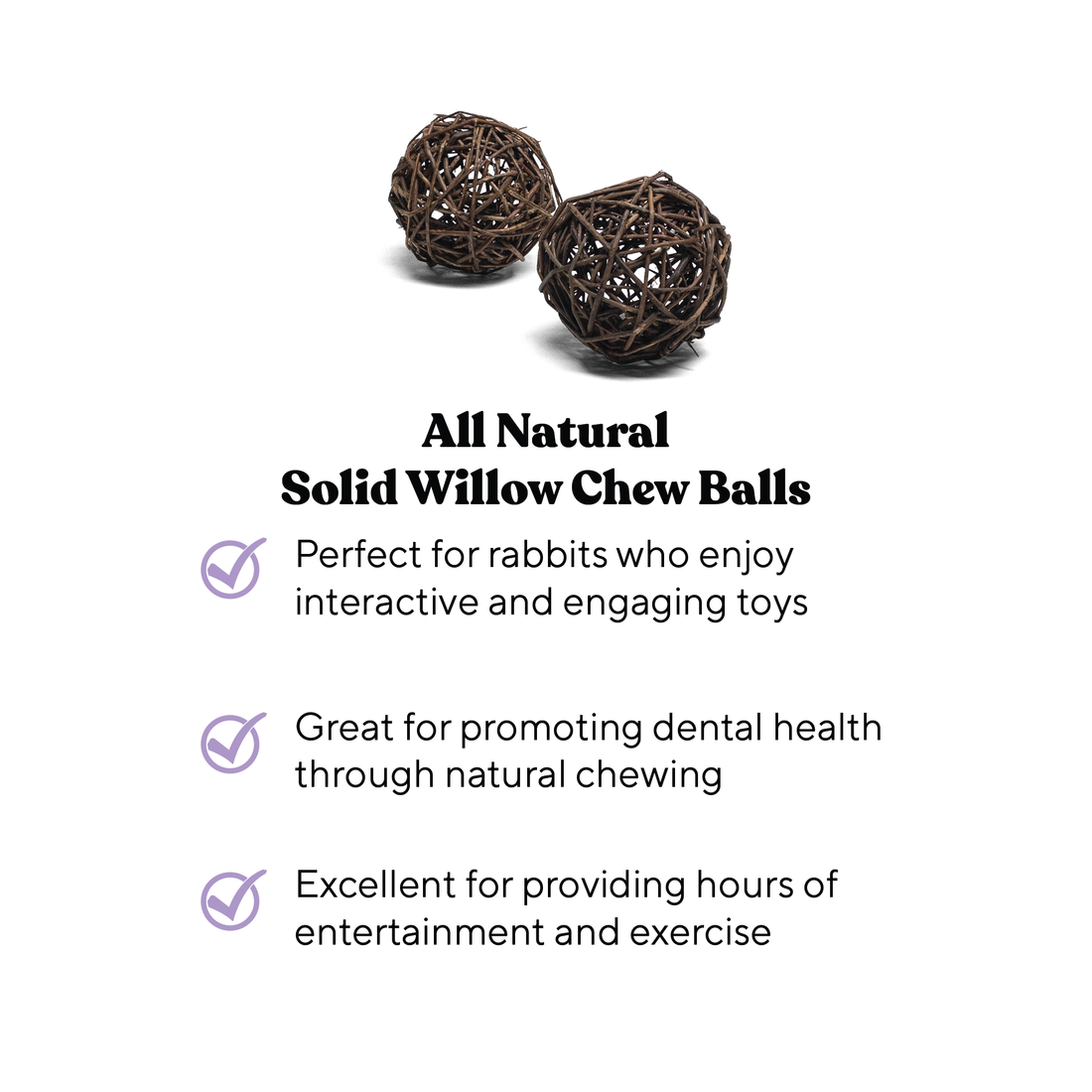



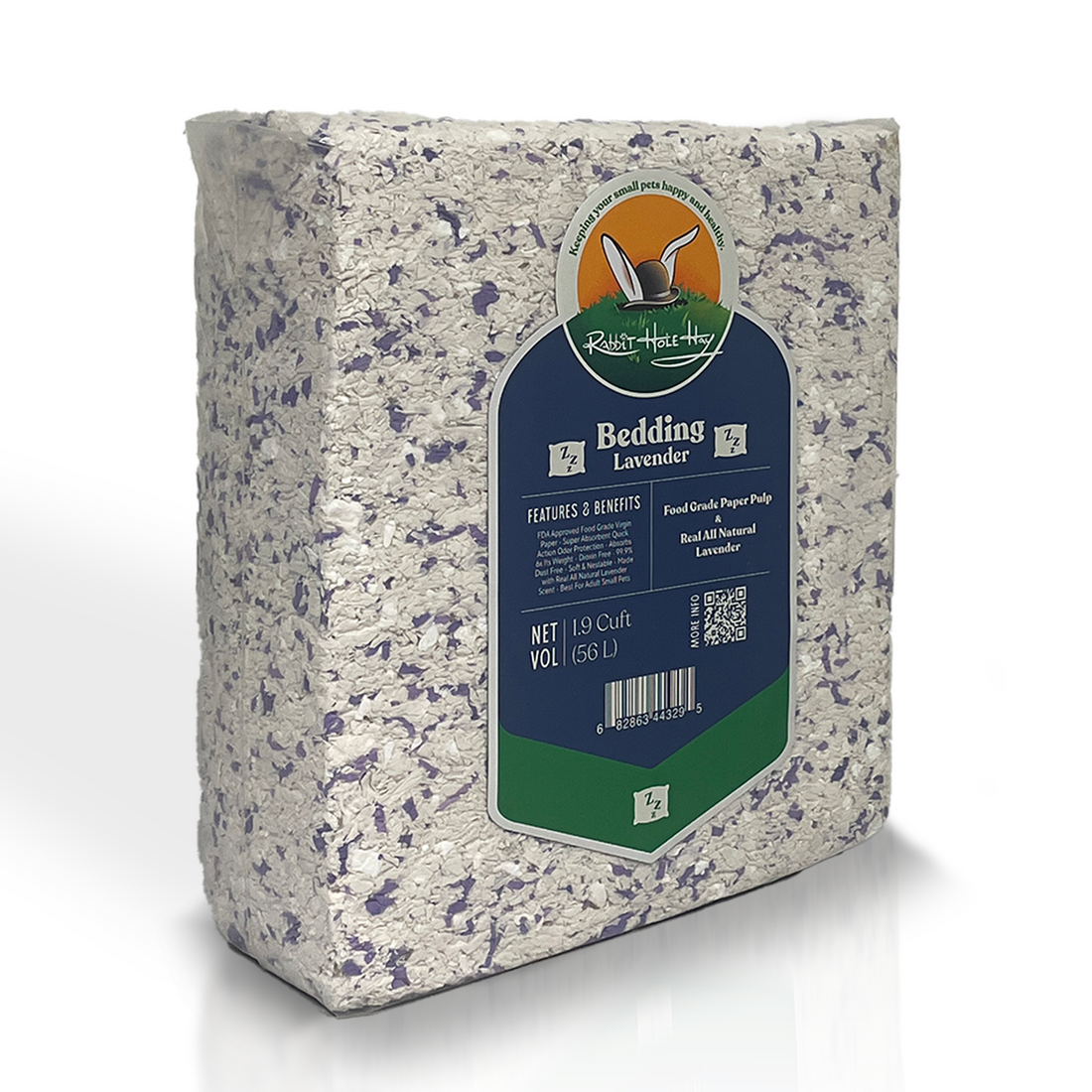
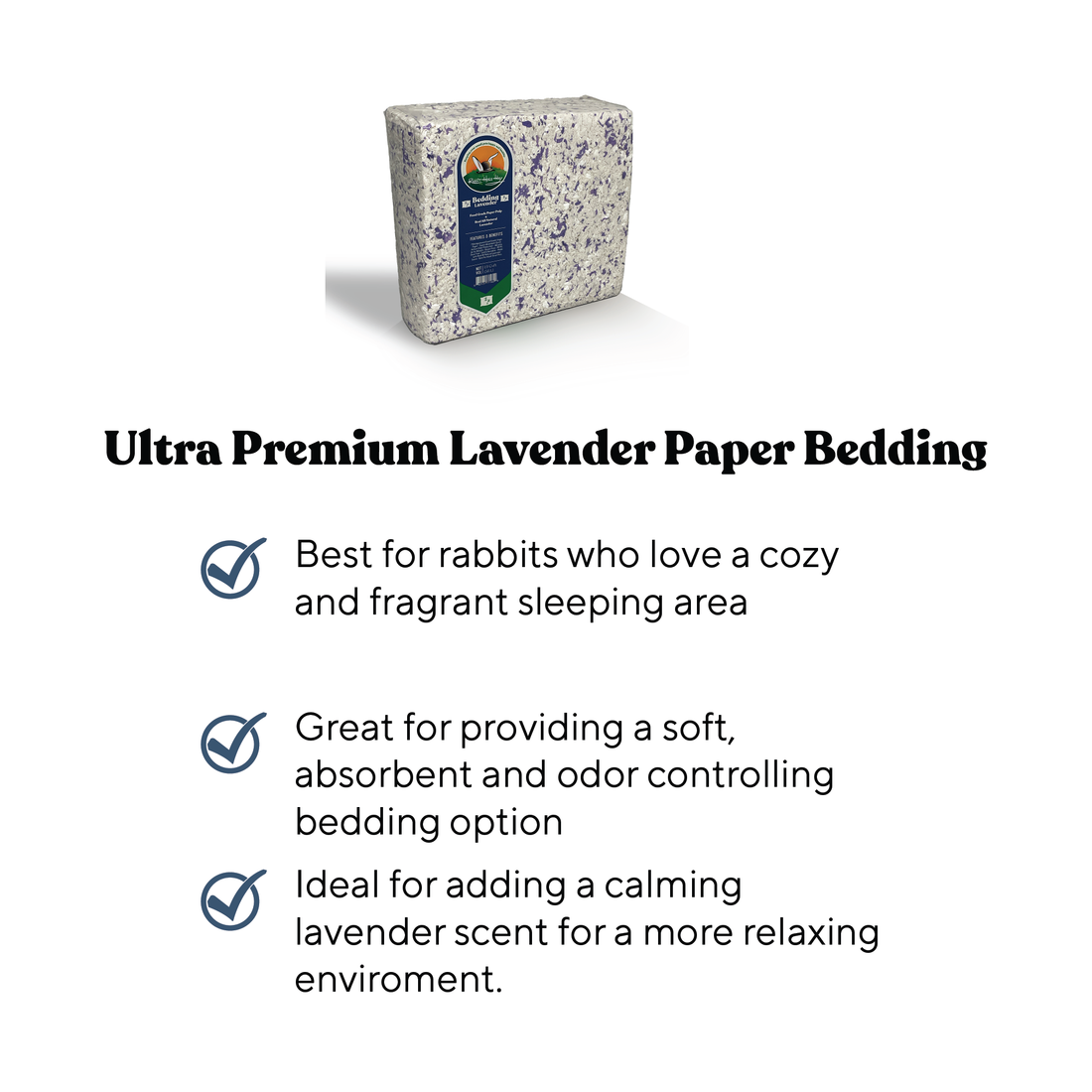
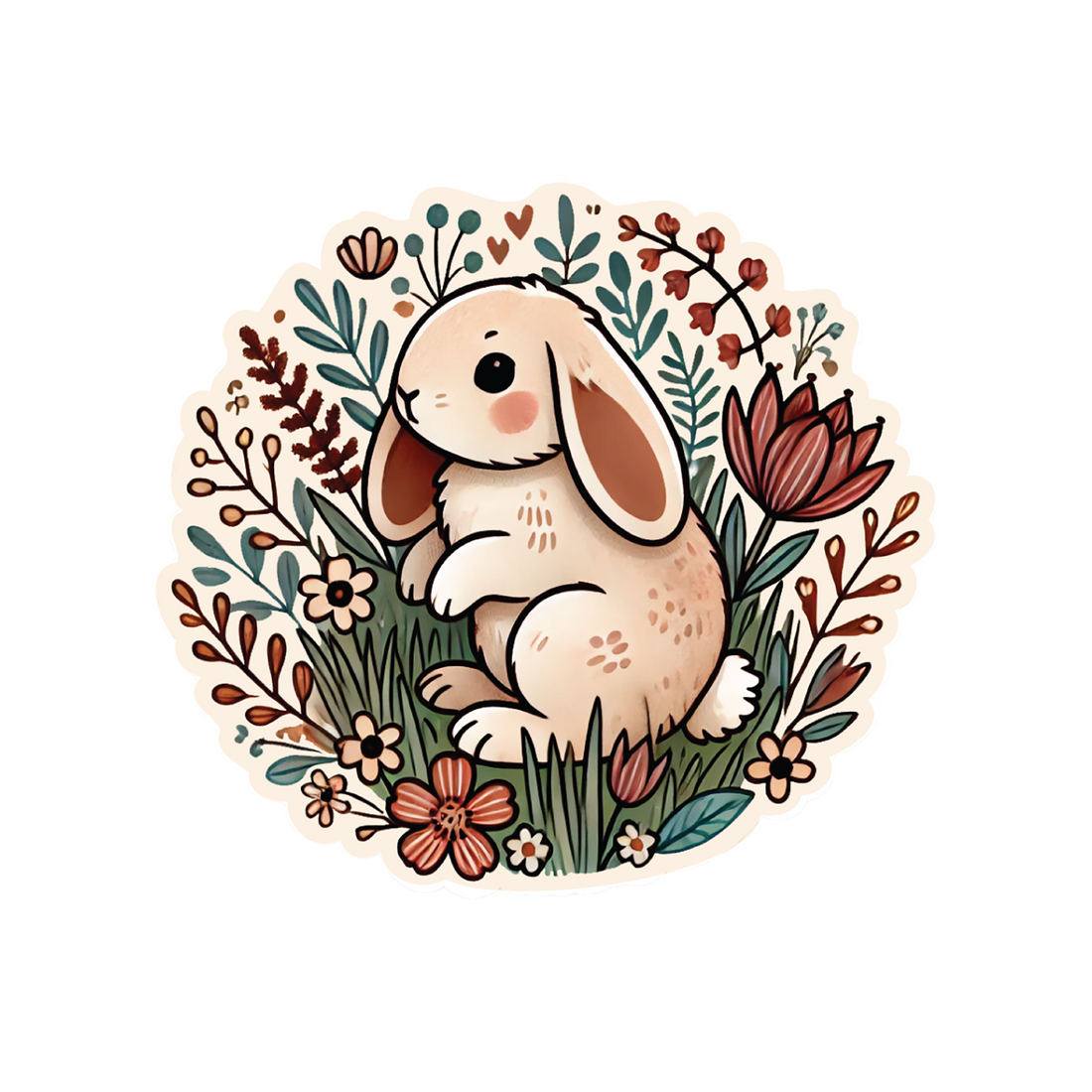
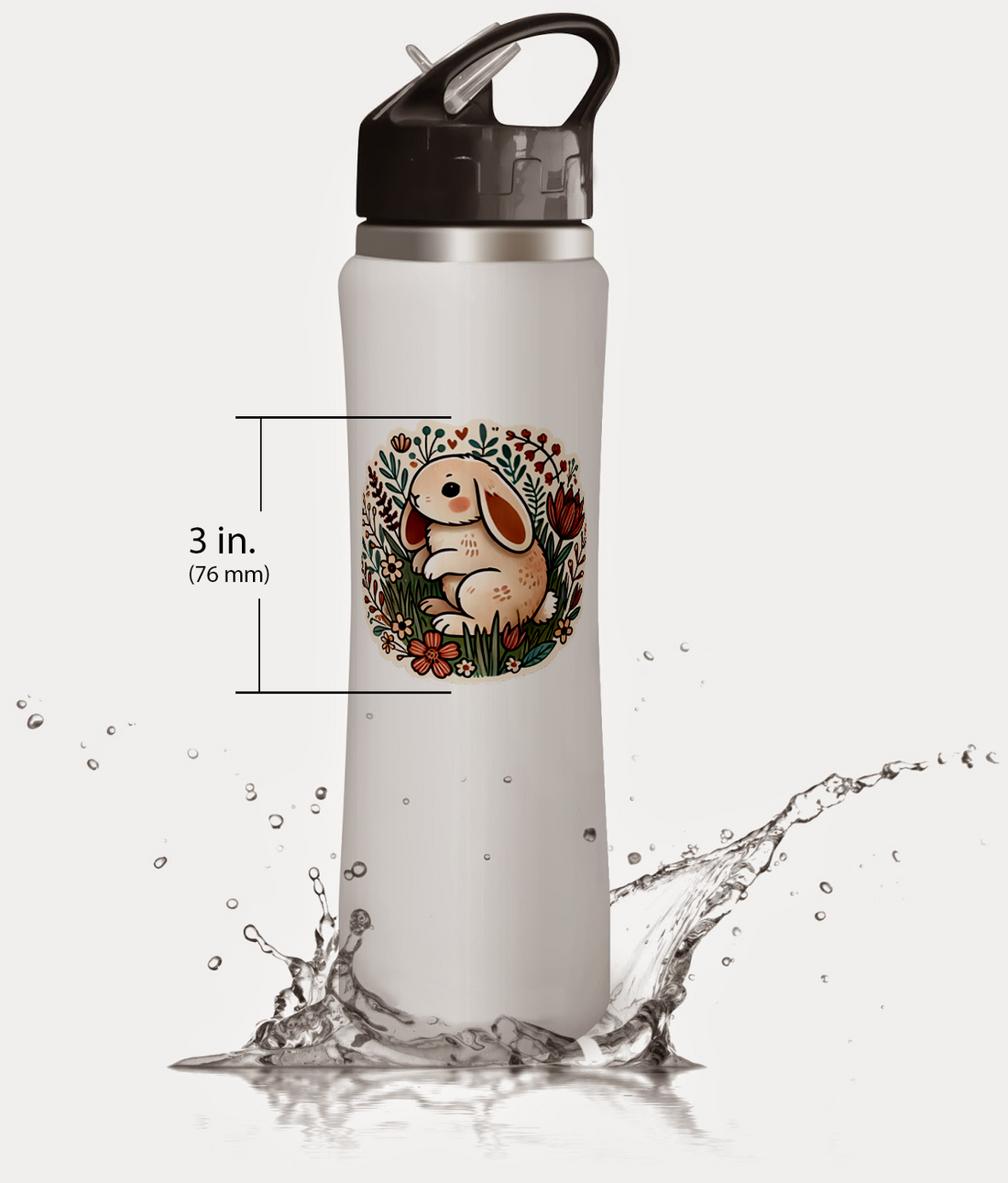
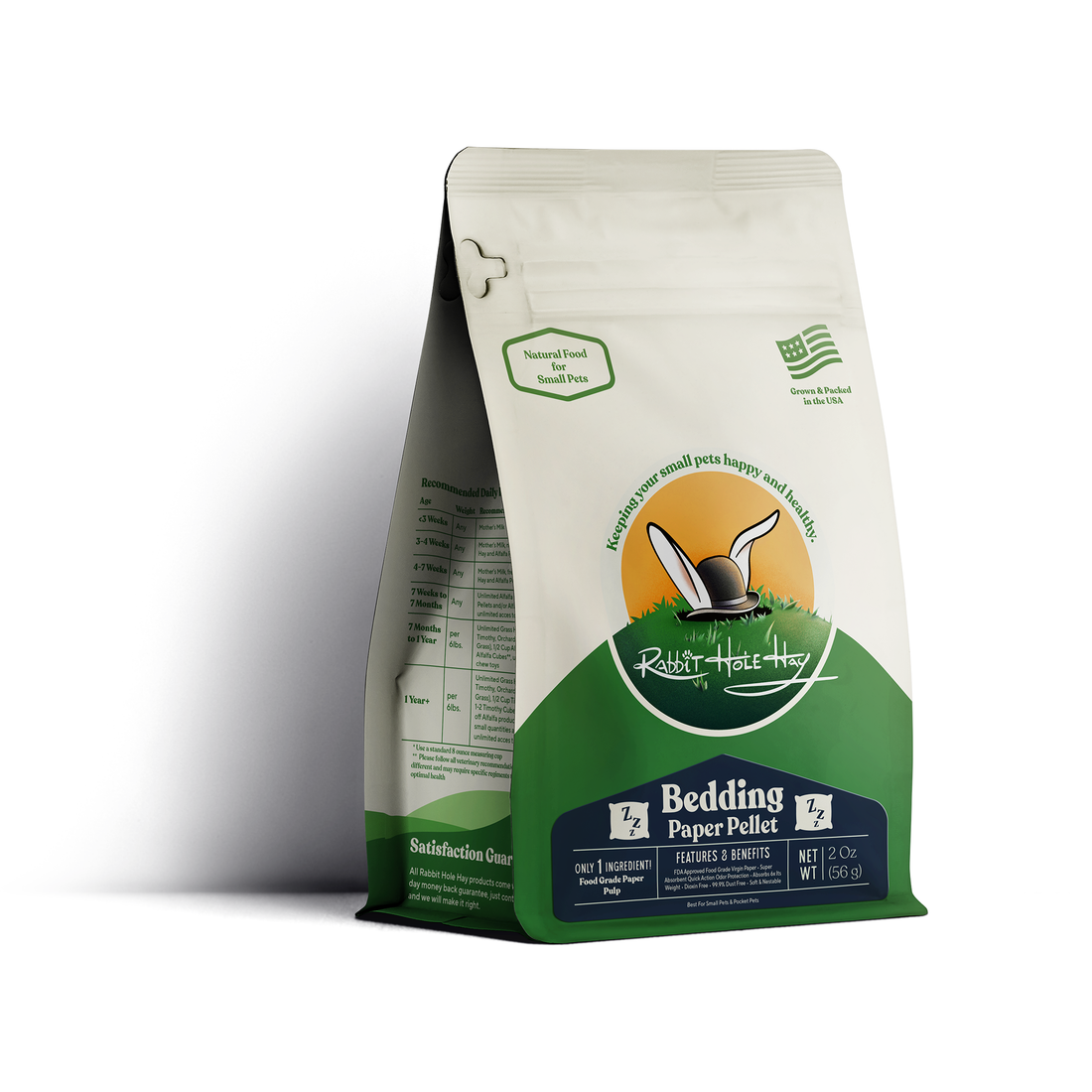
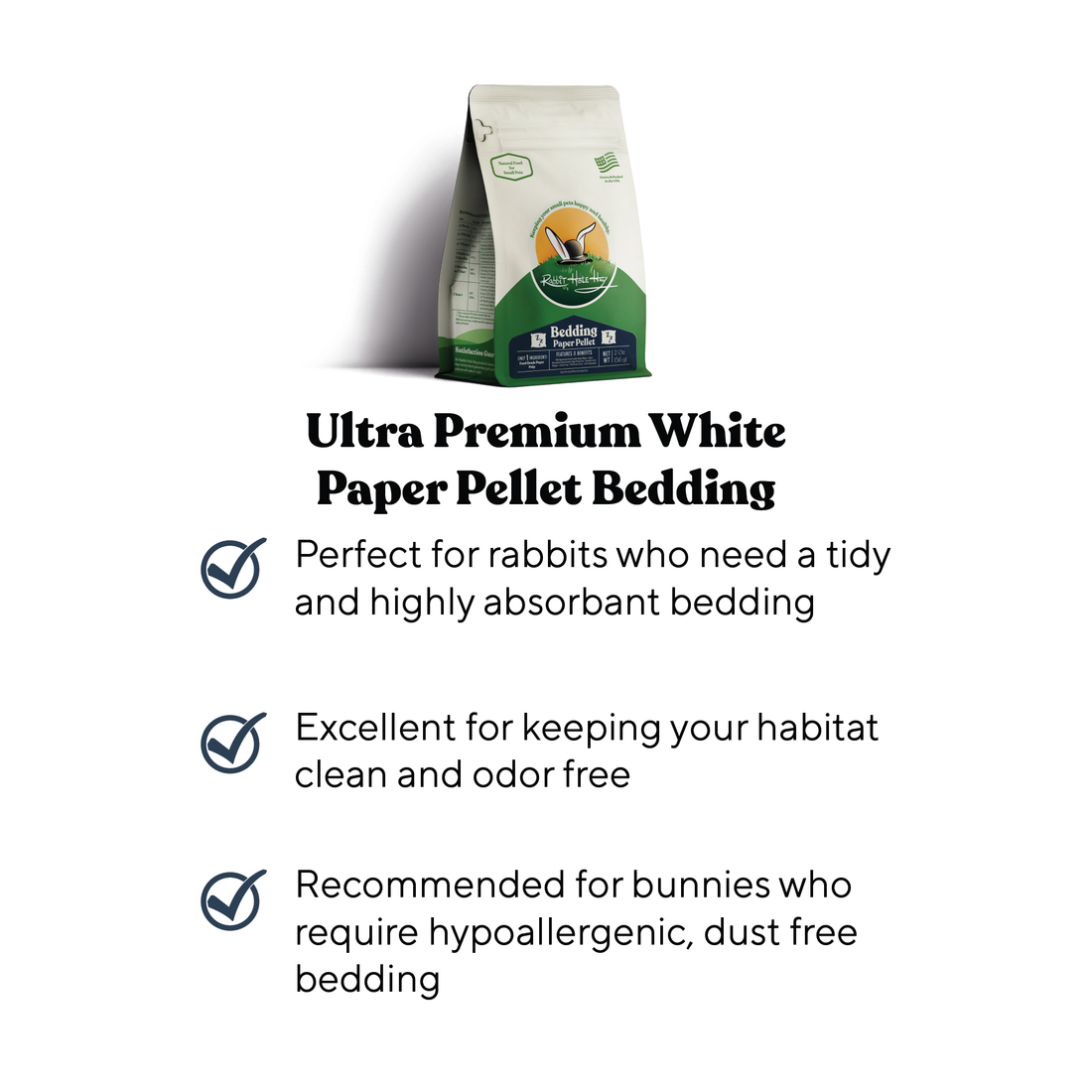




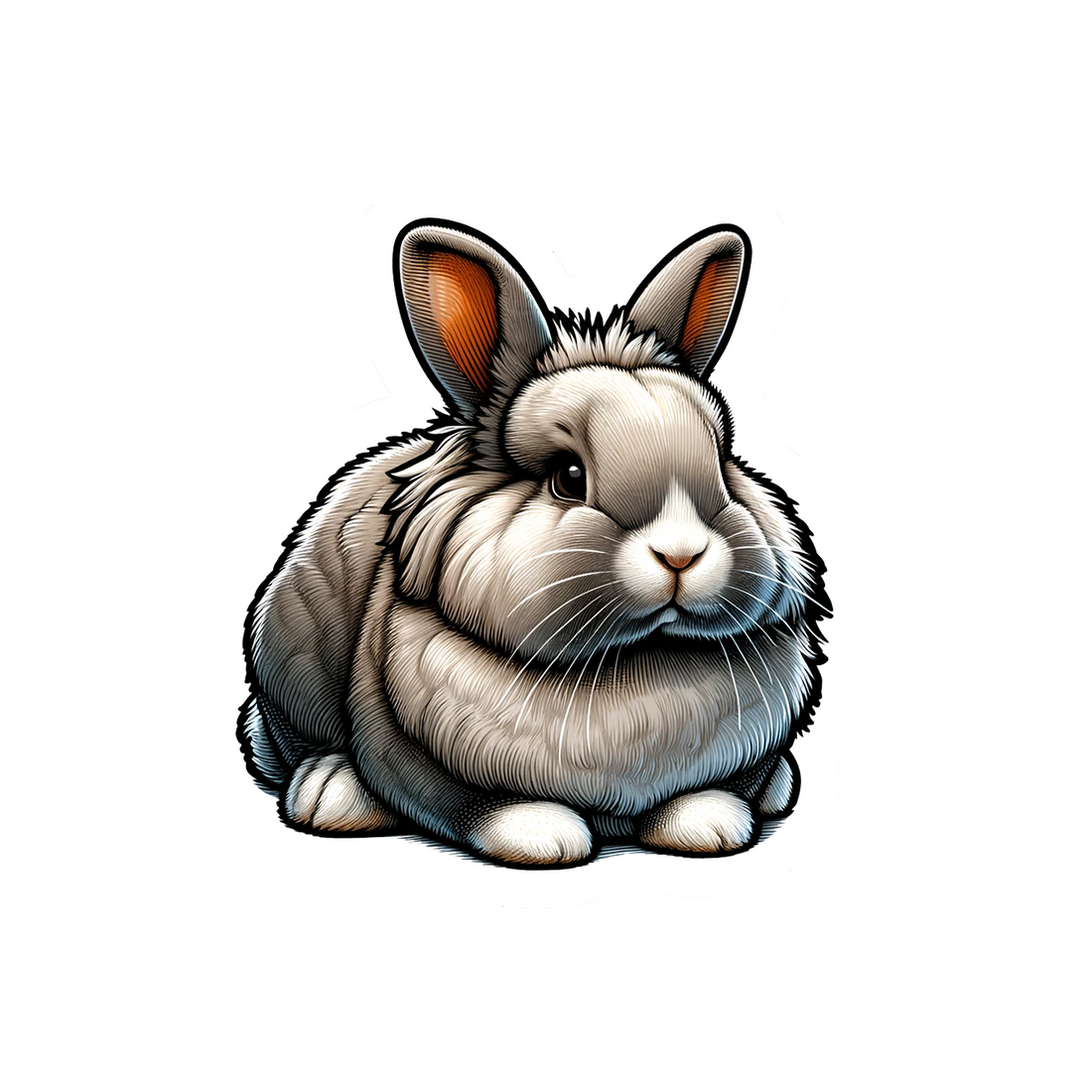
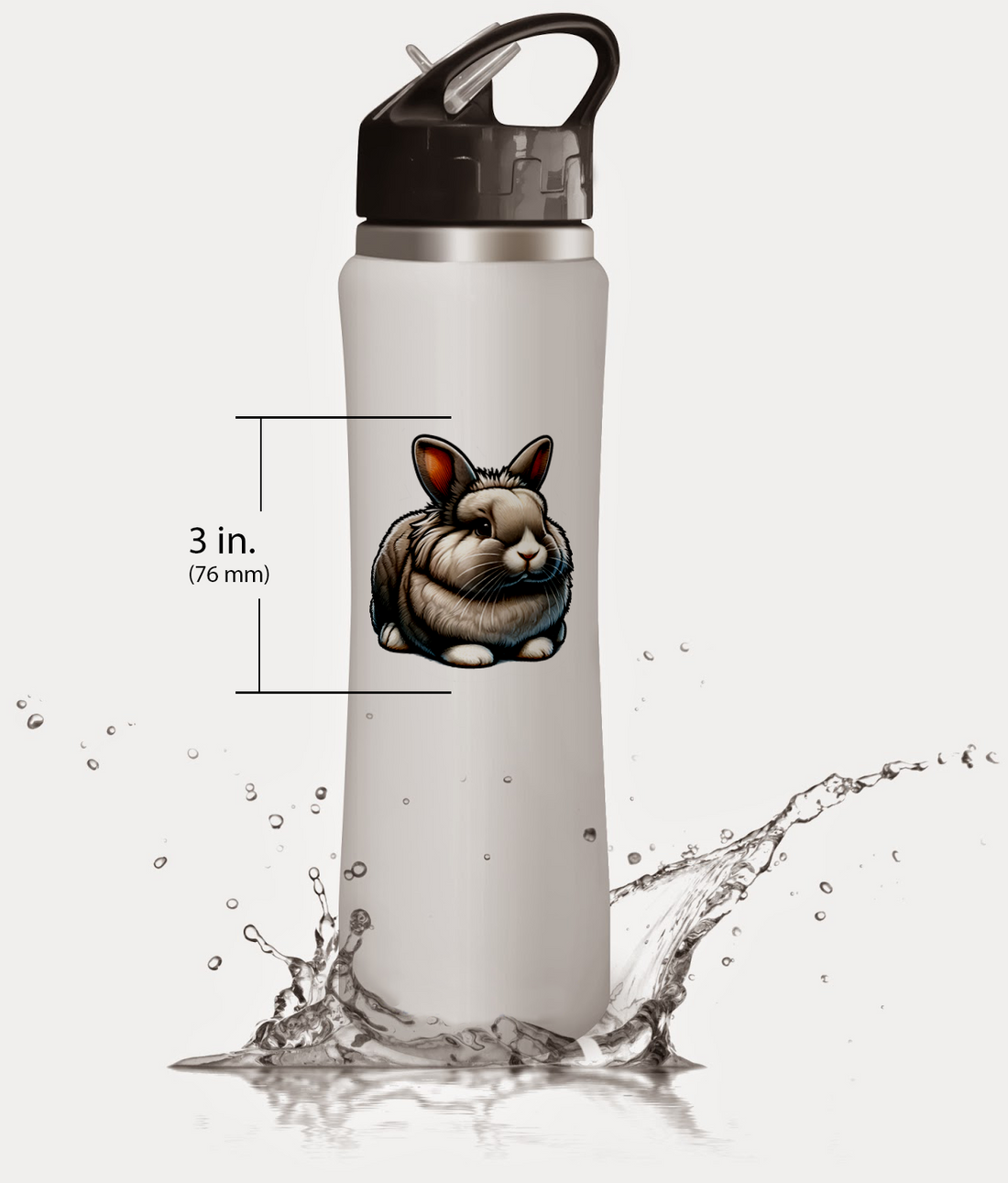

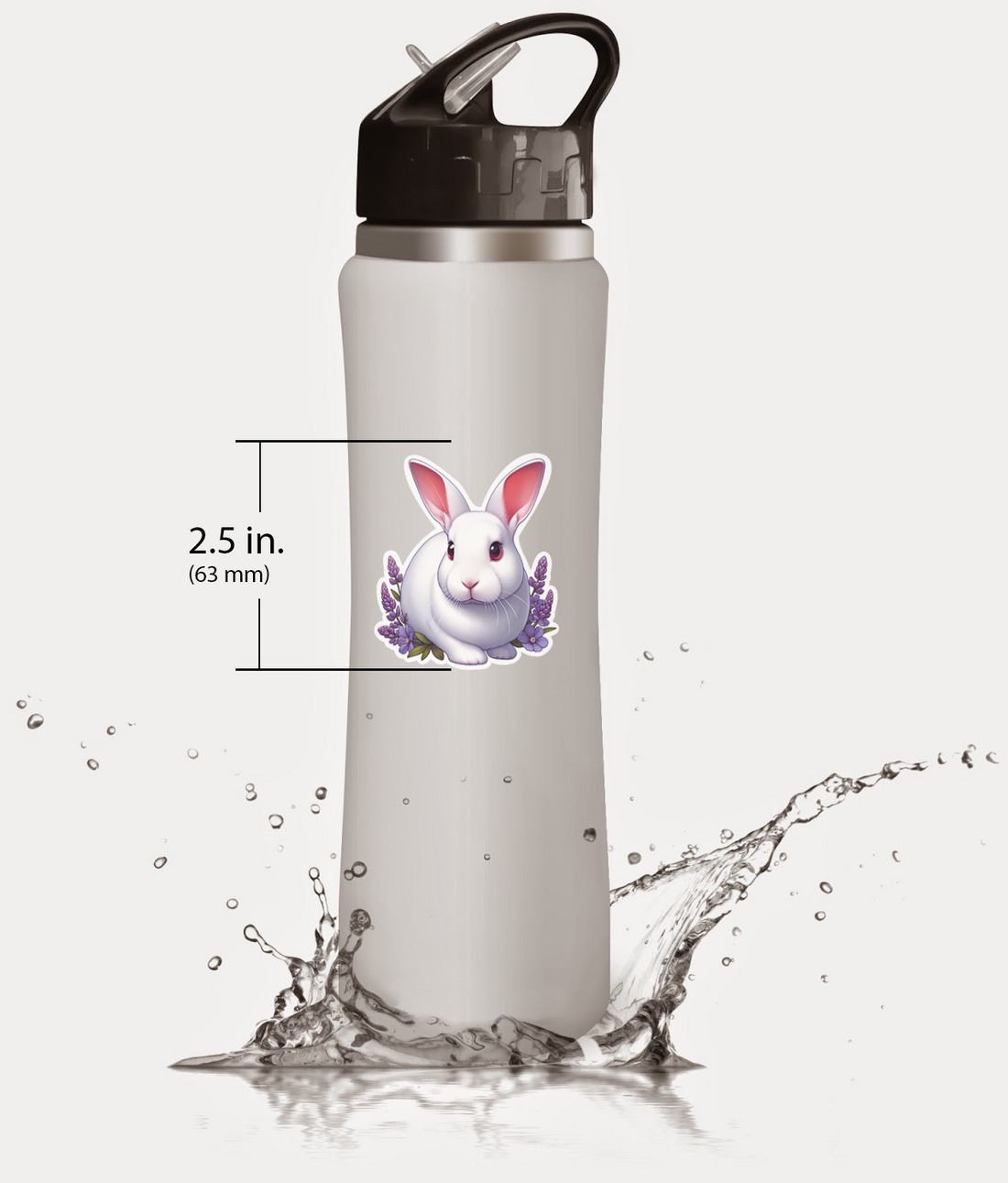
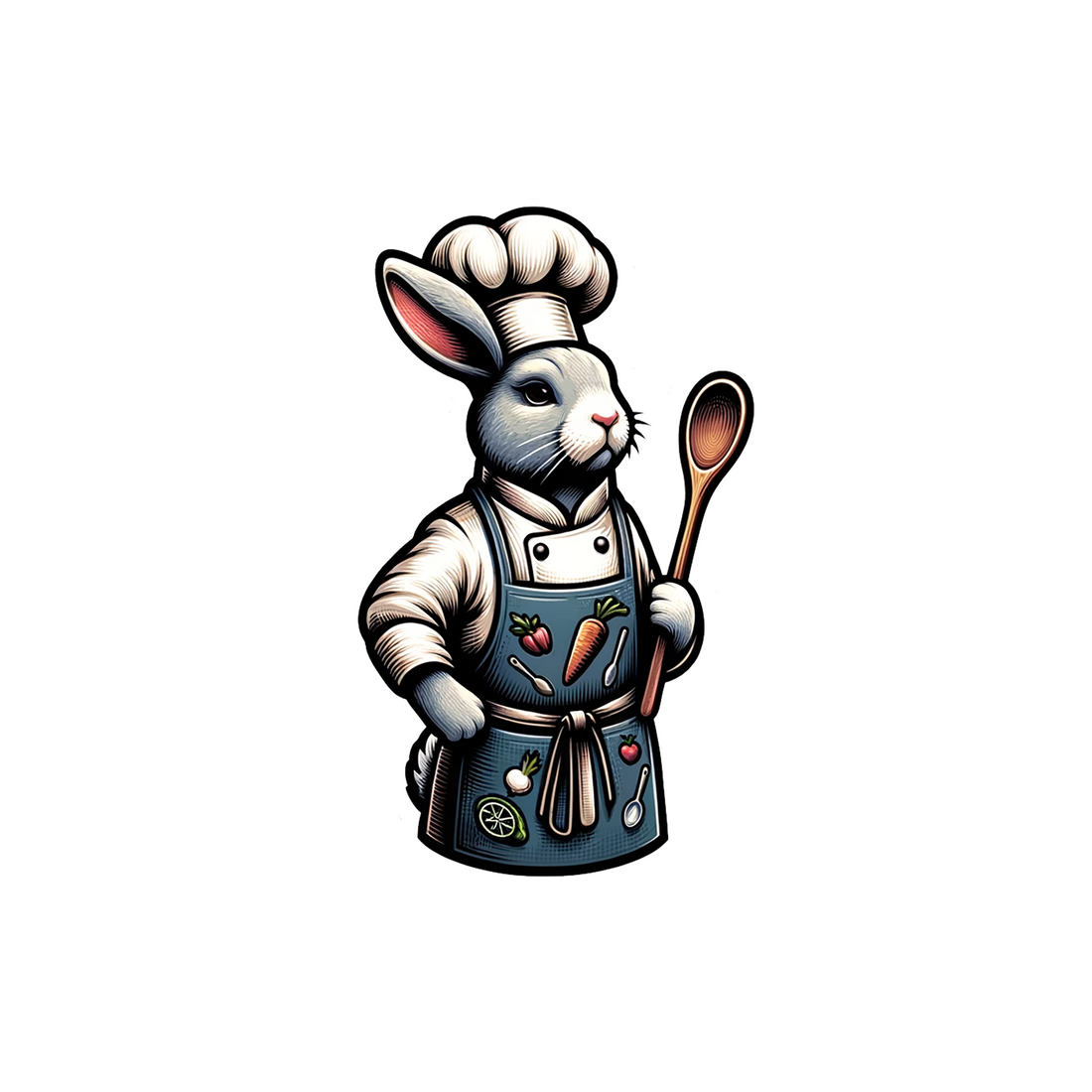
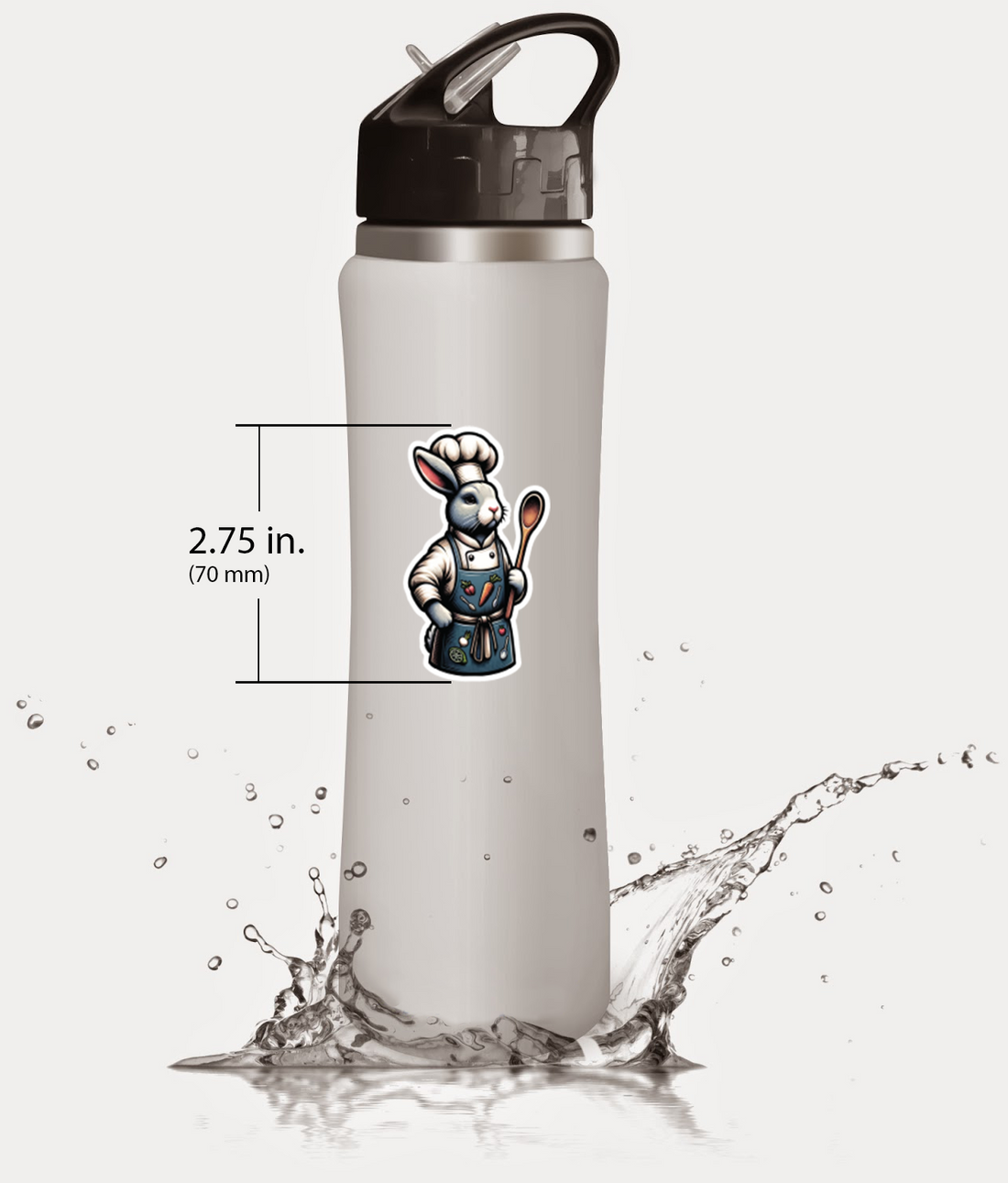
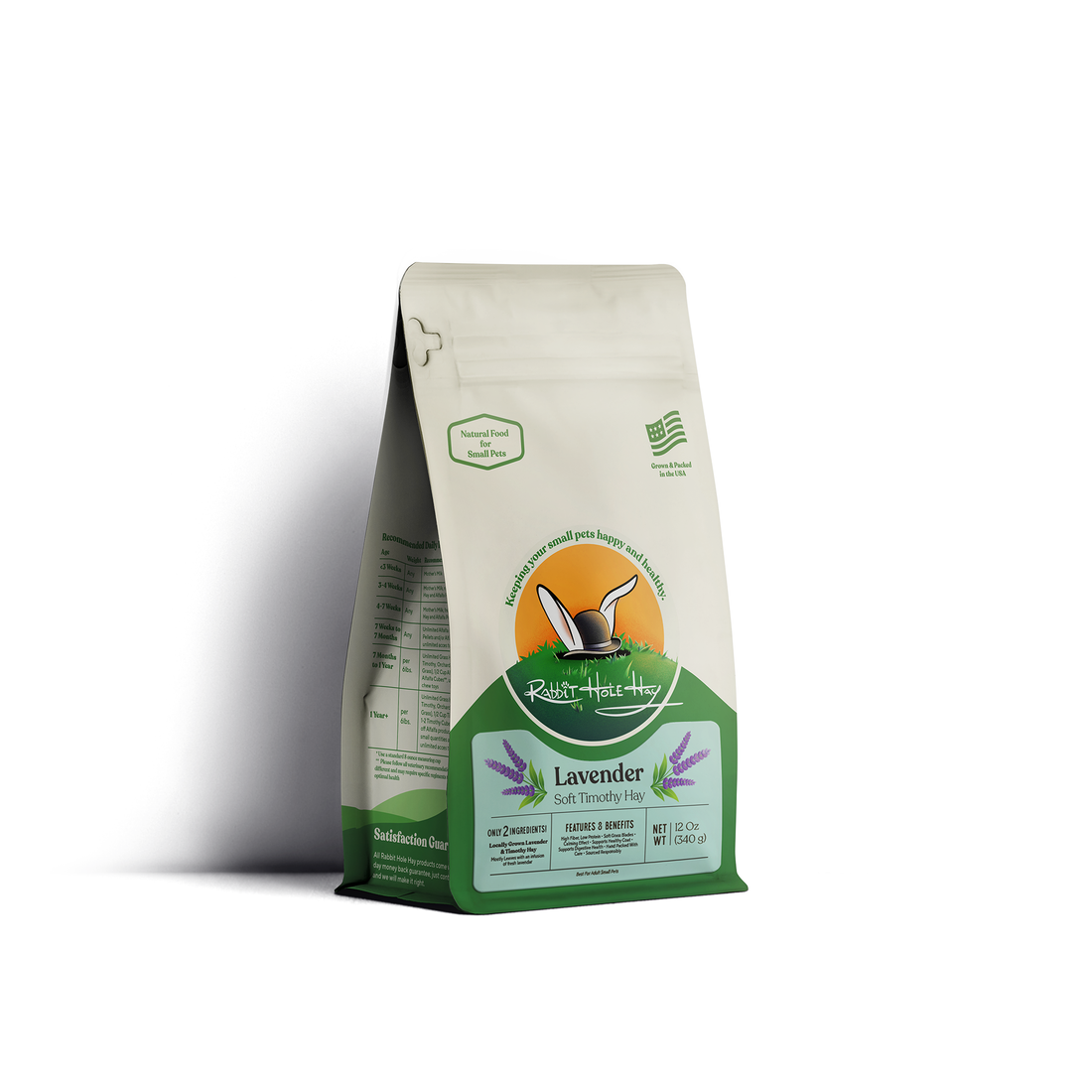
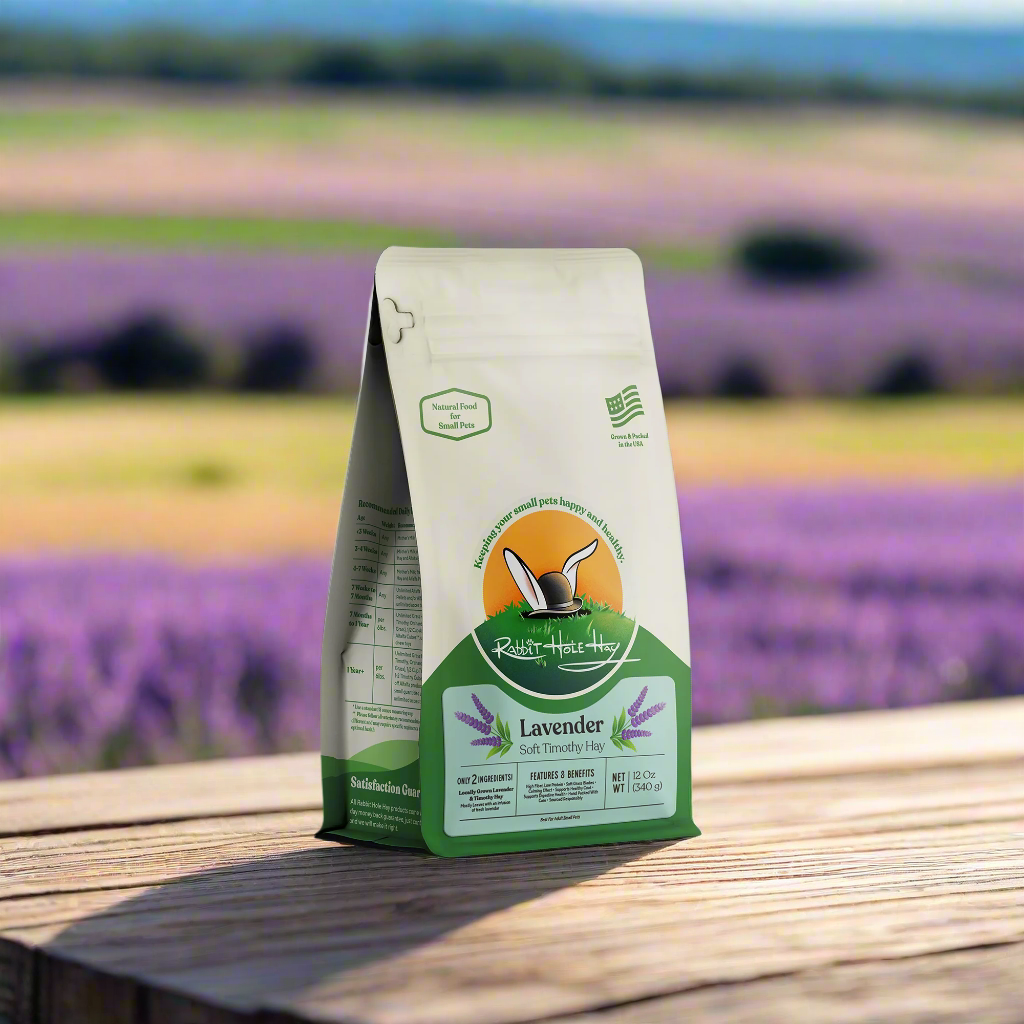
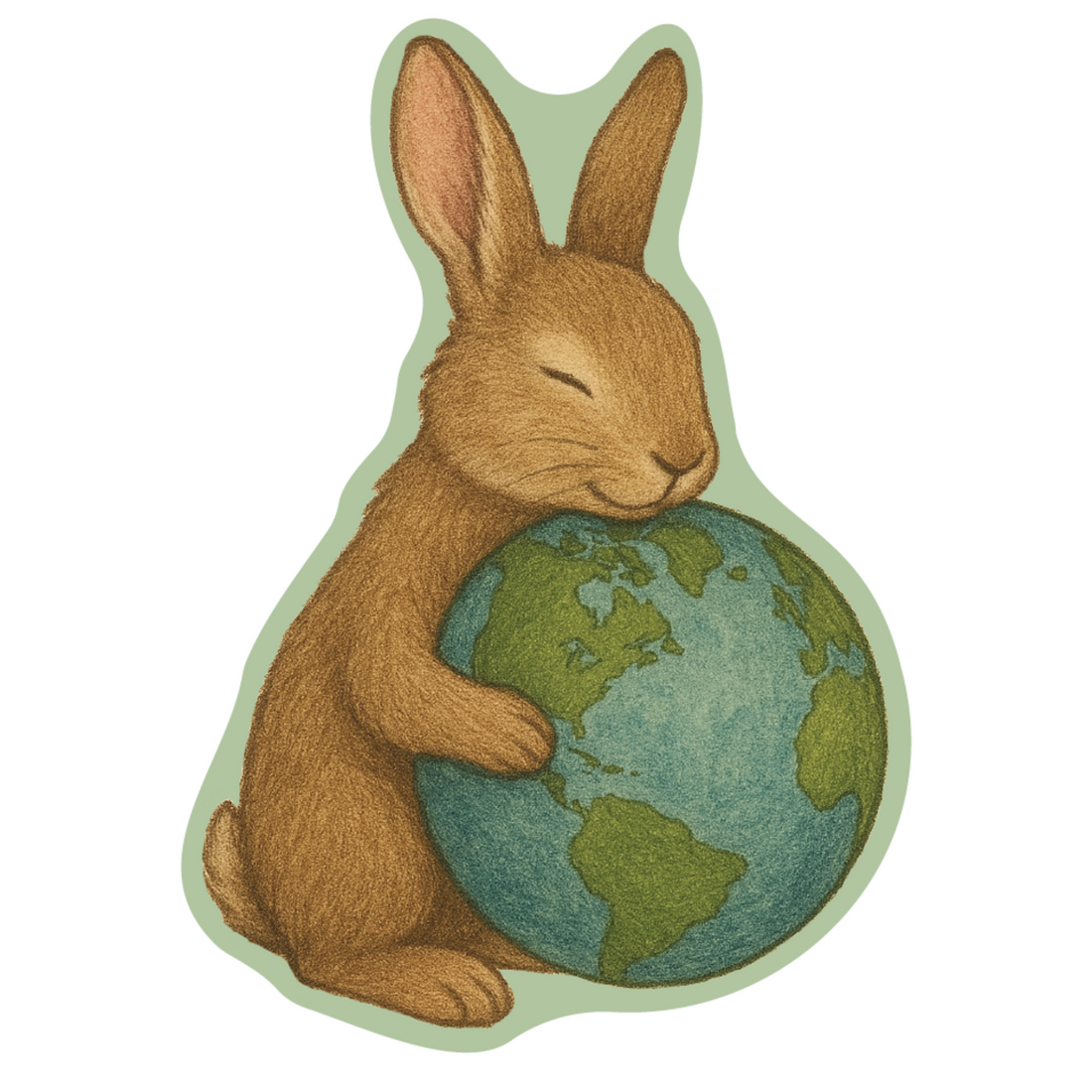
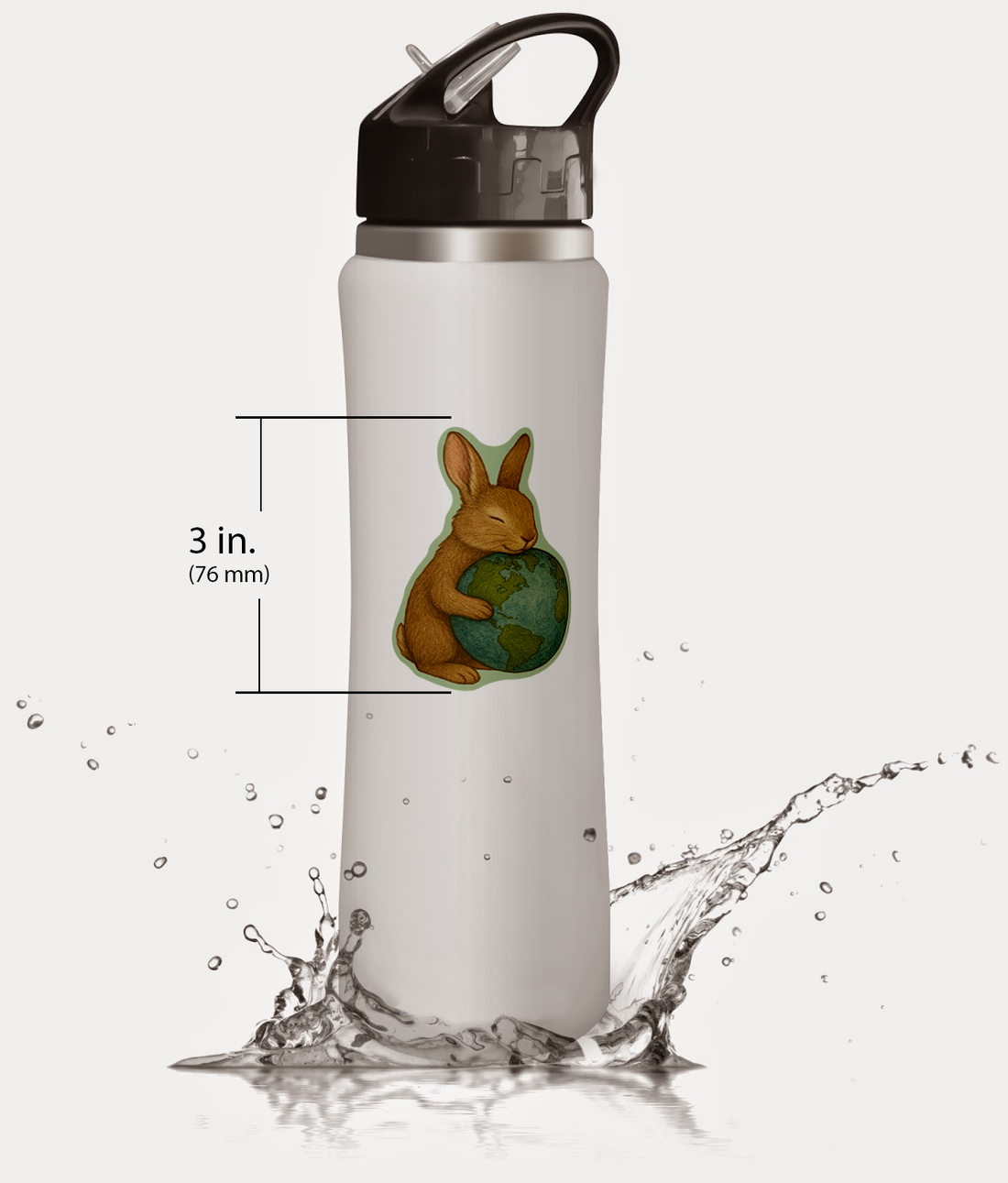


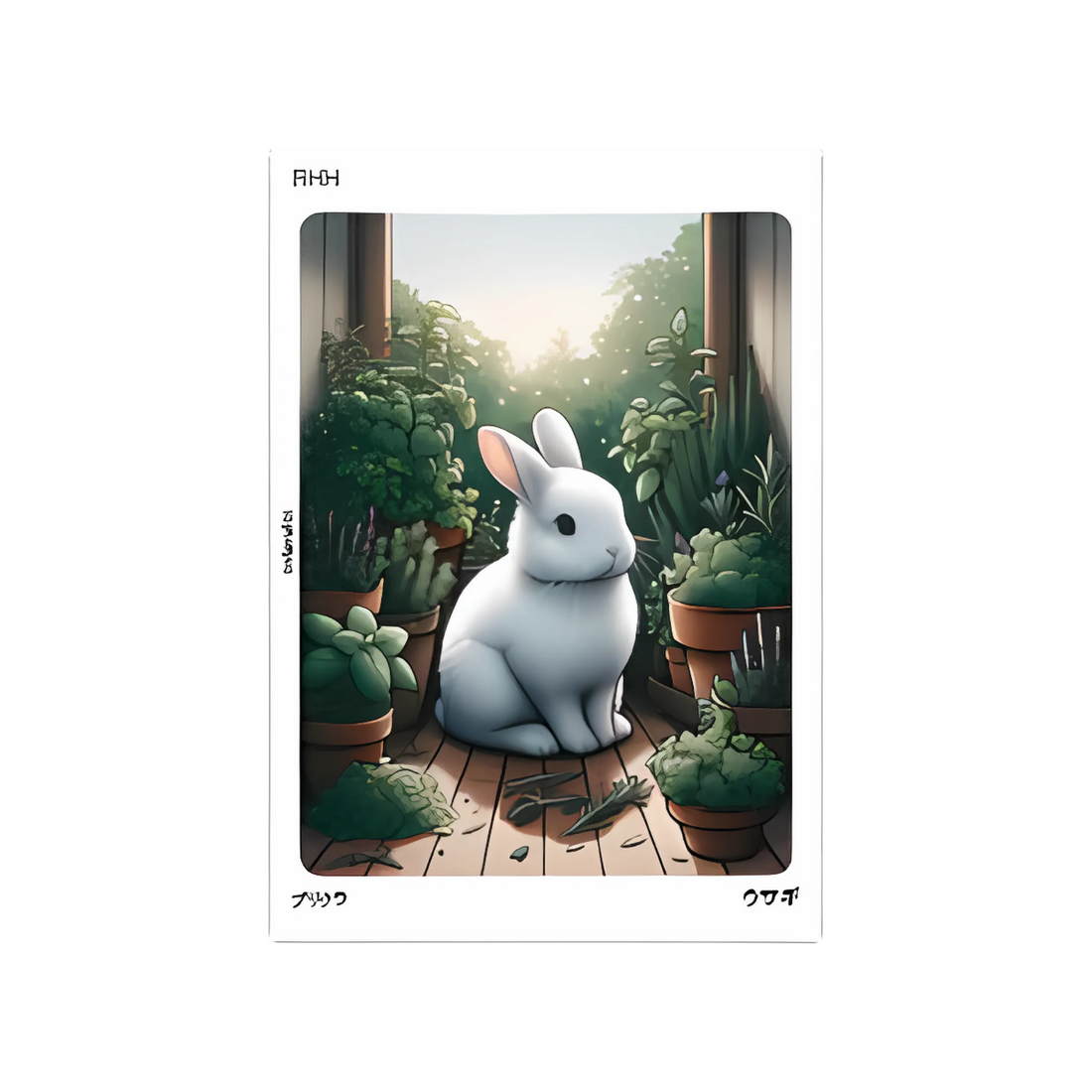

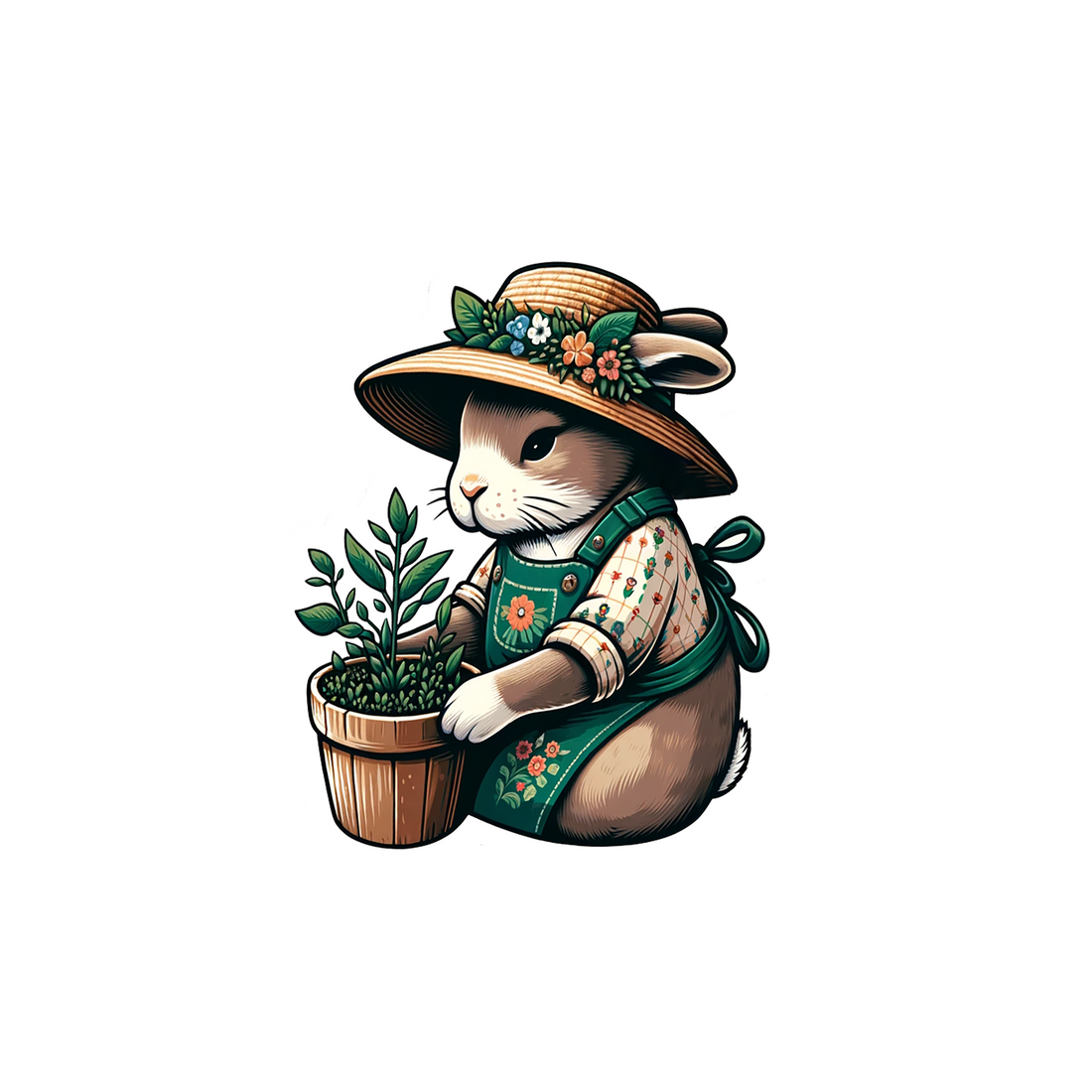
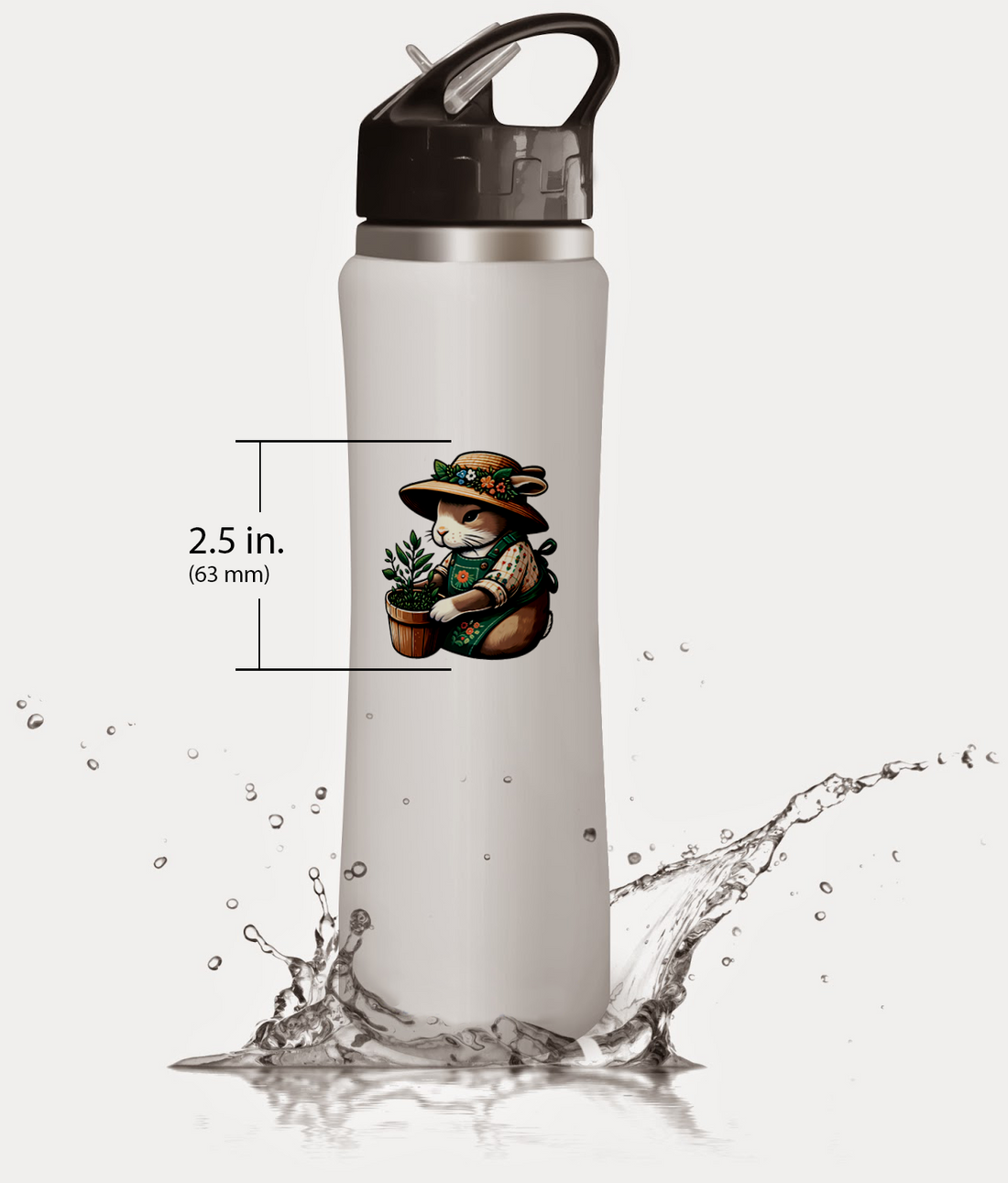

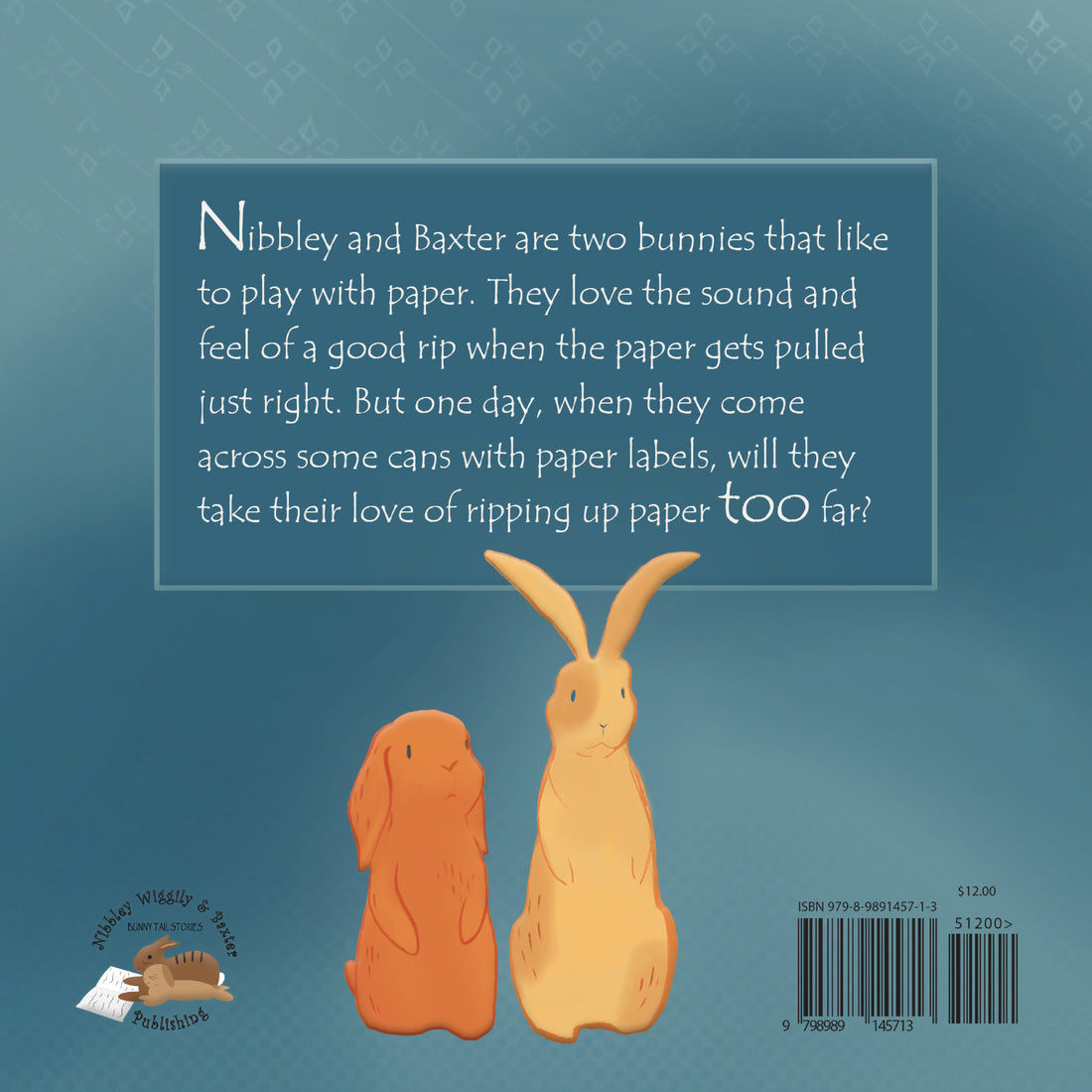




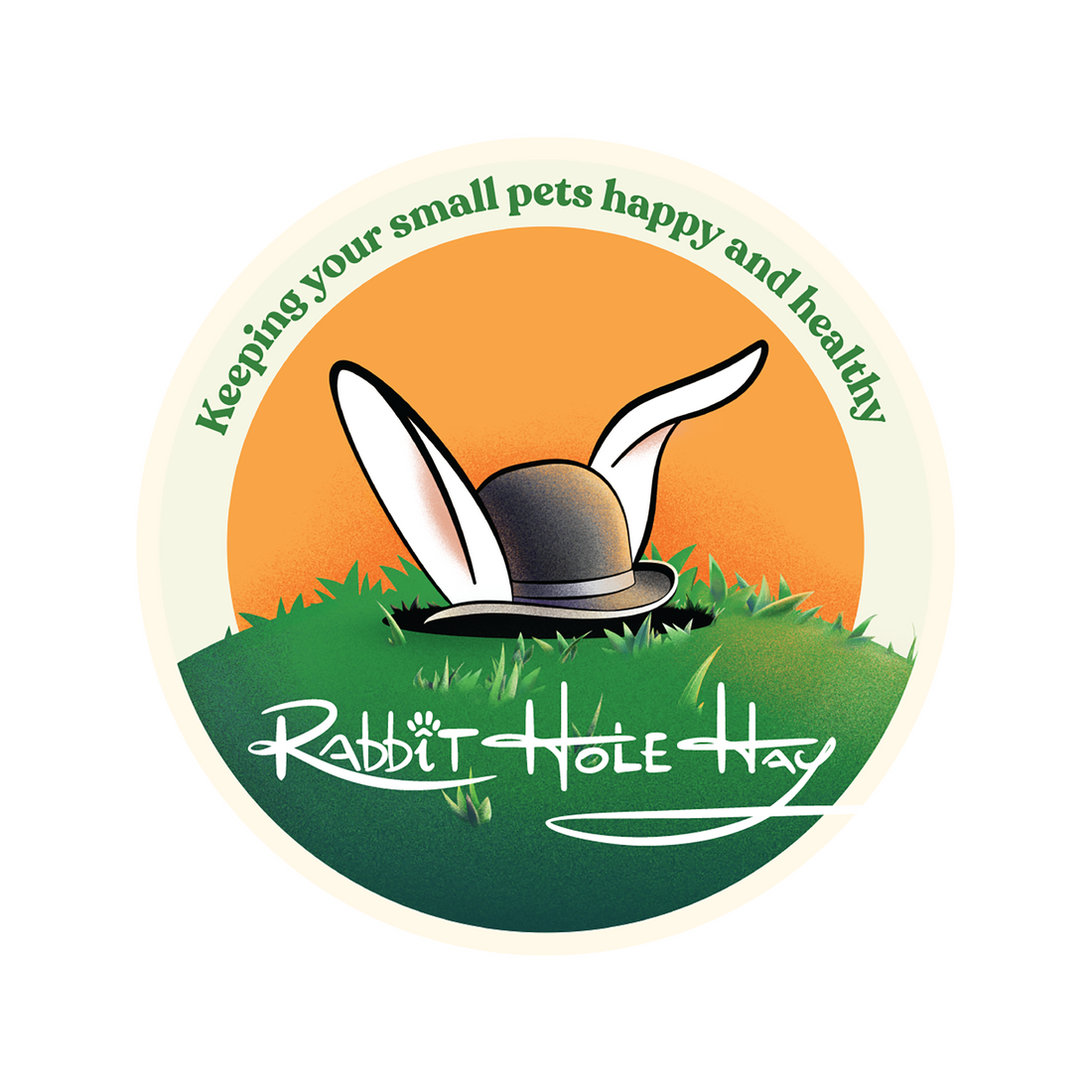





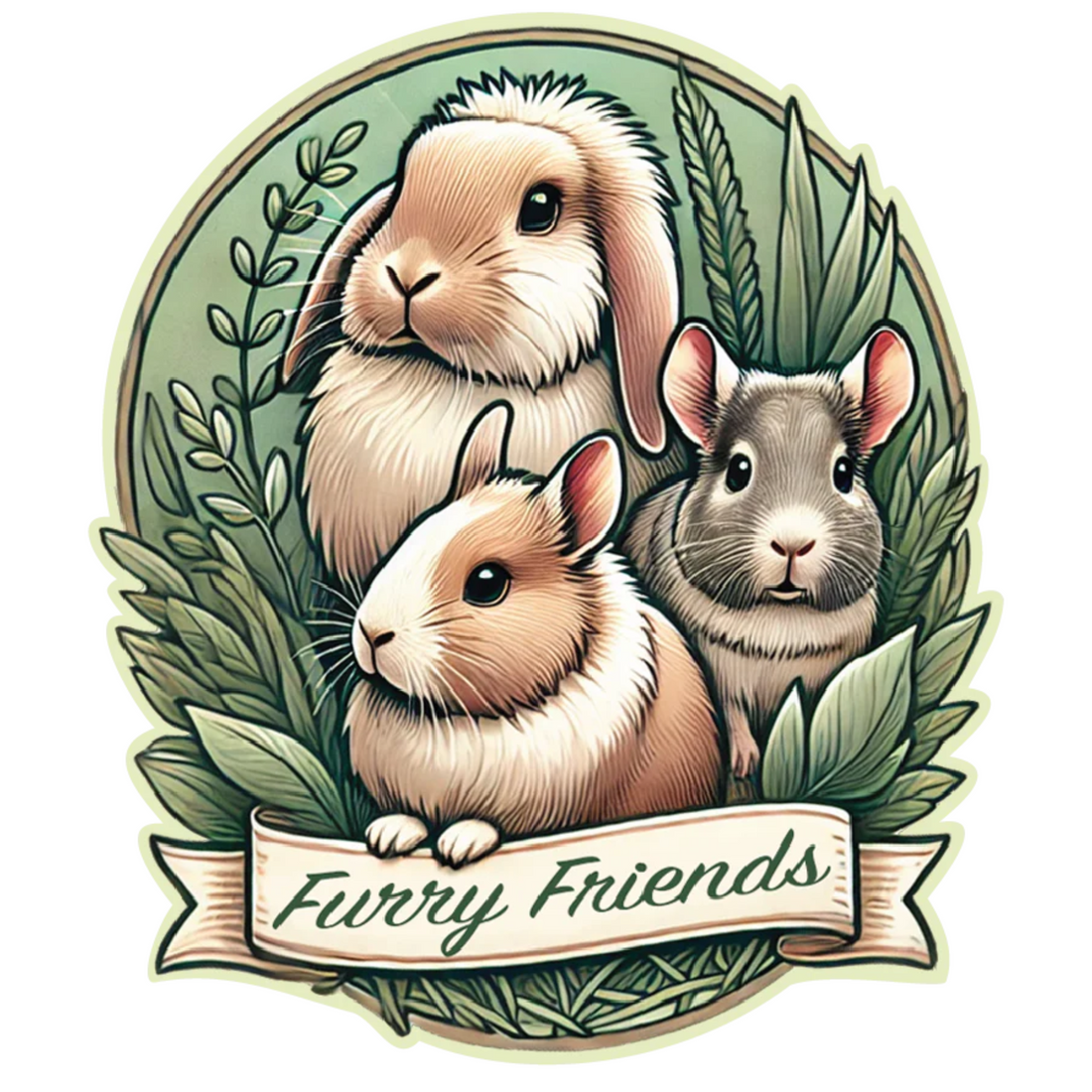
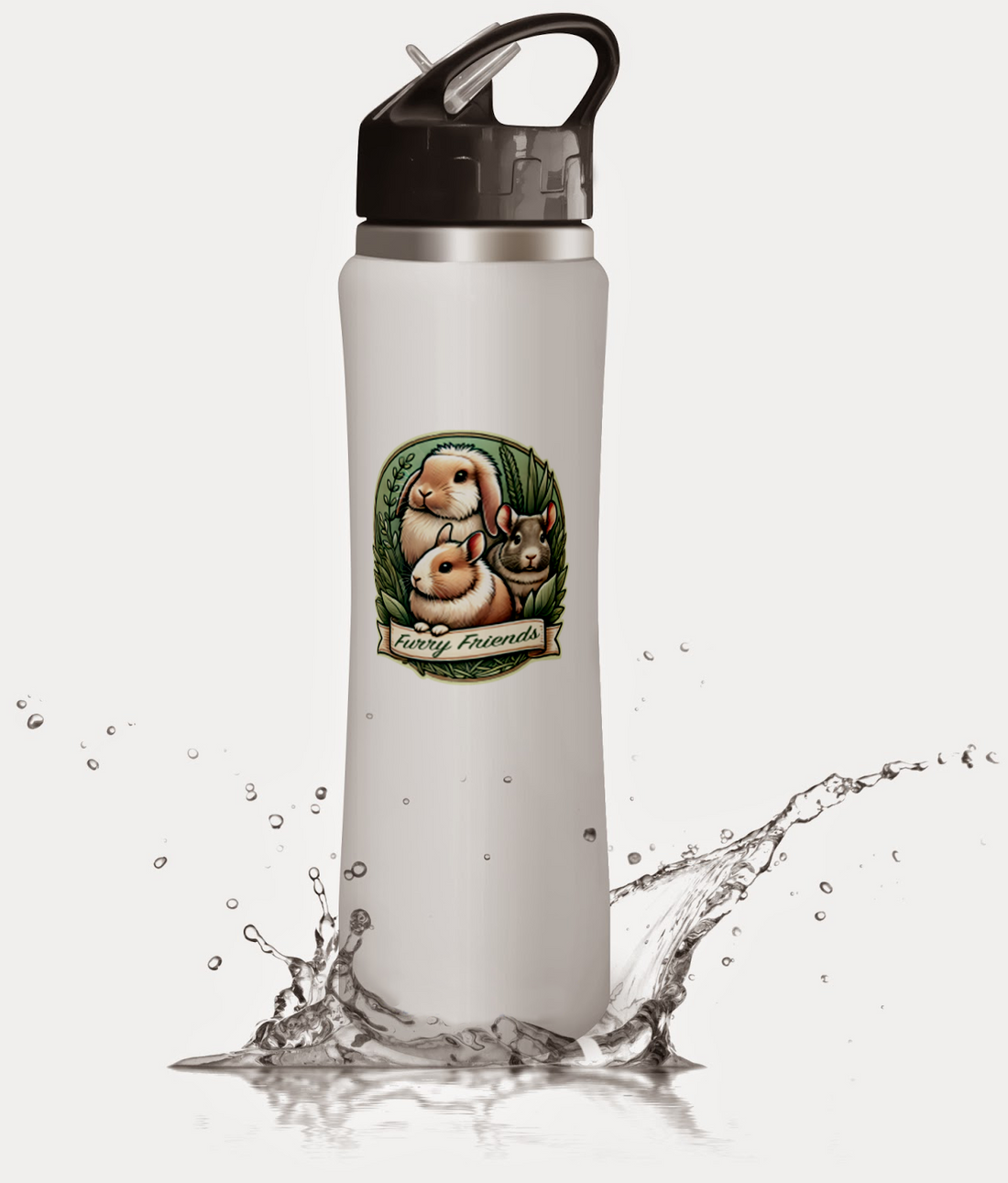
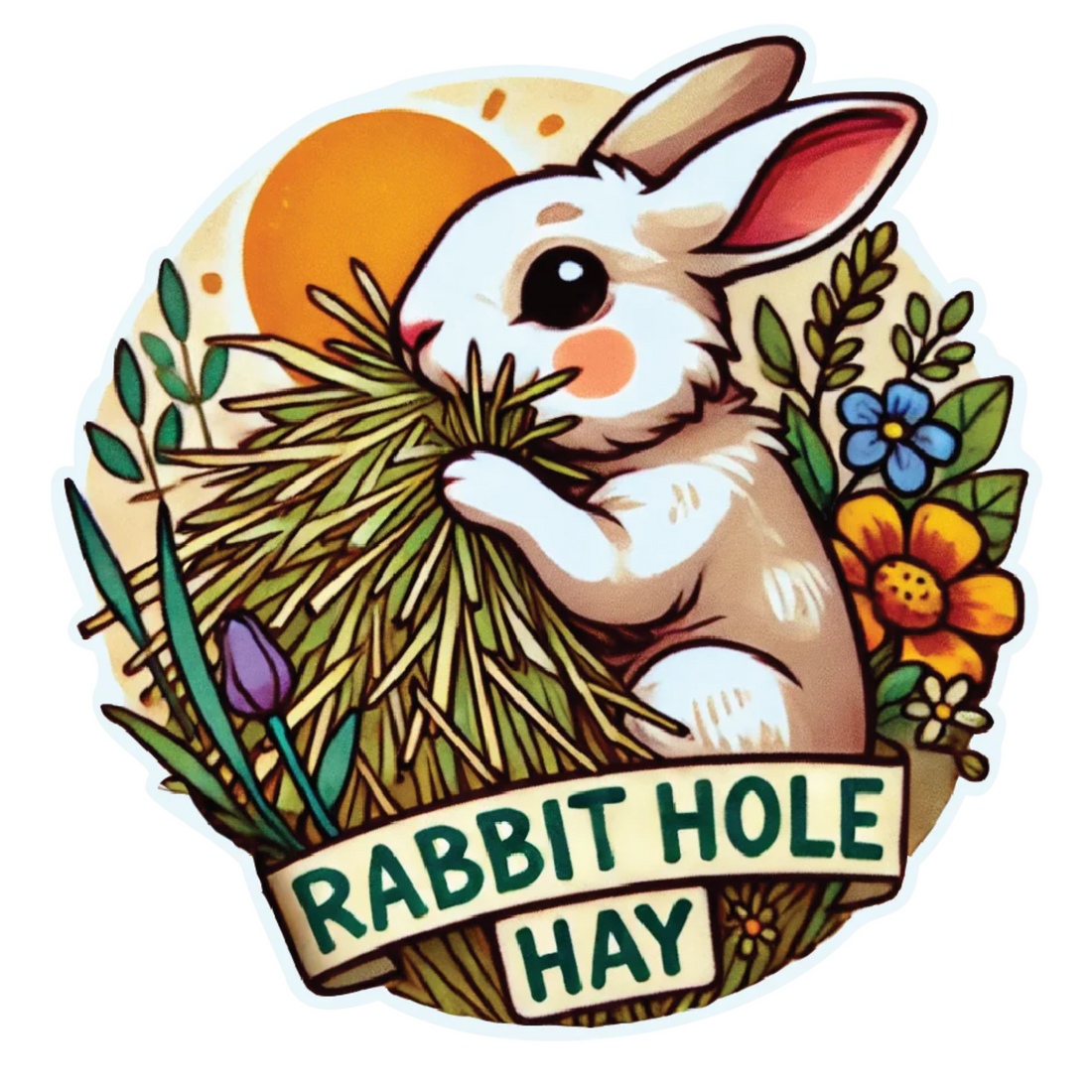
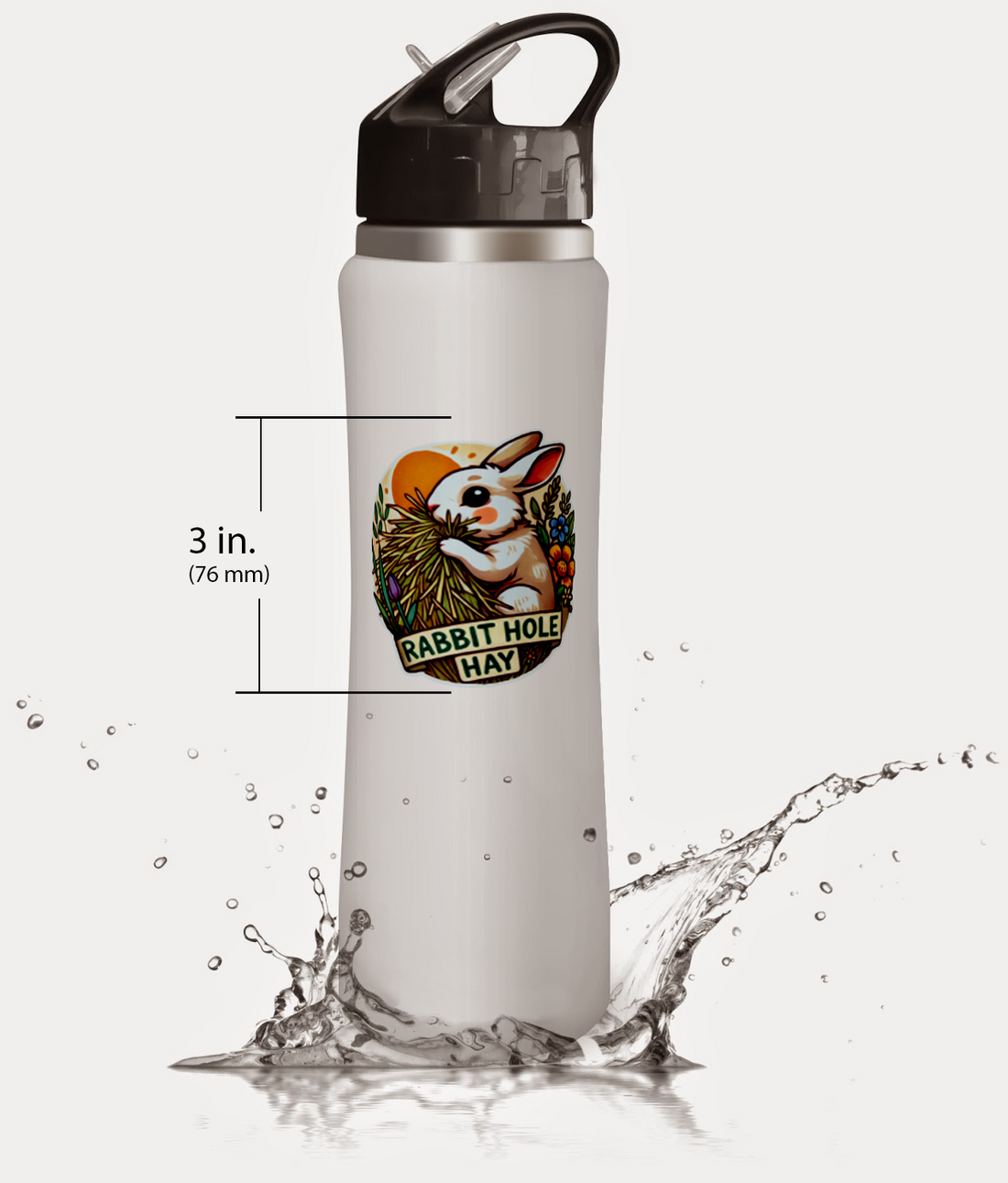


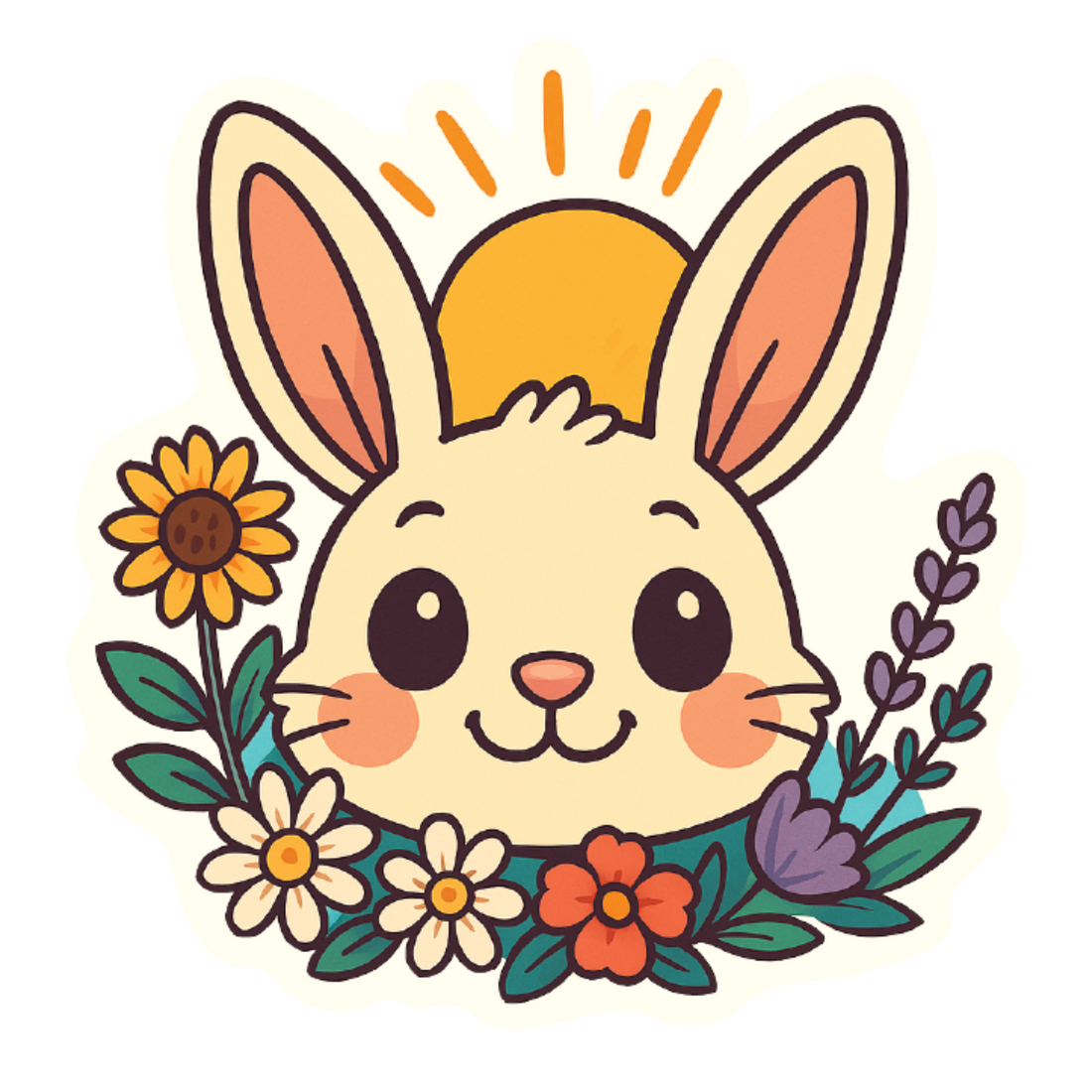
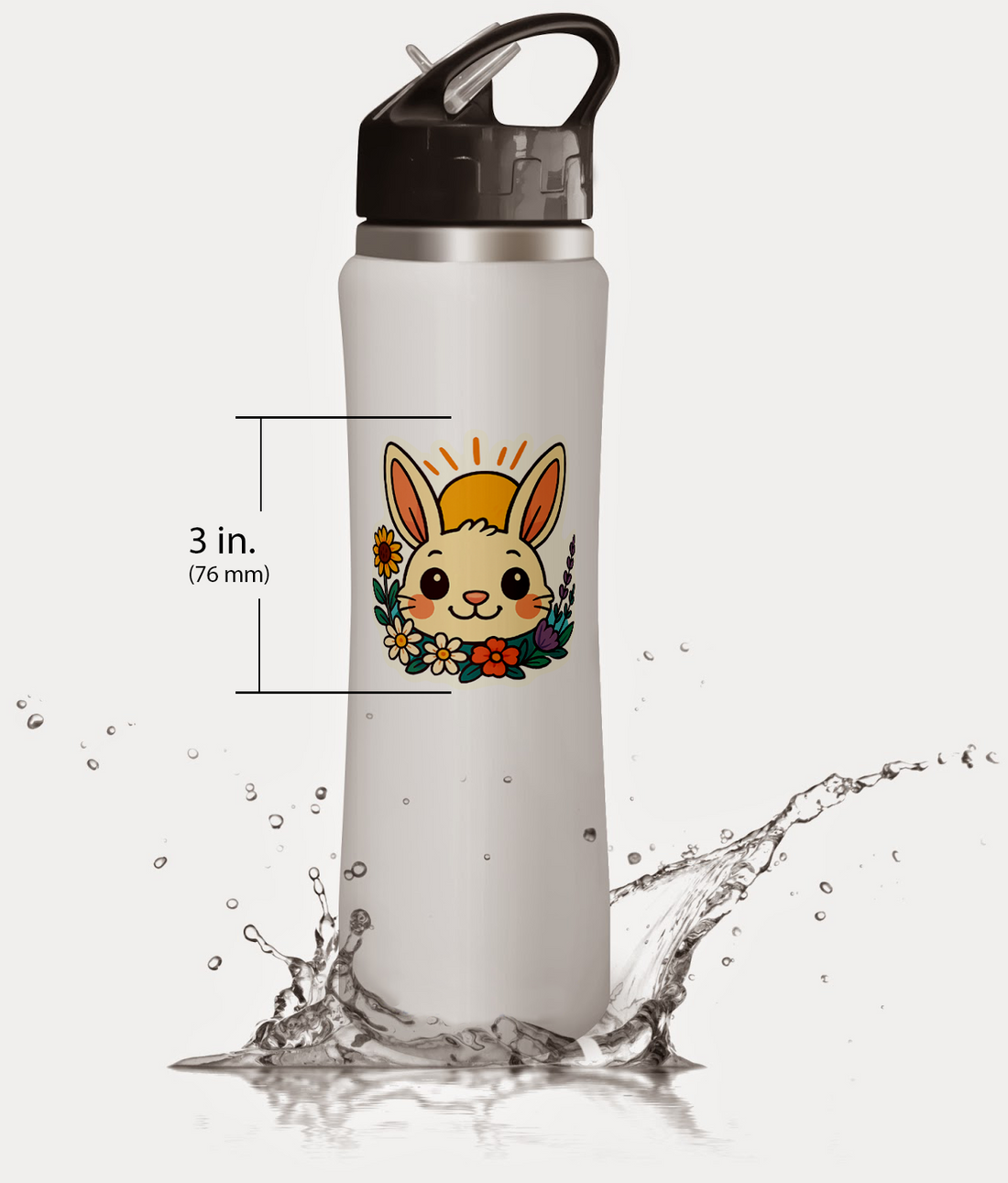
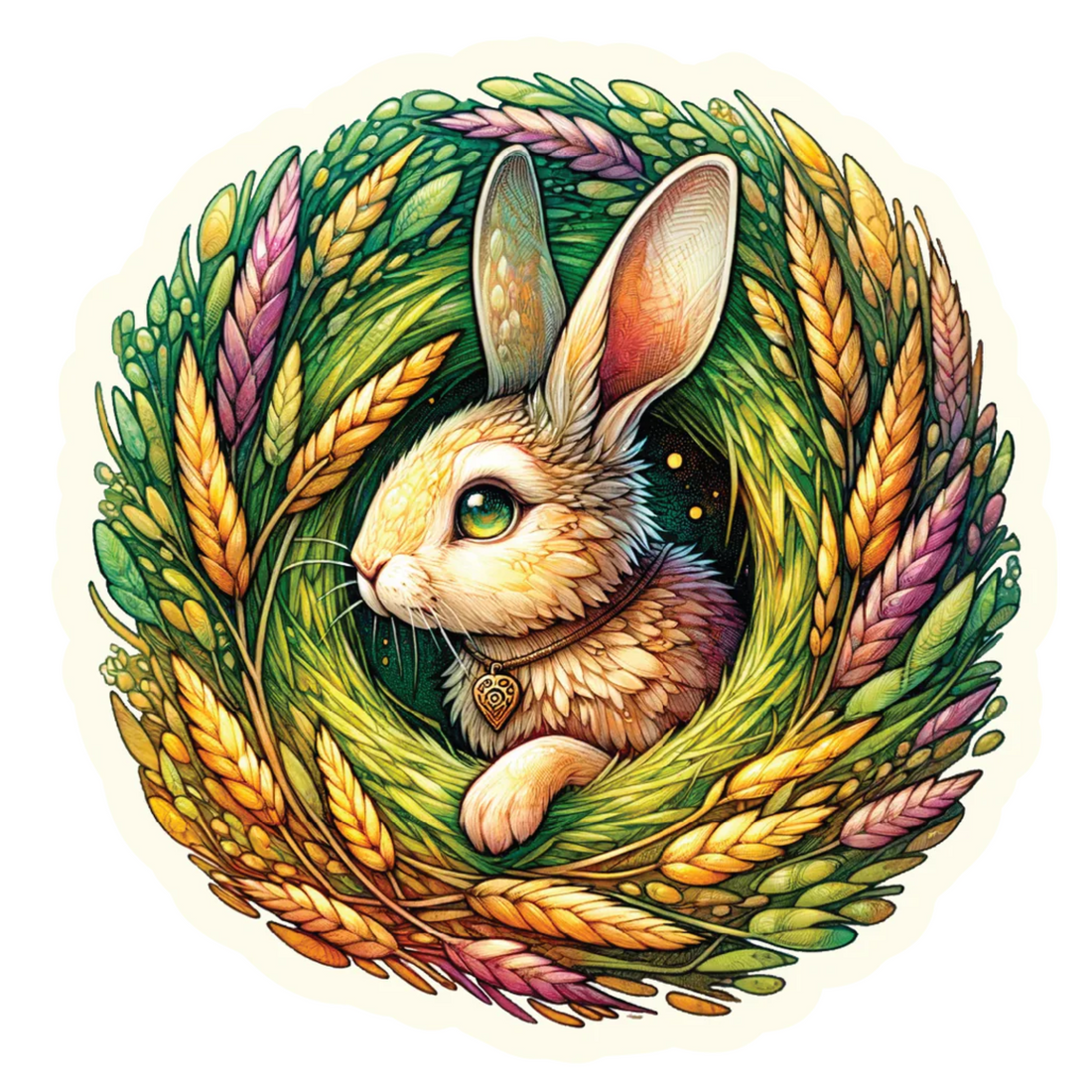

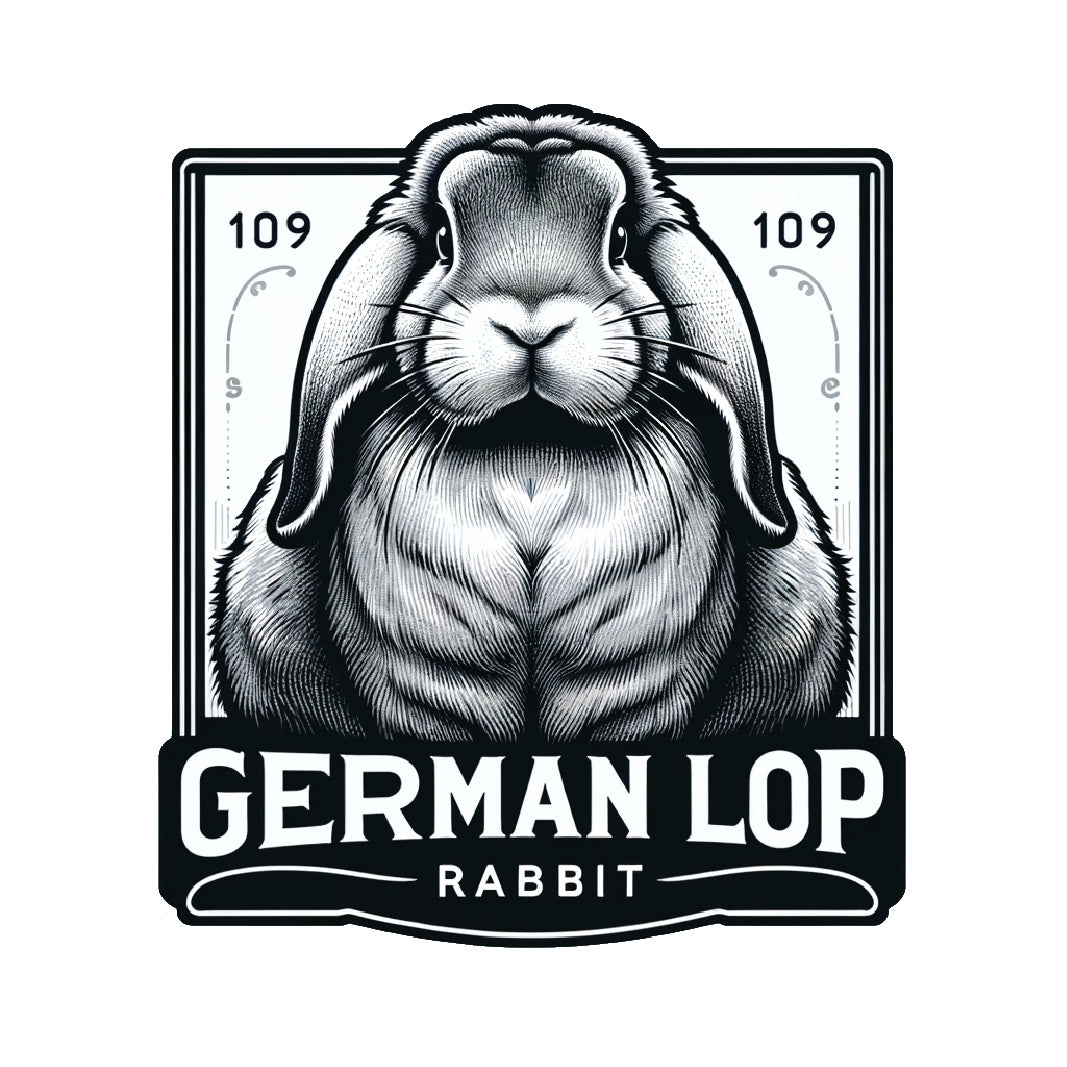


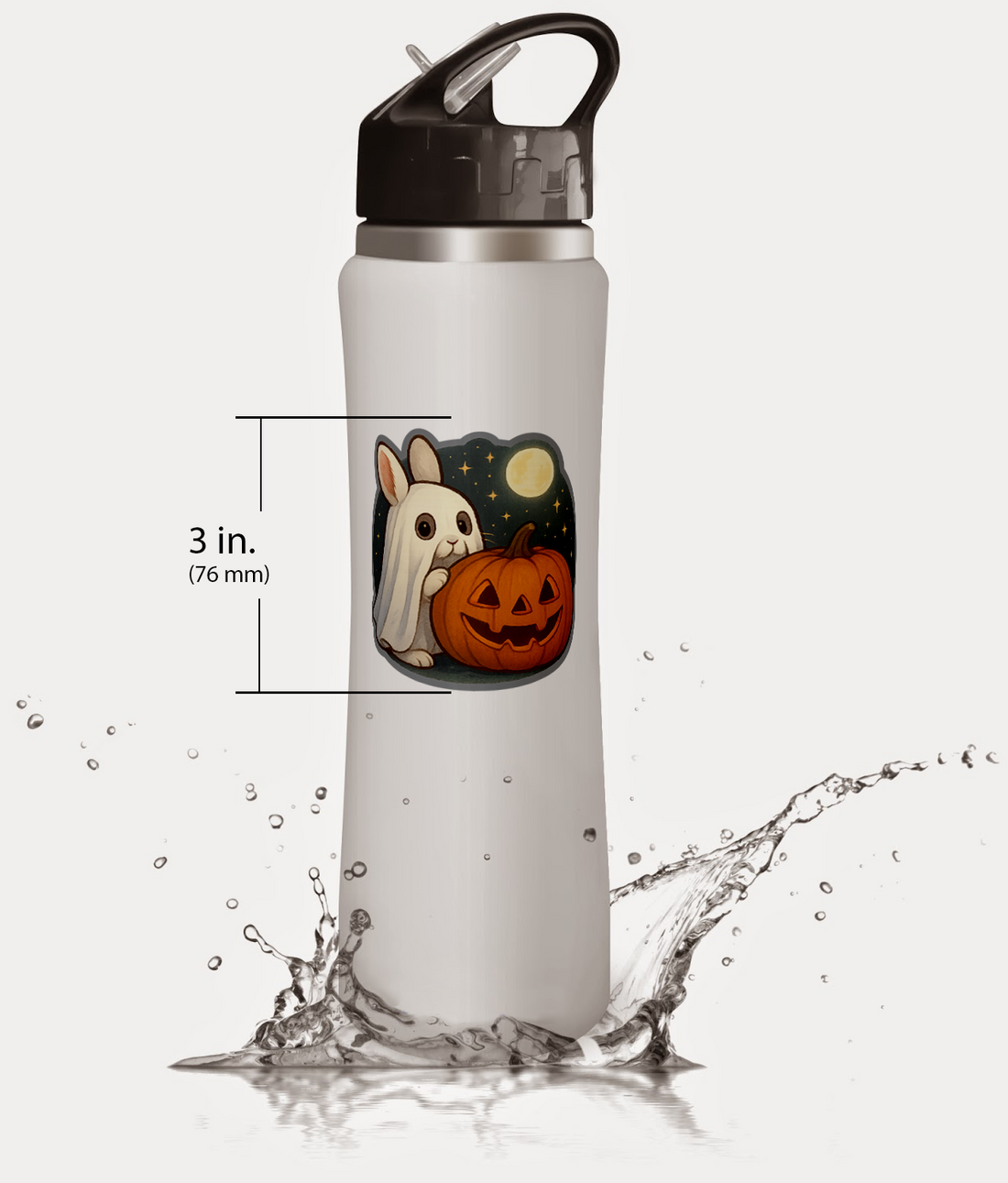
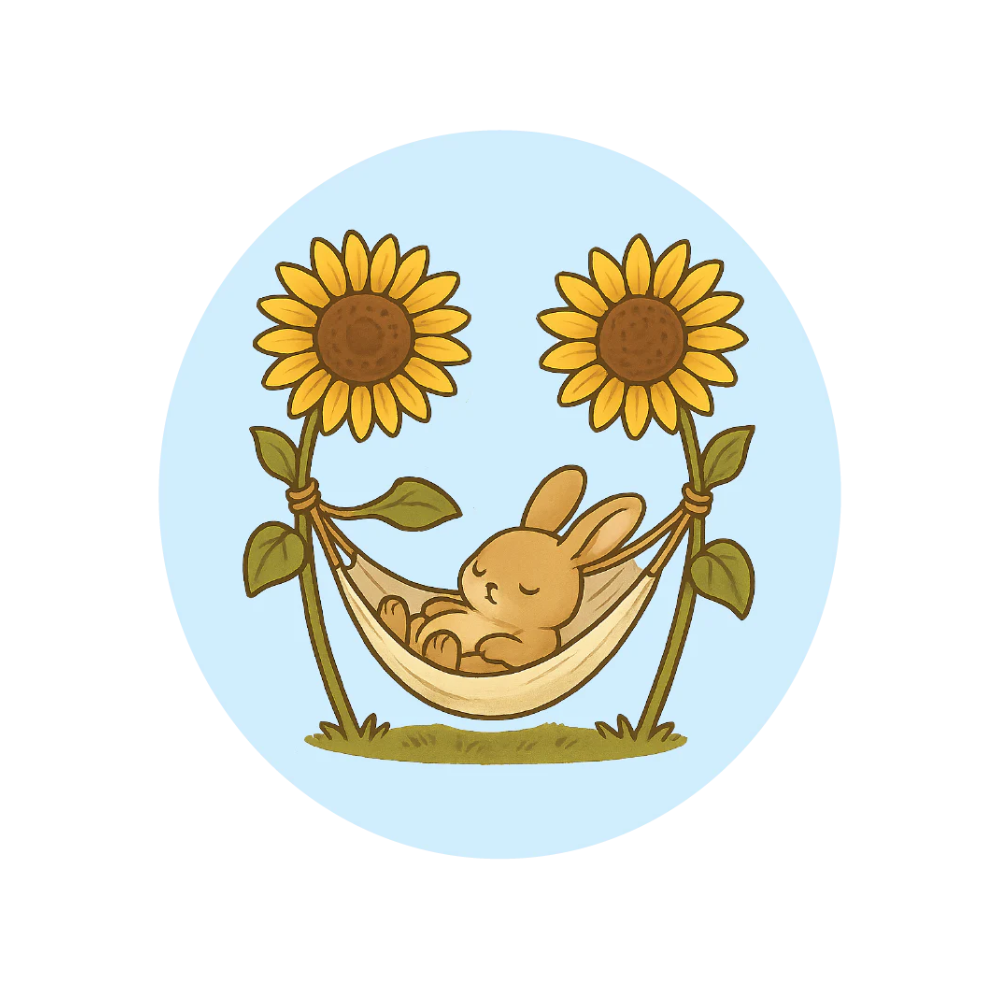

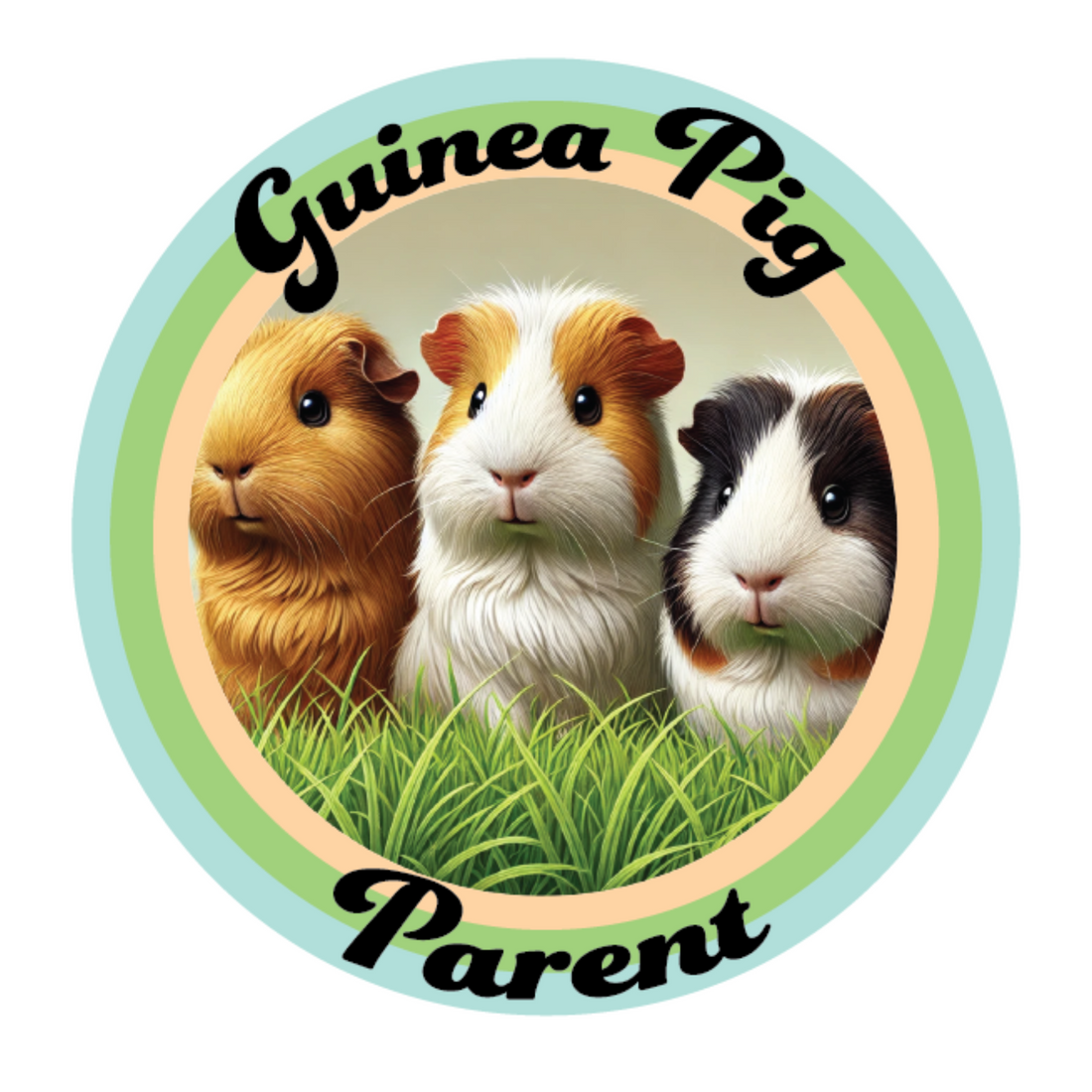


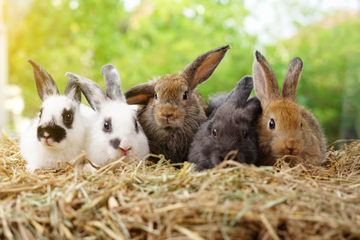
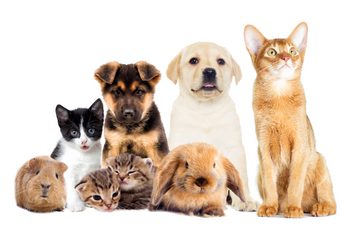
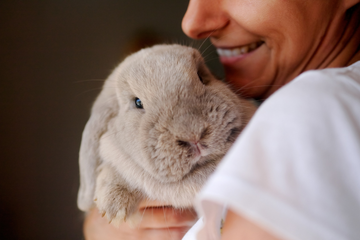
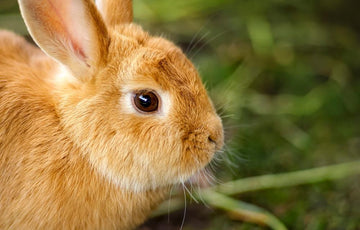


Comments